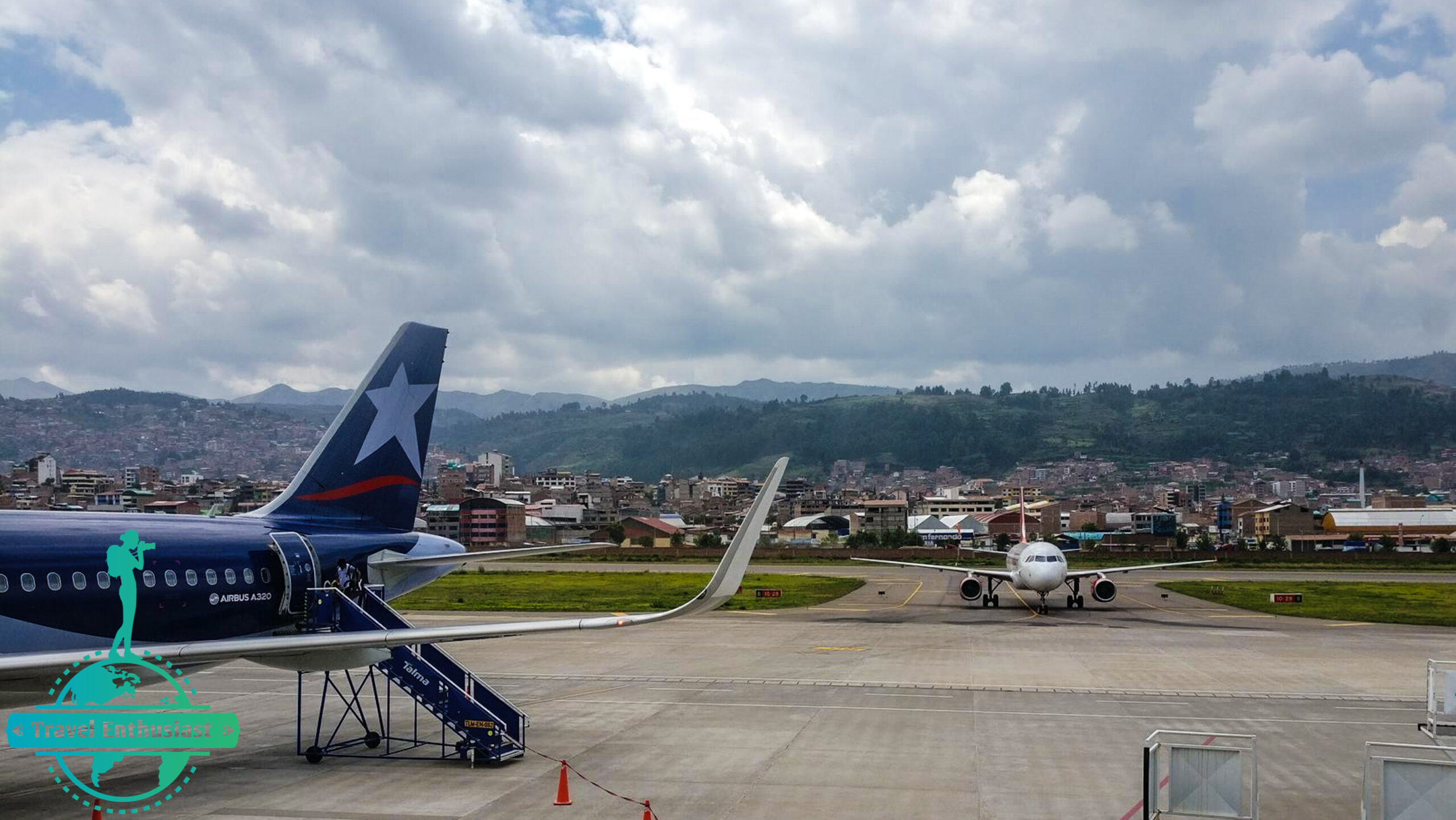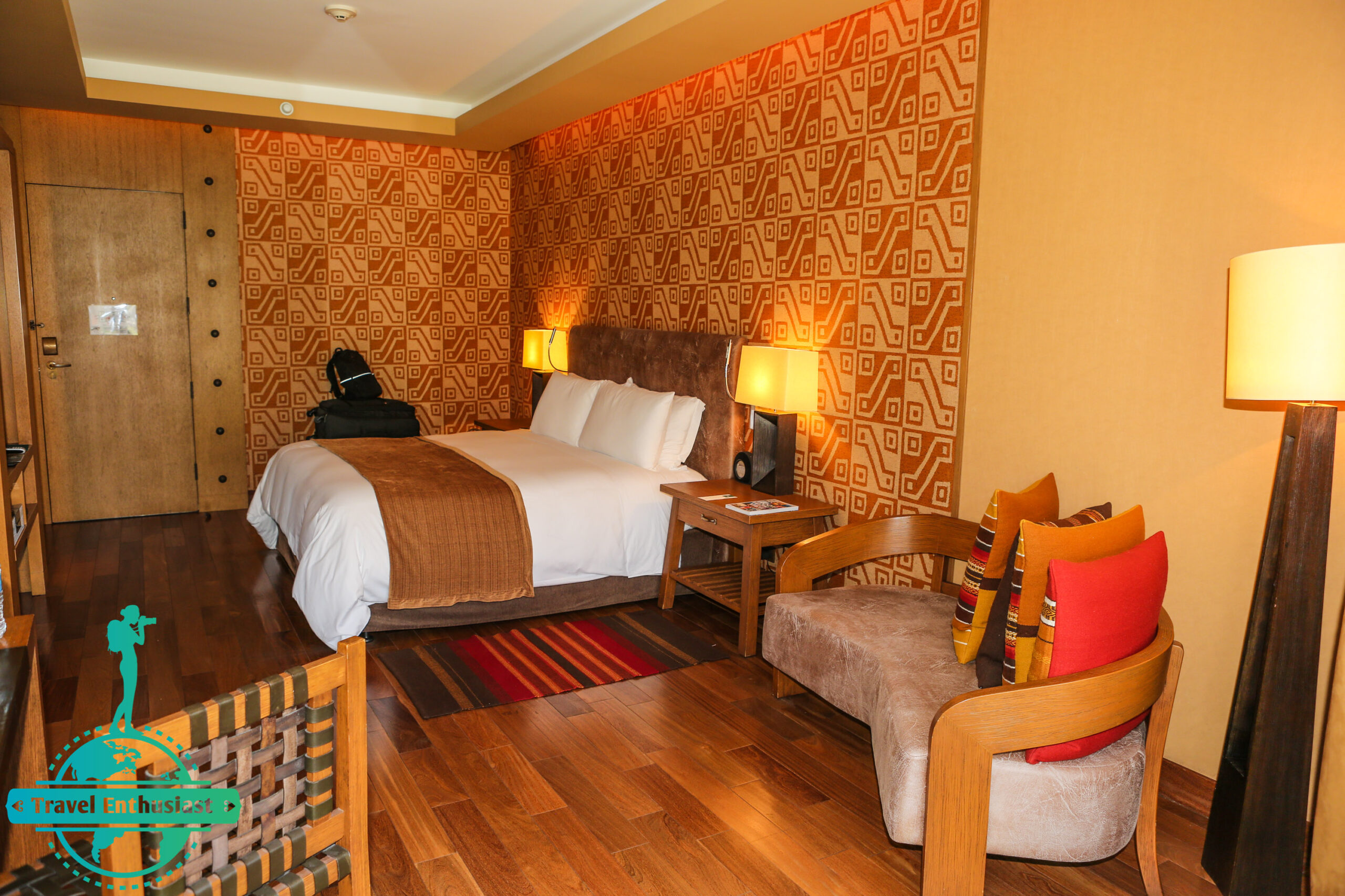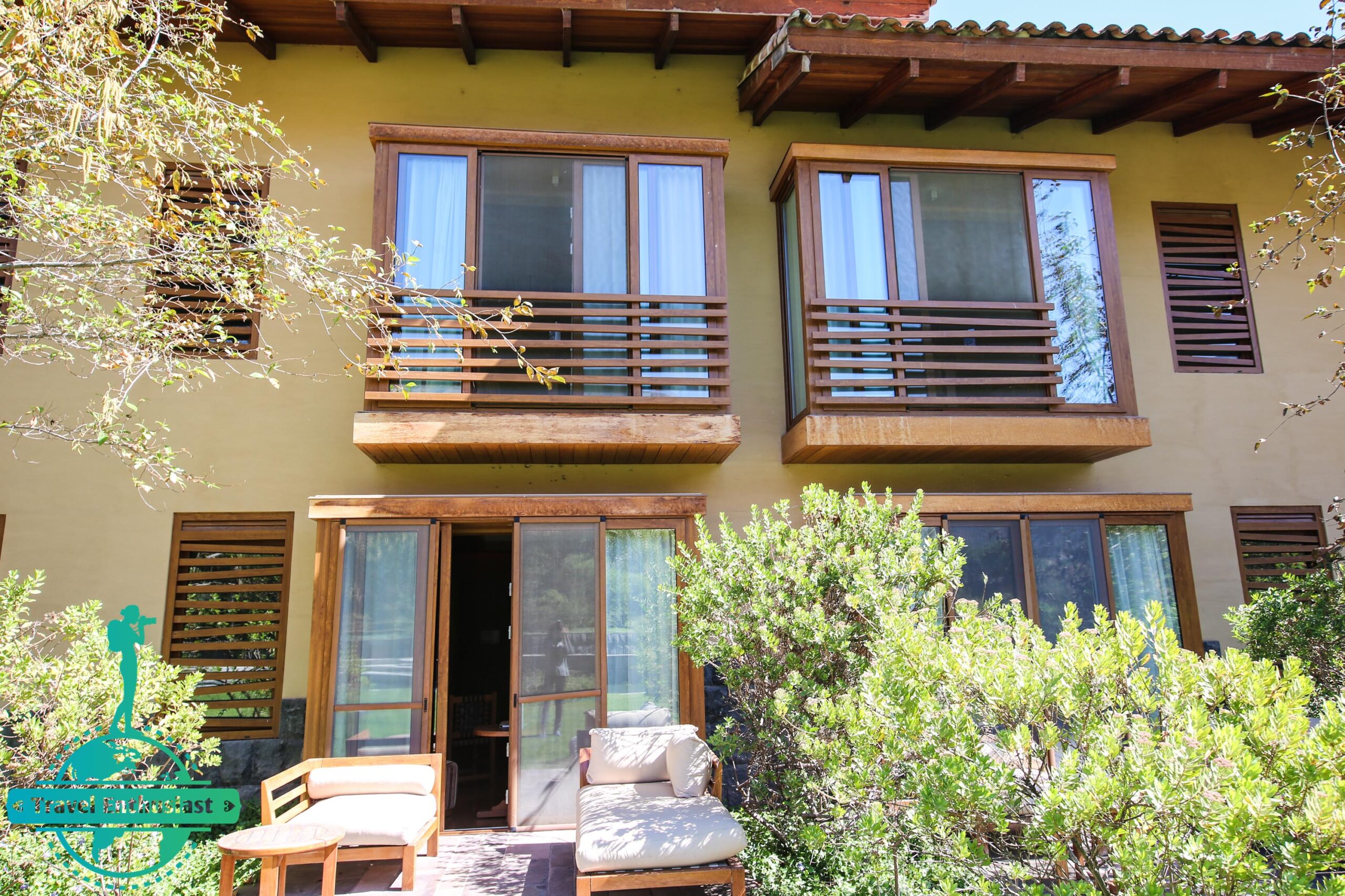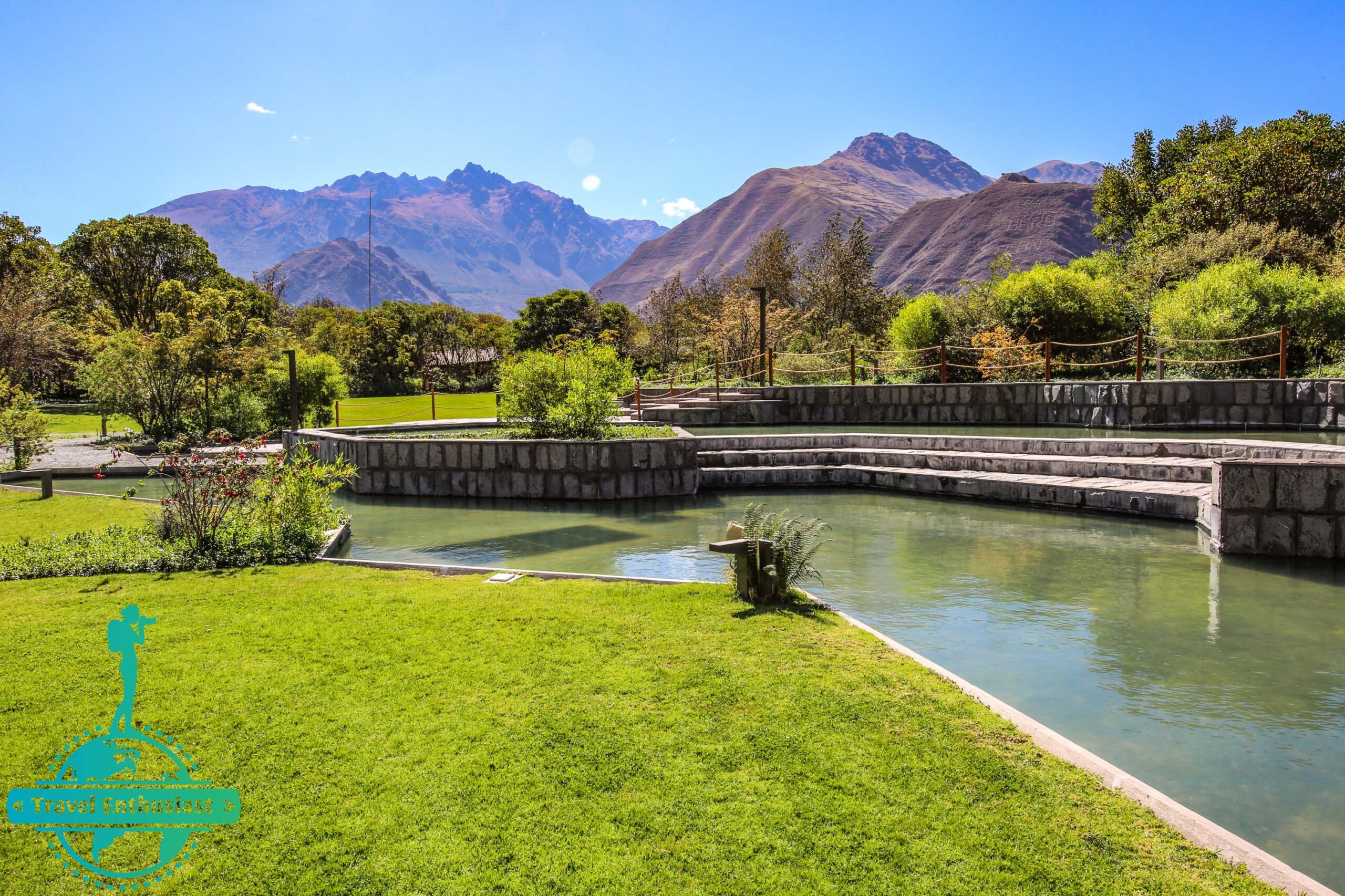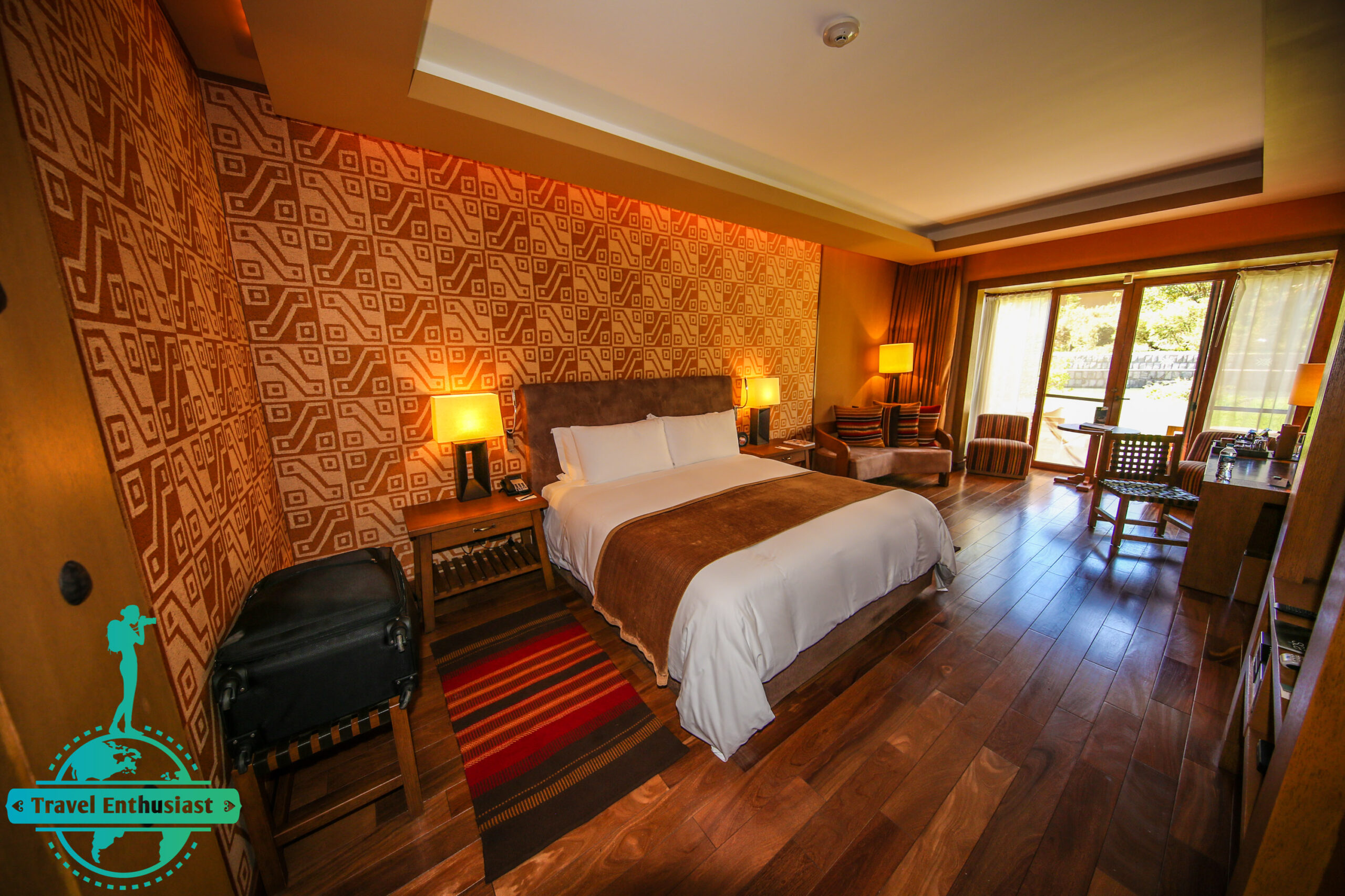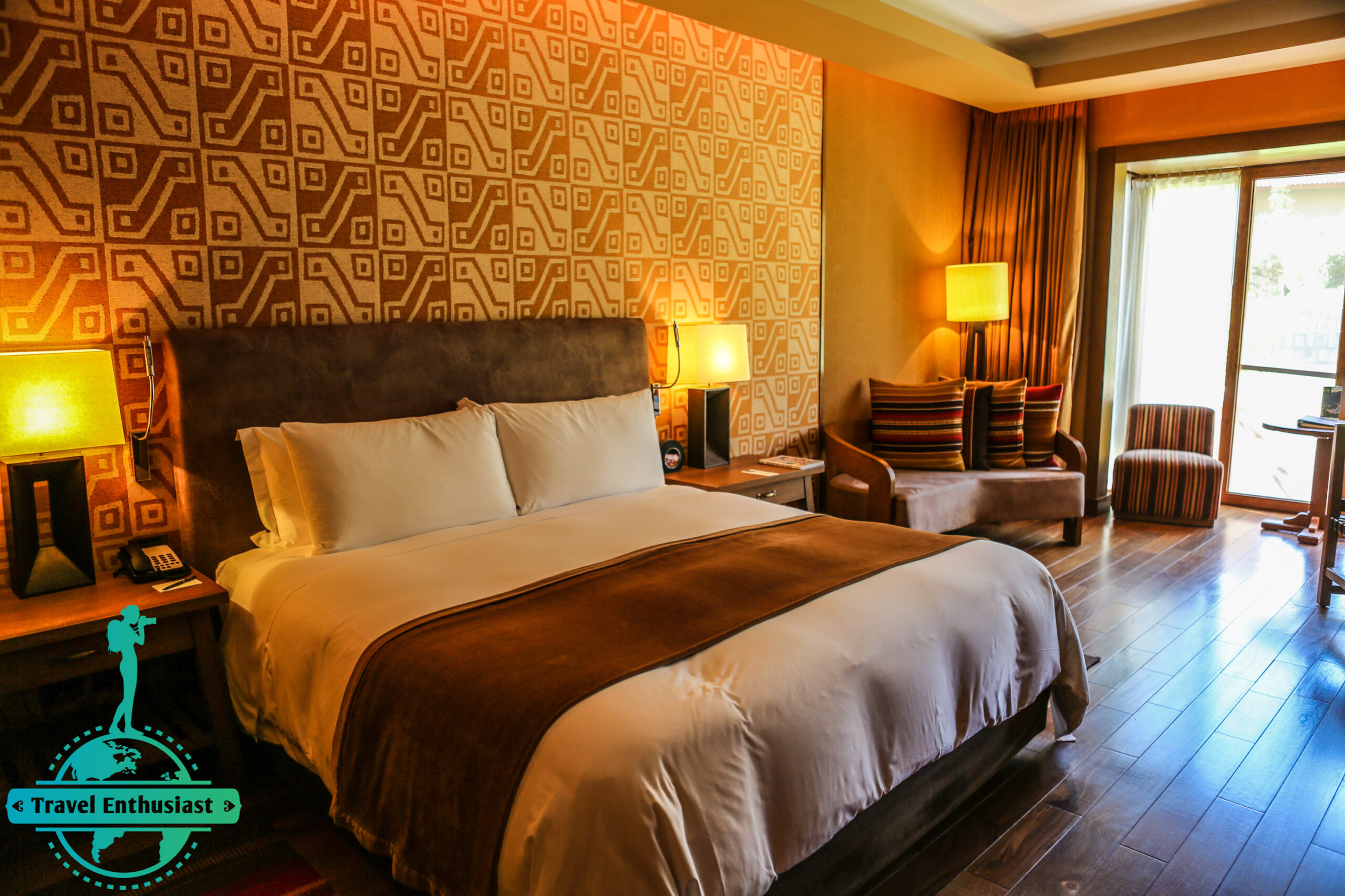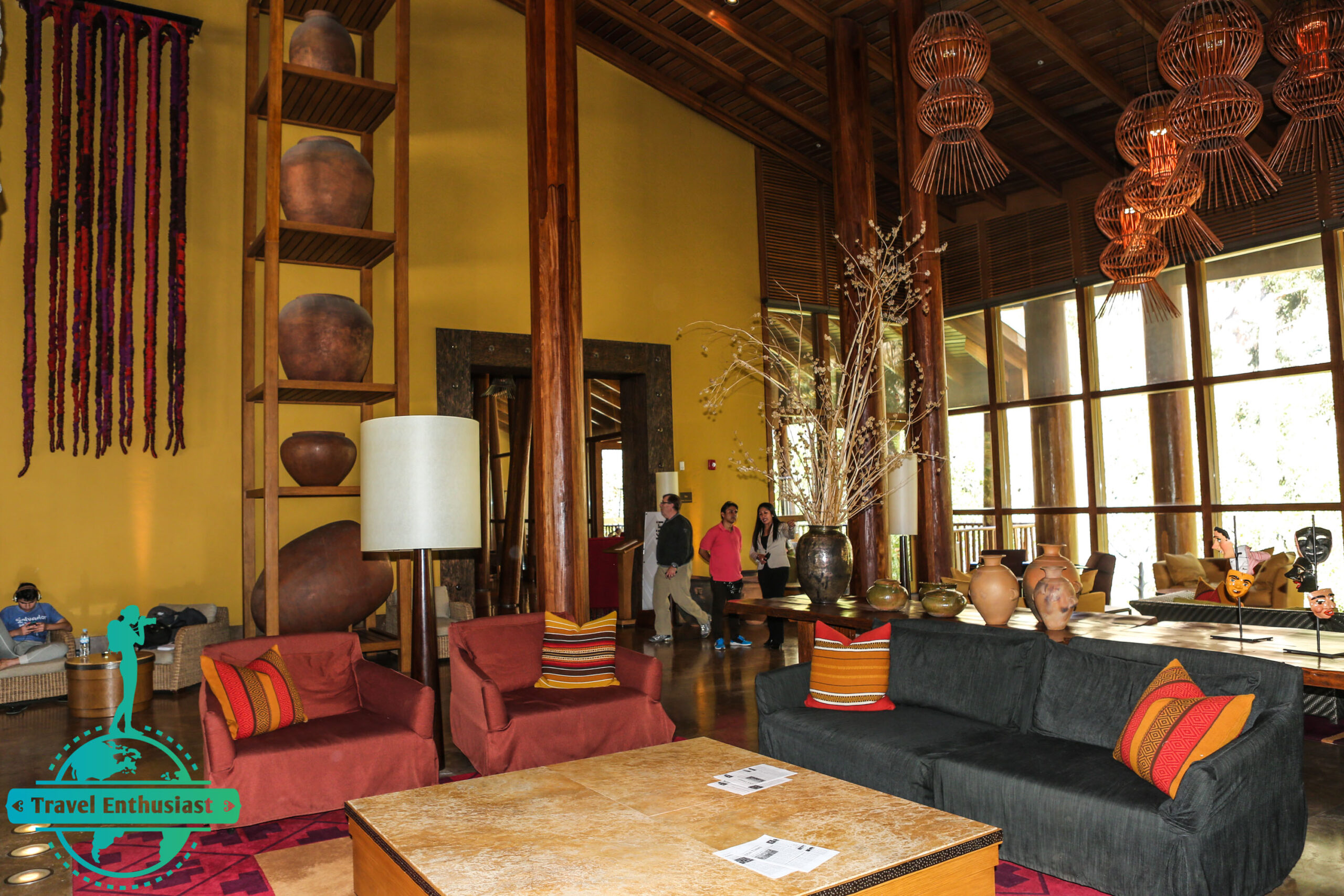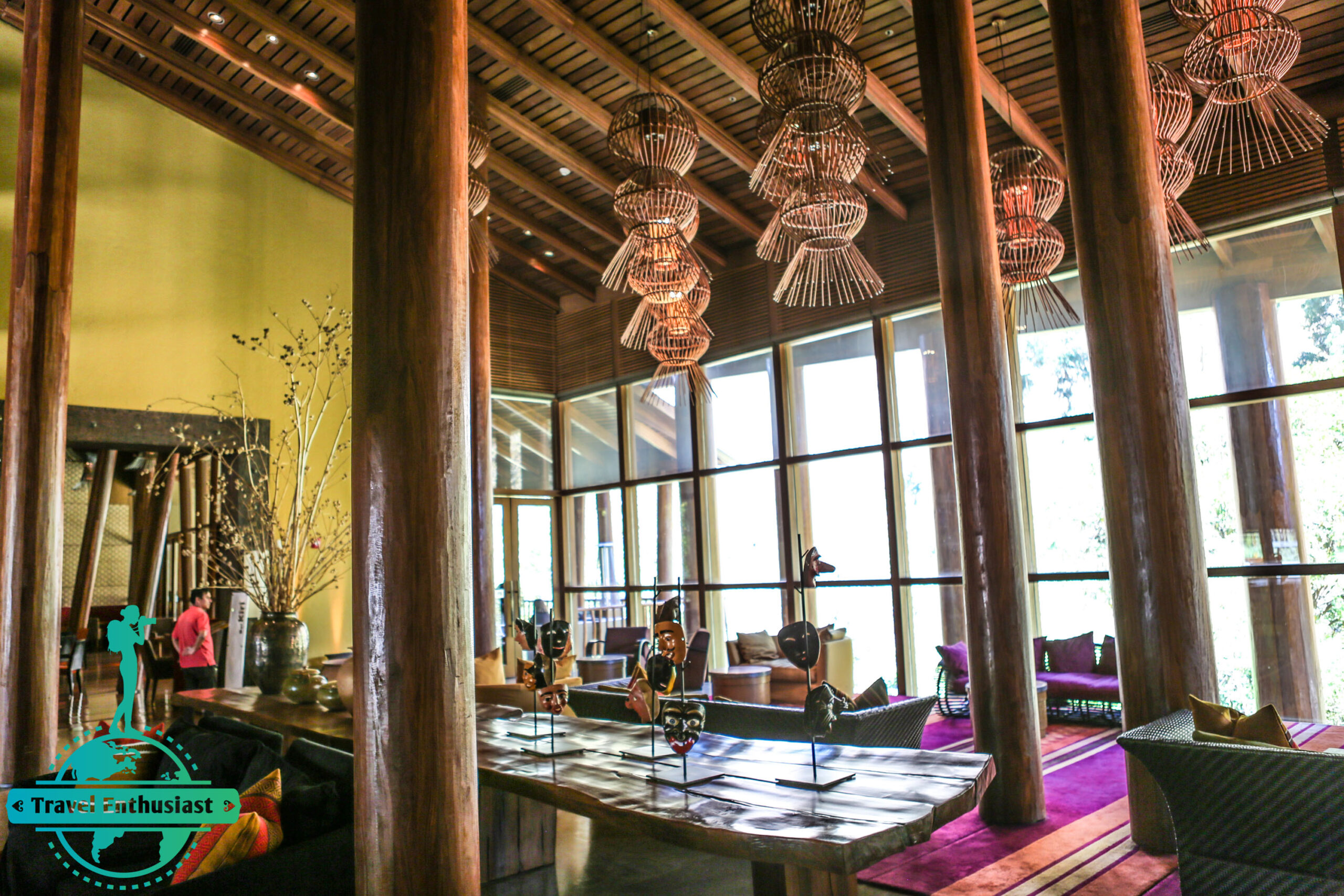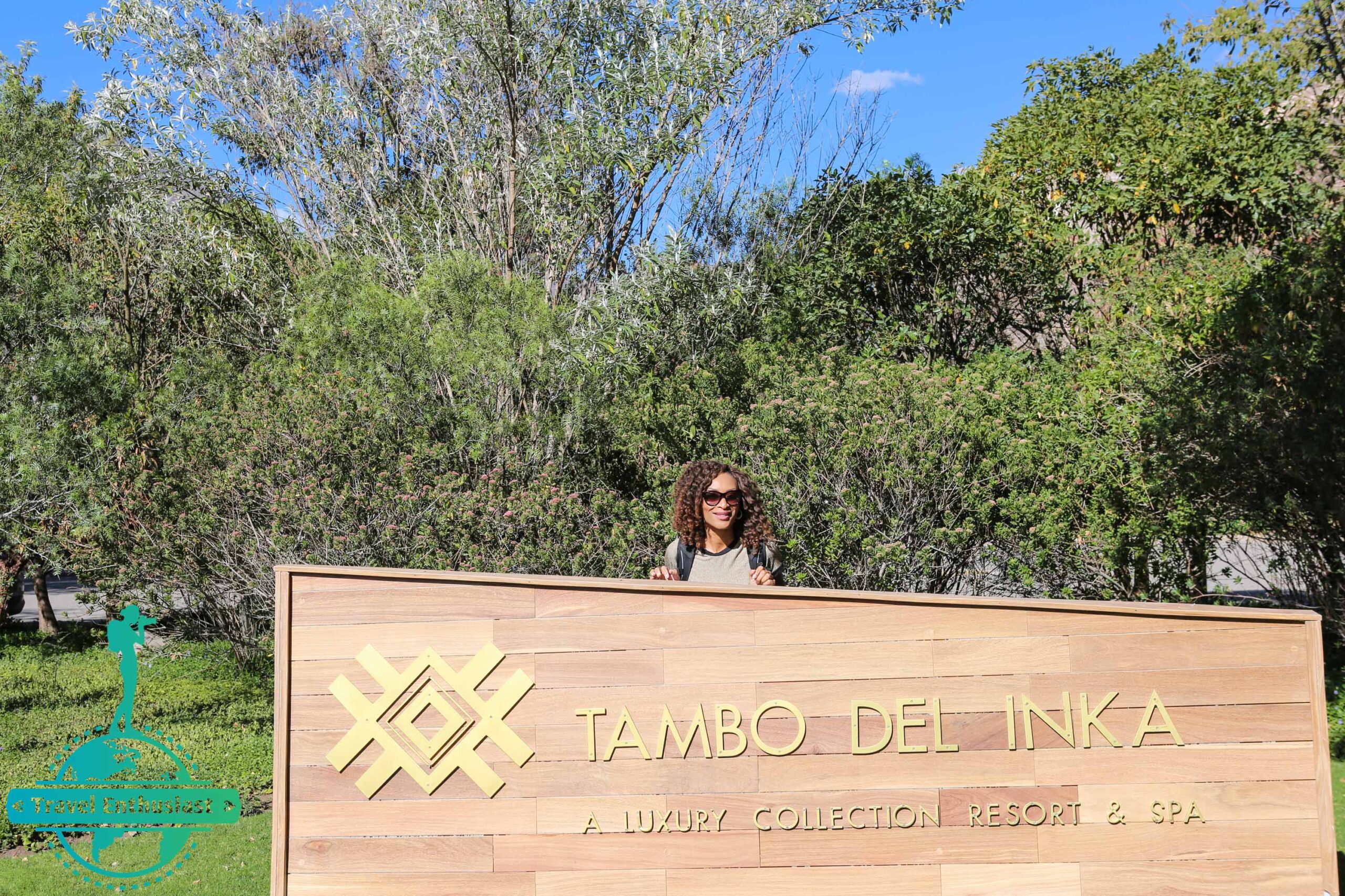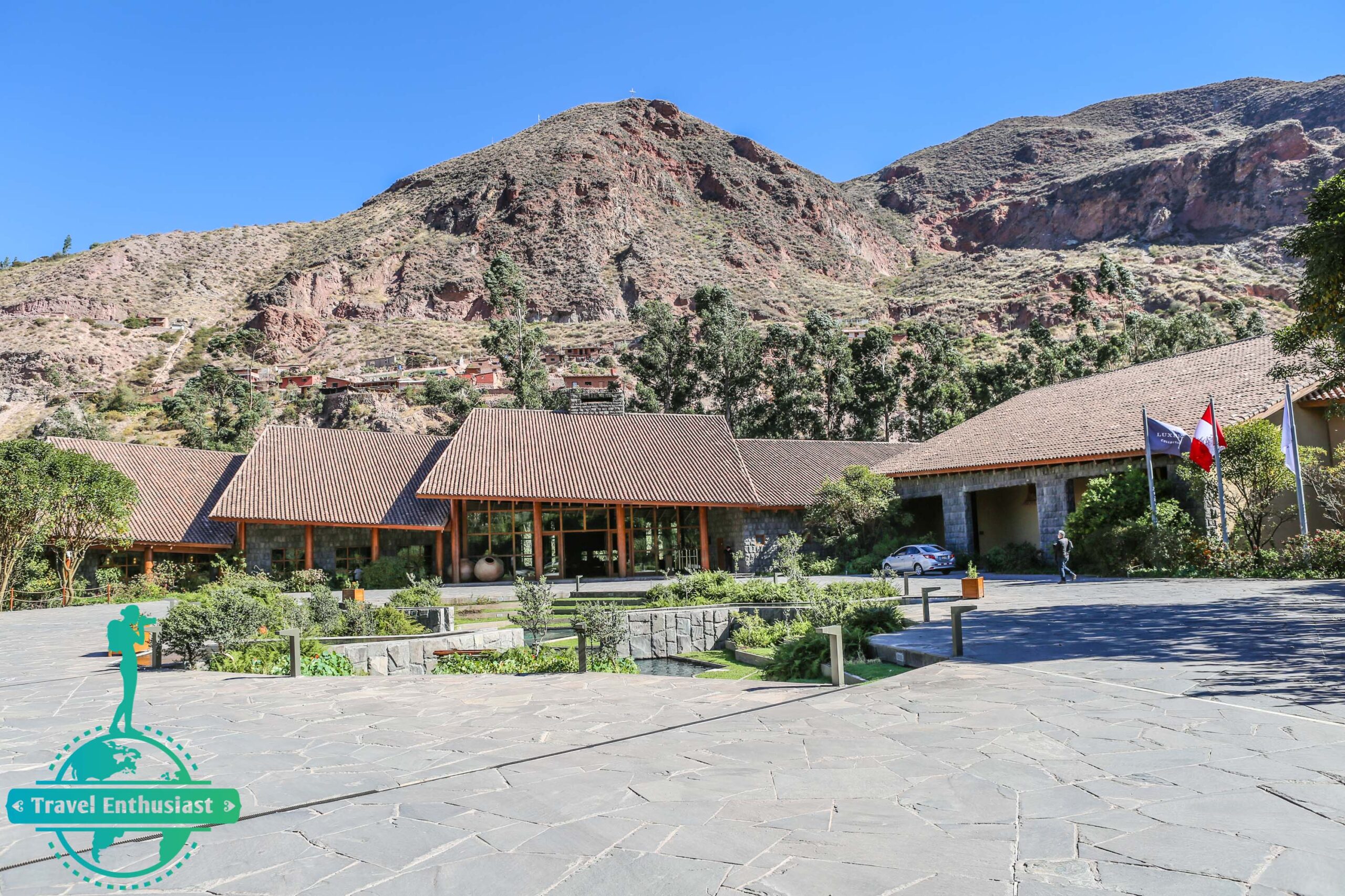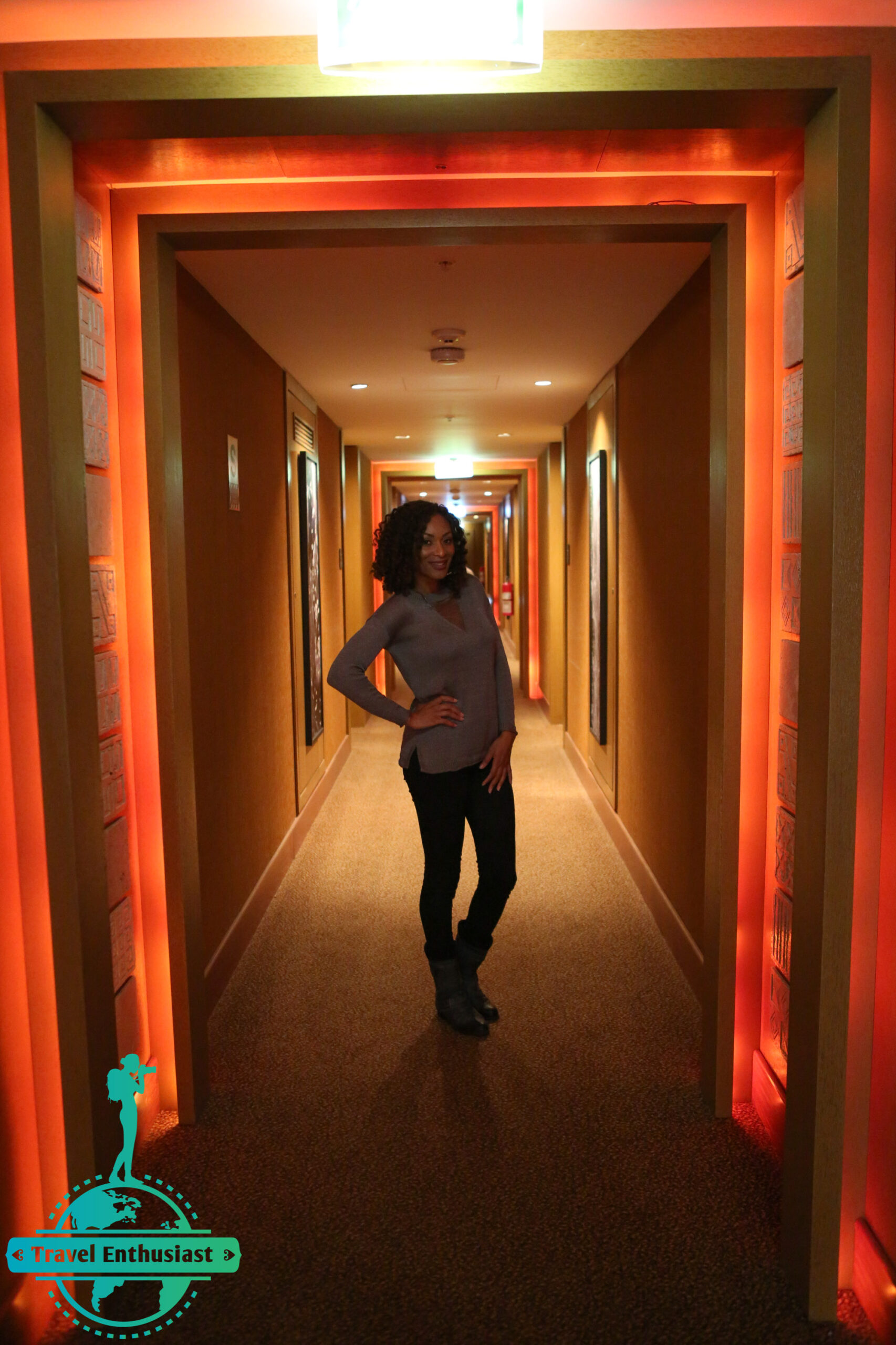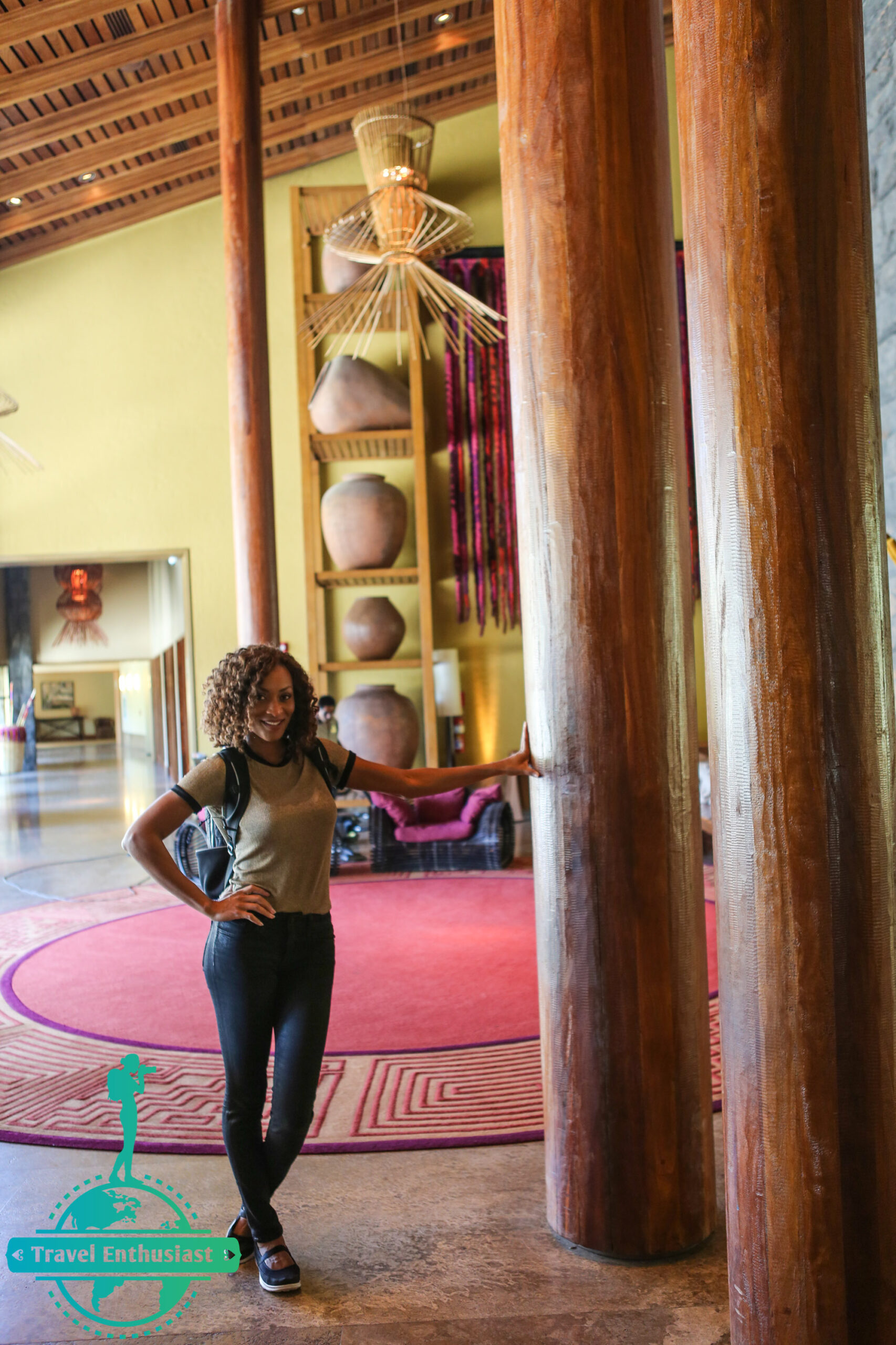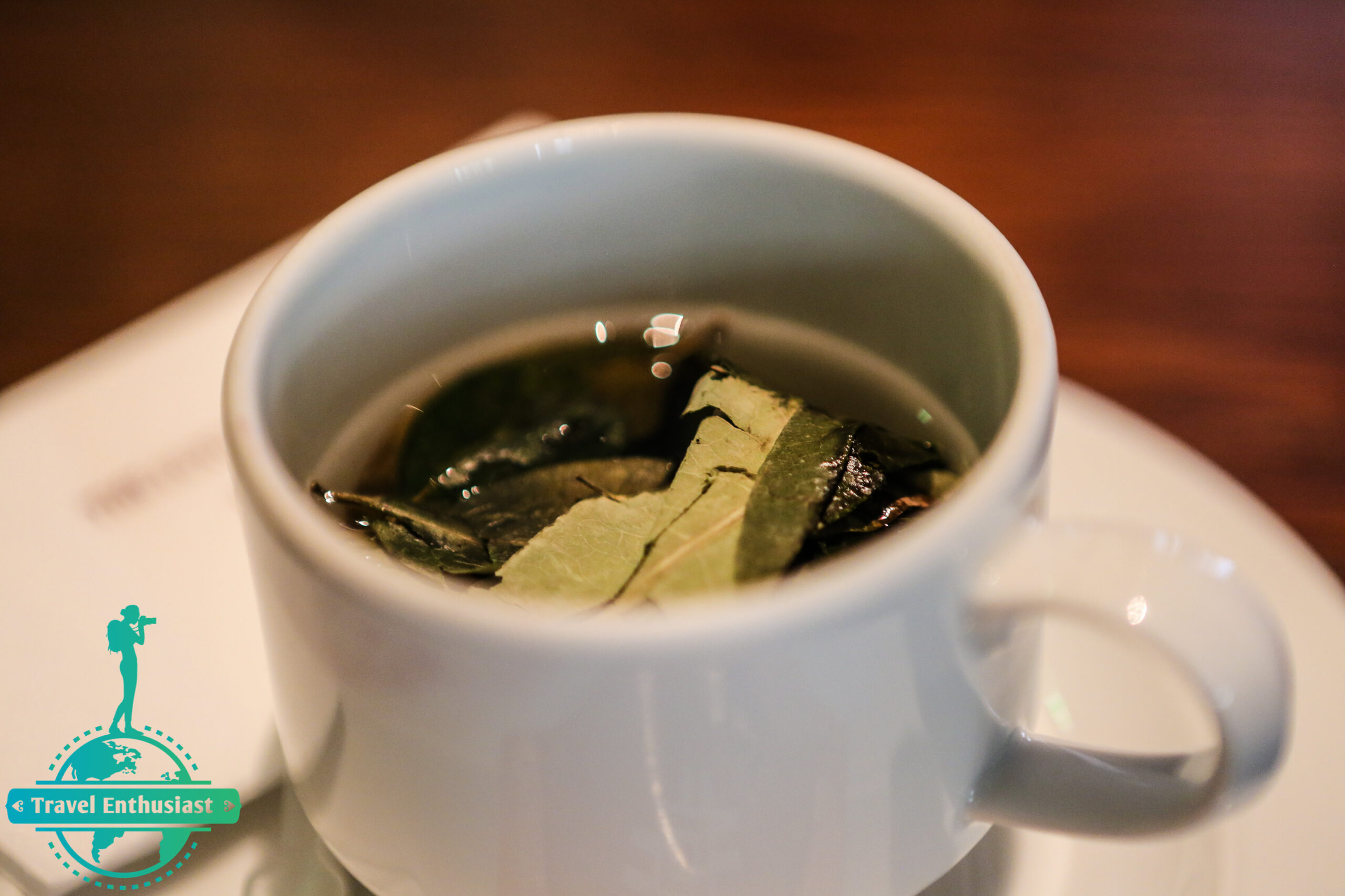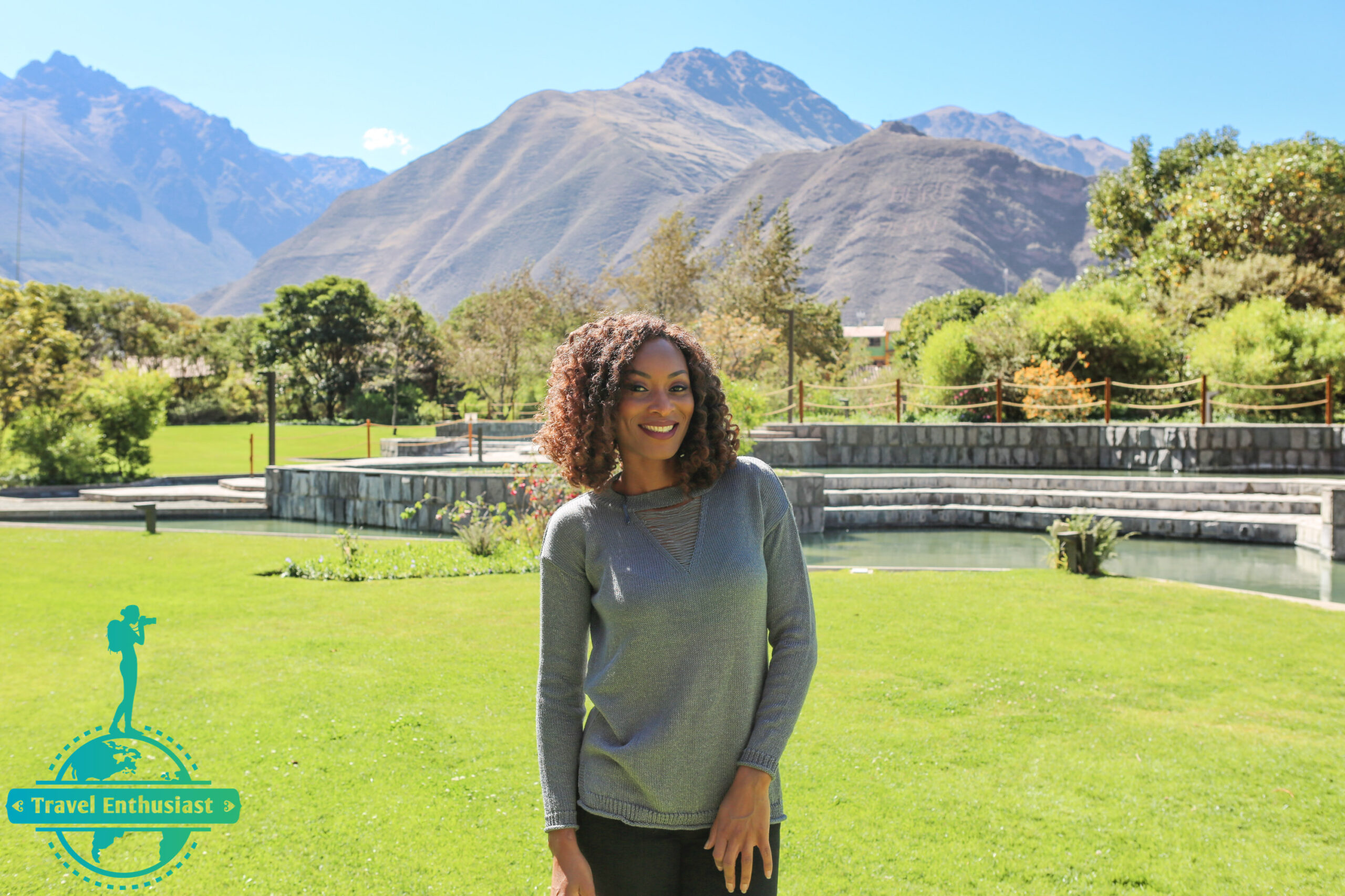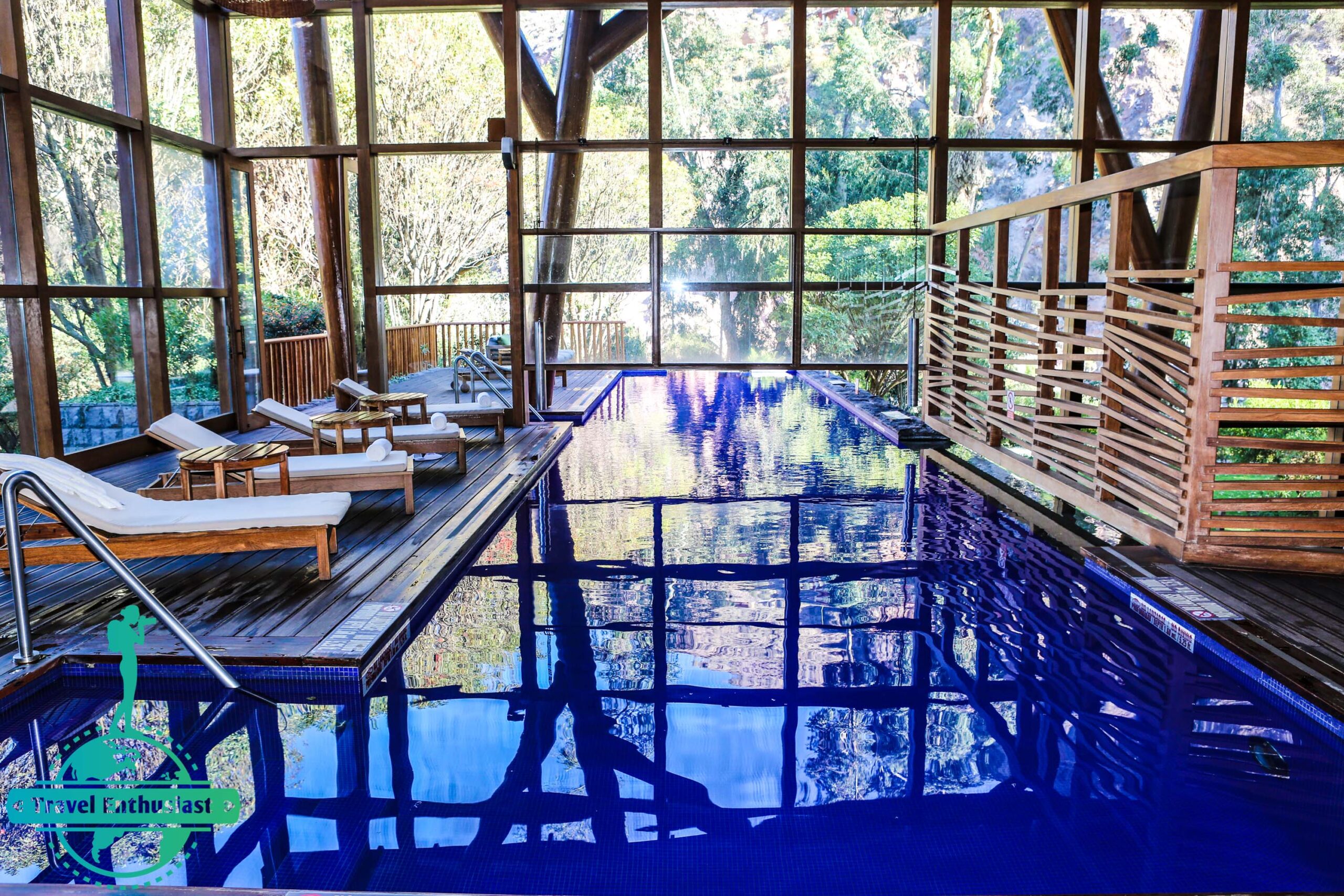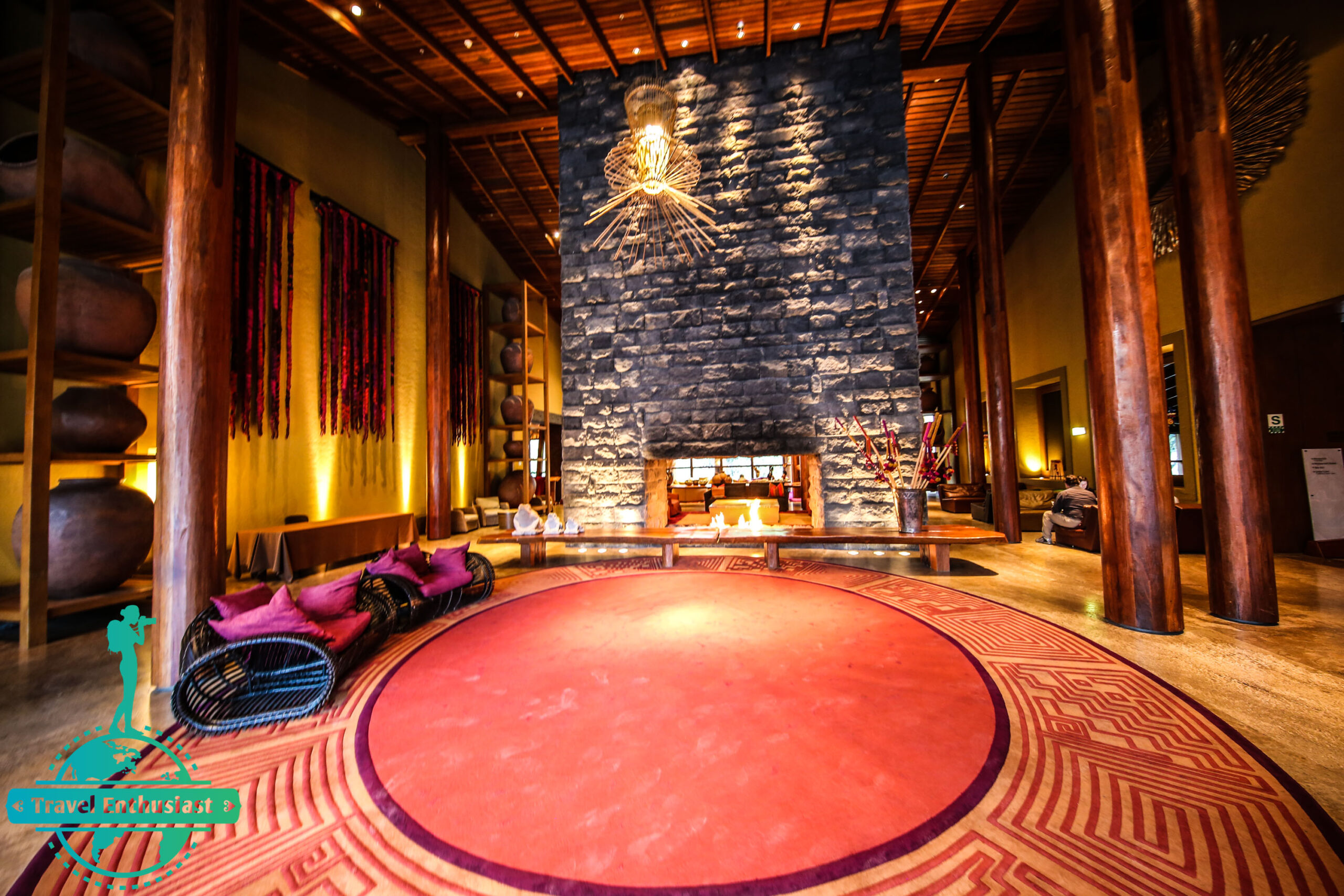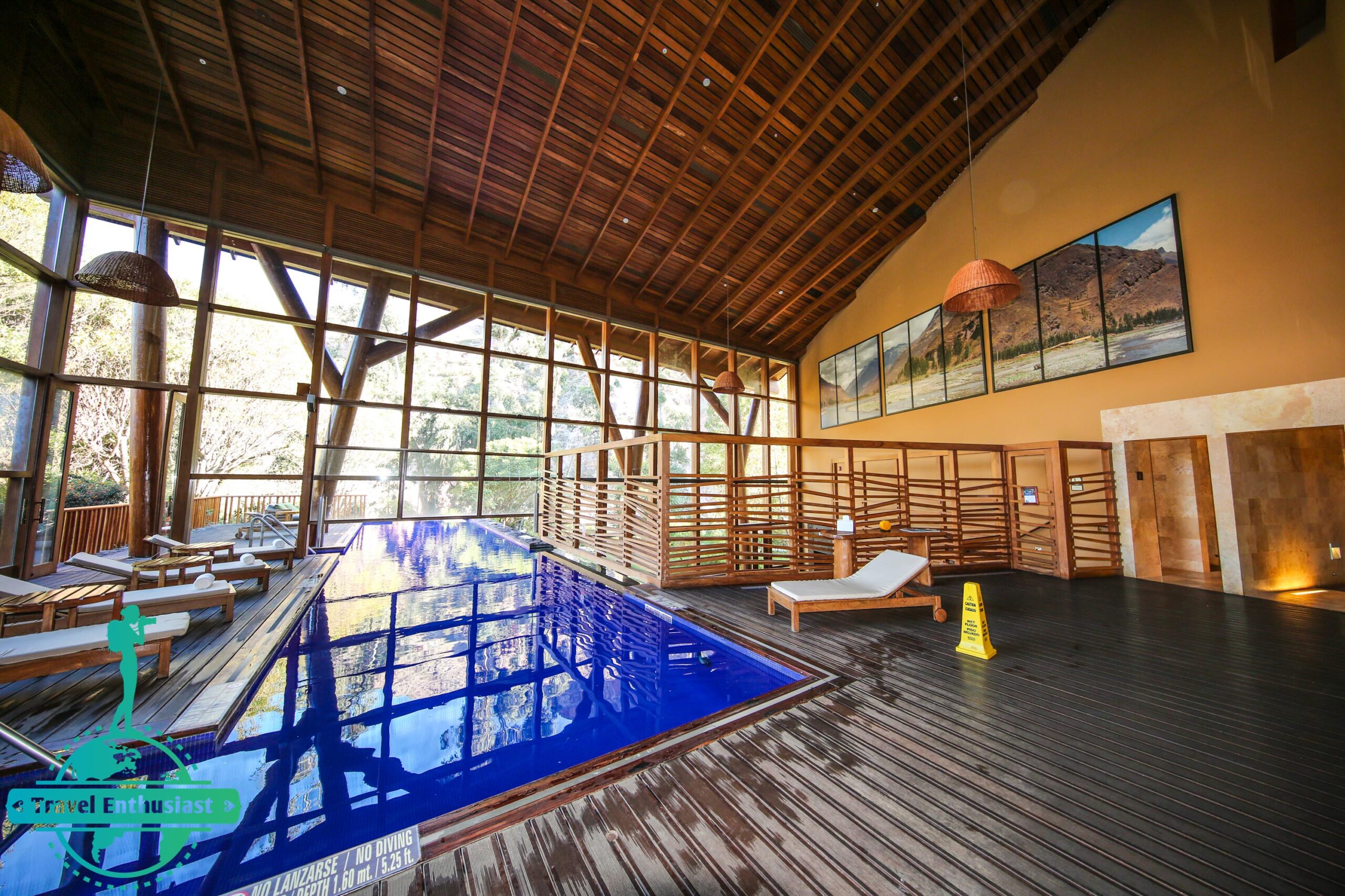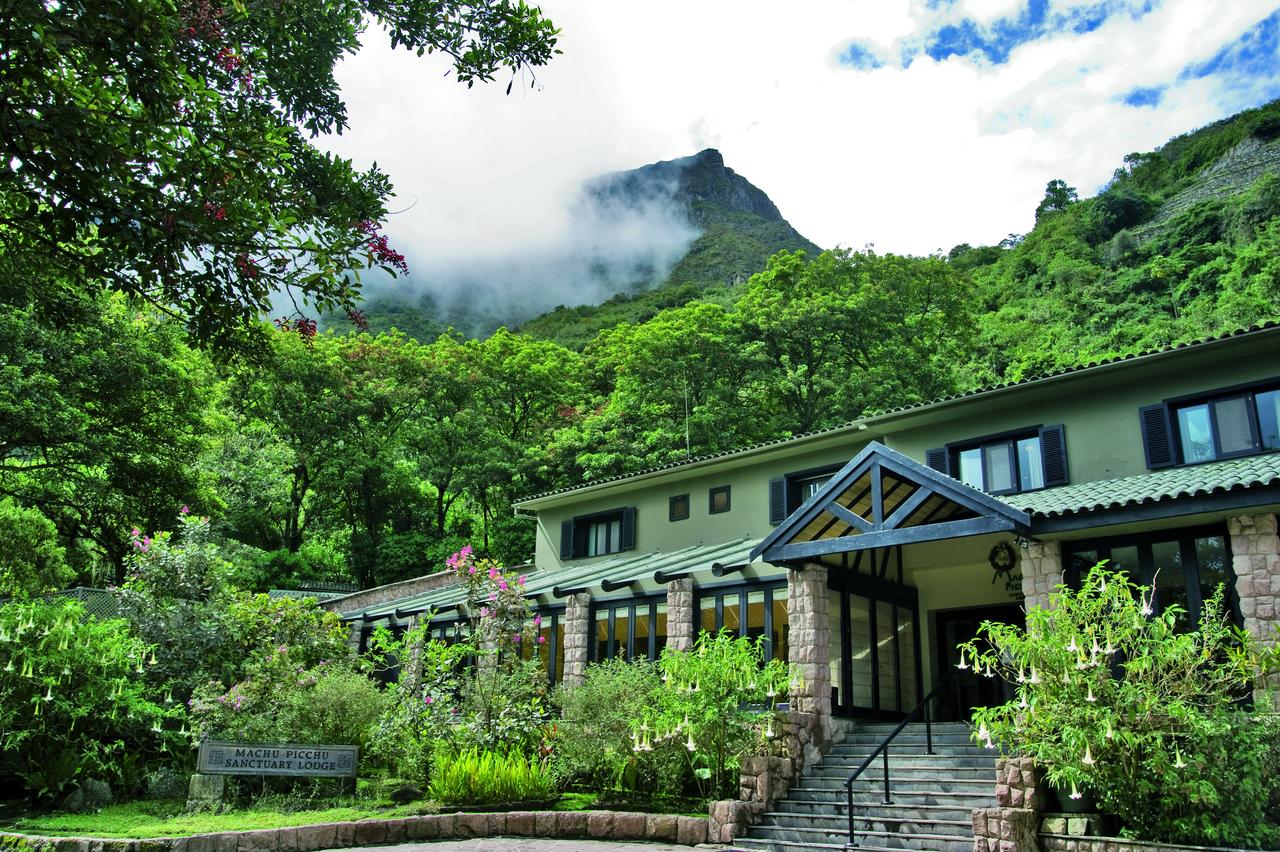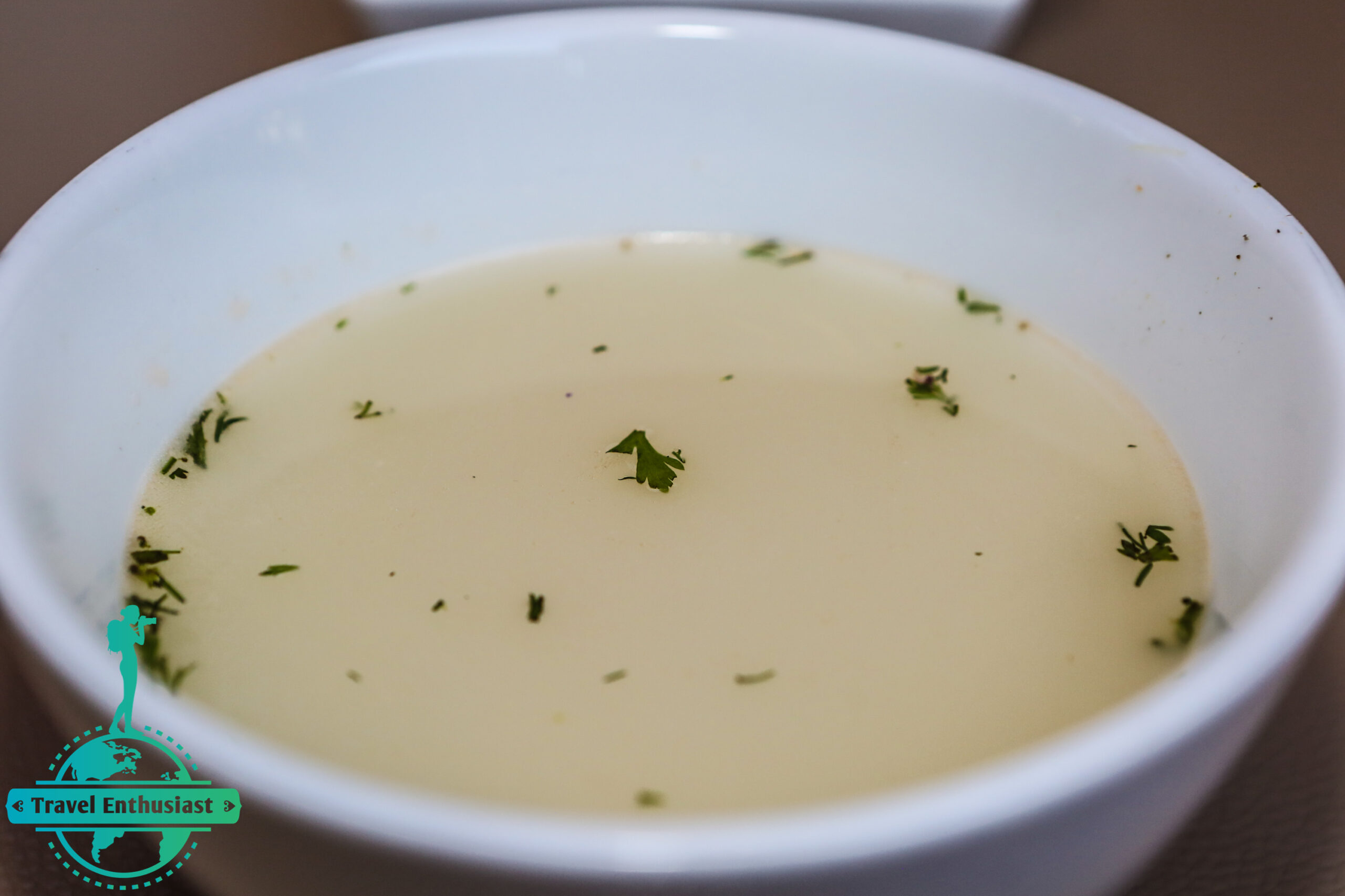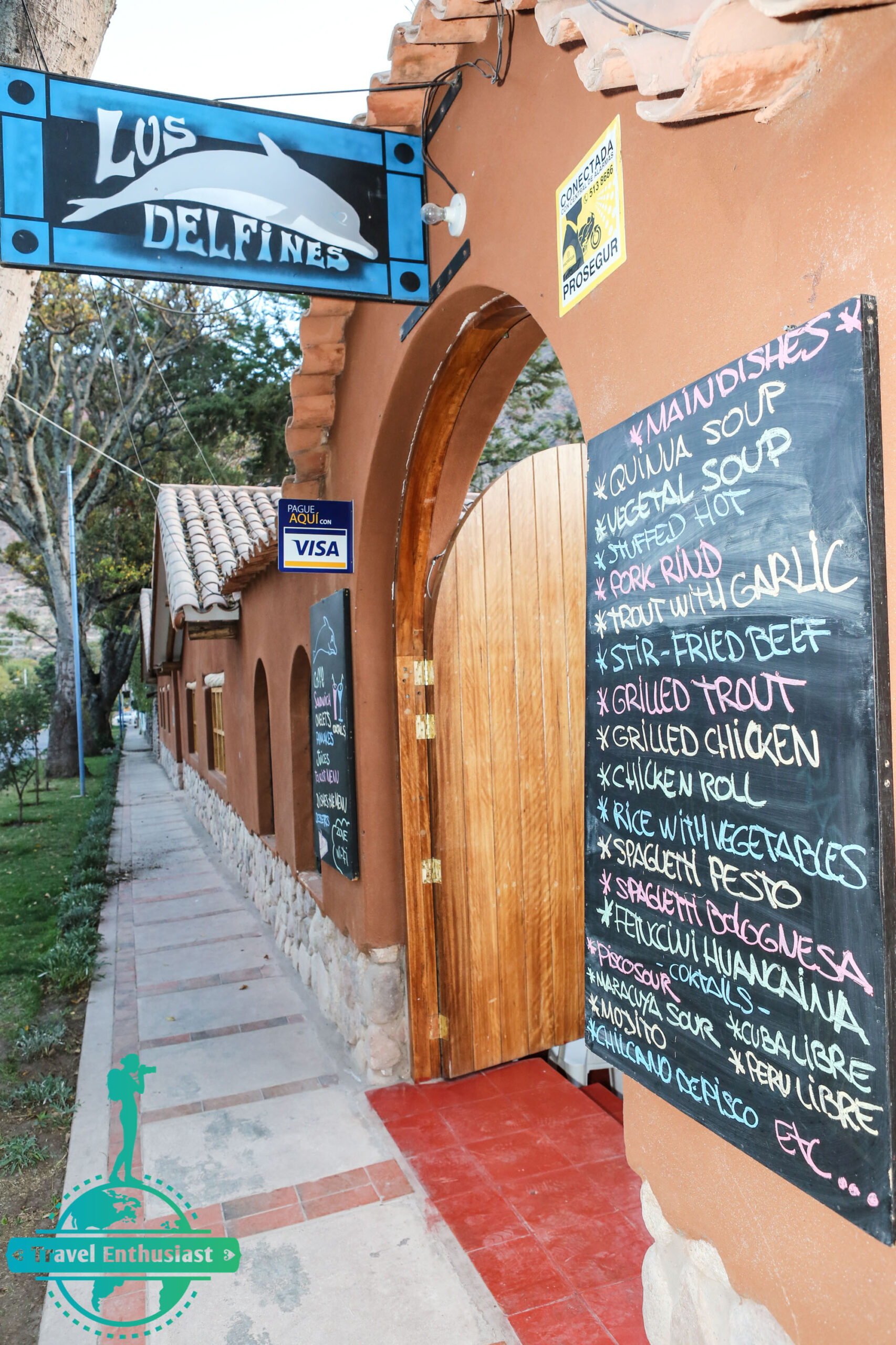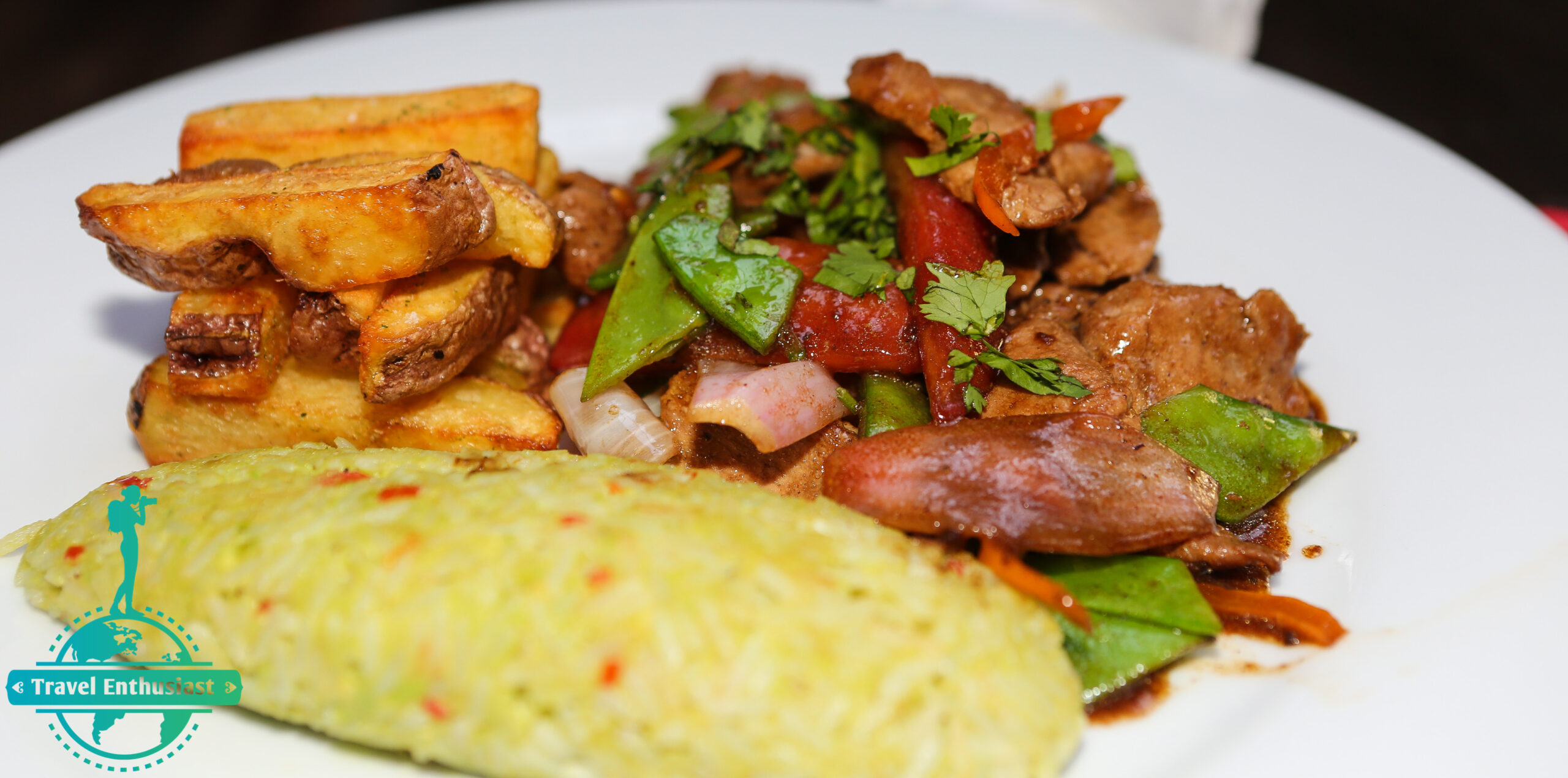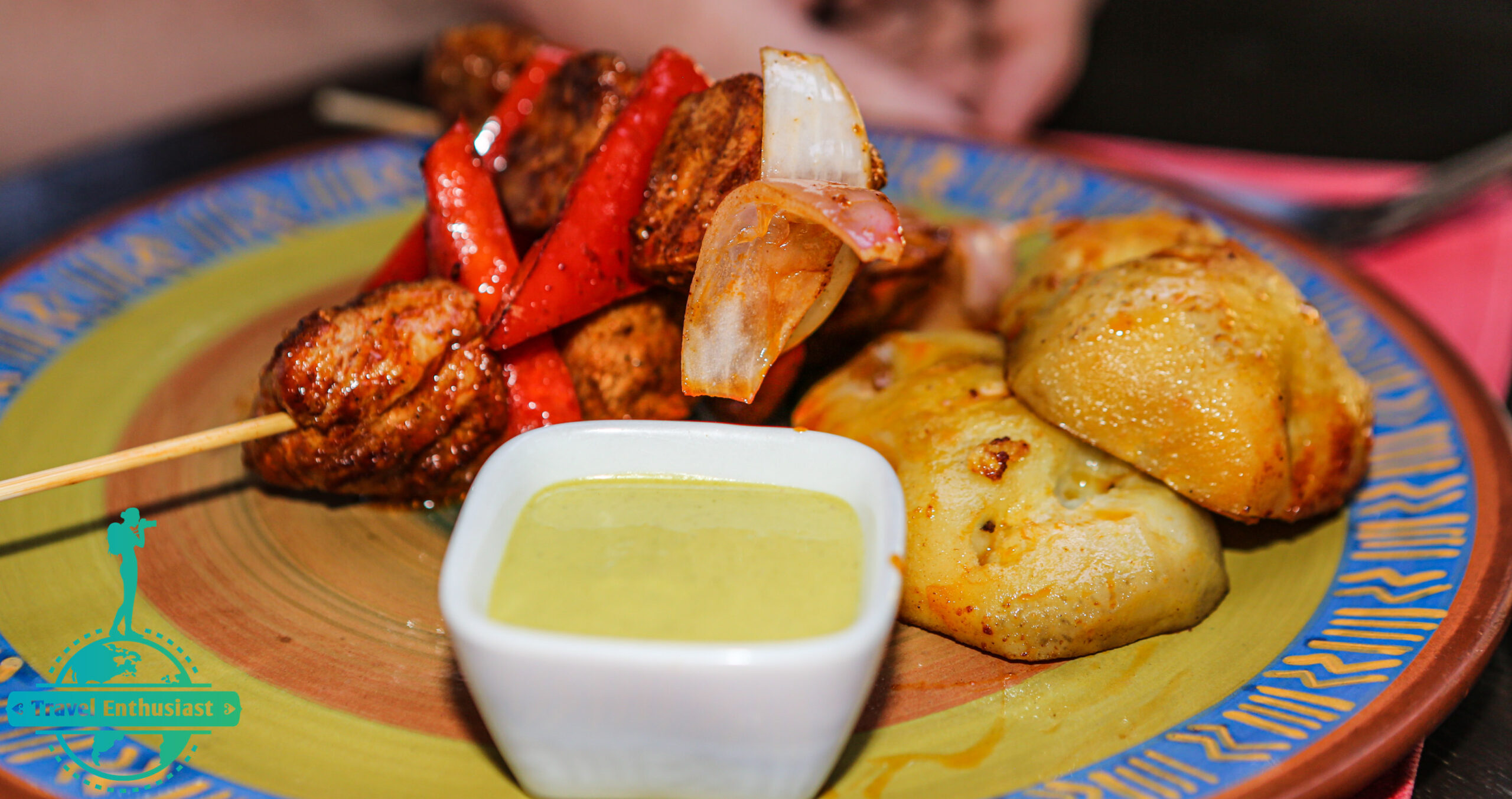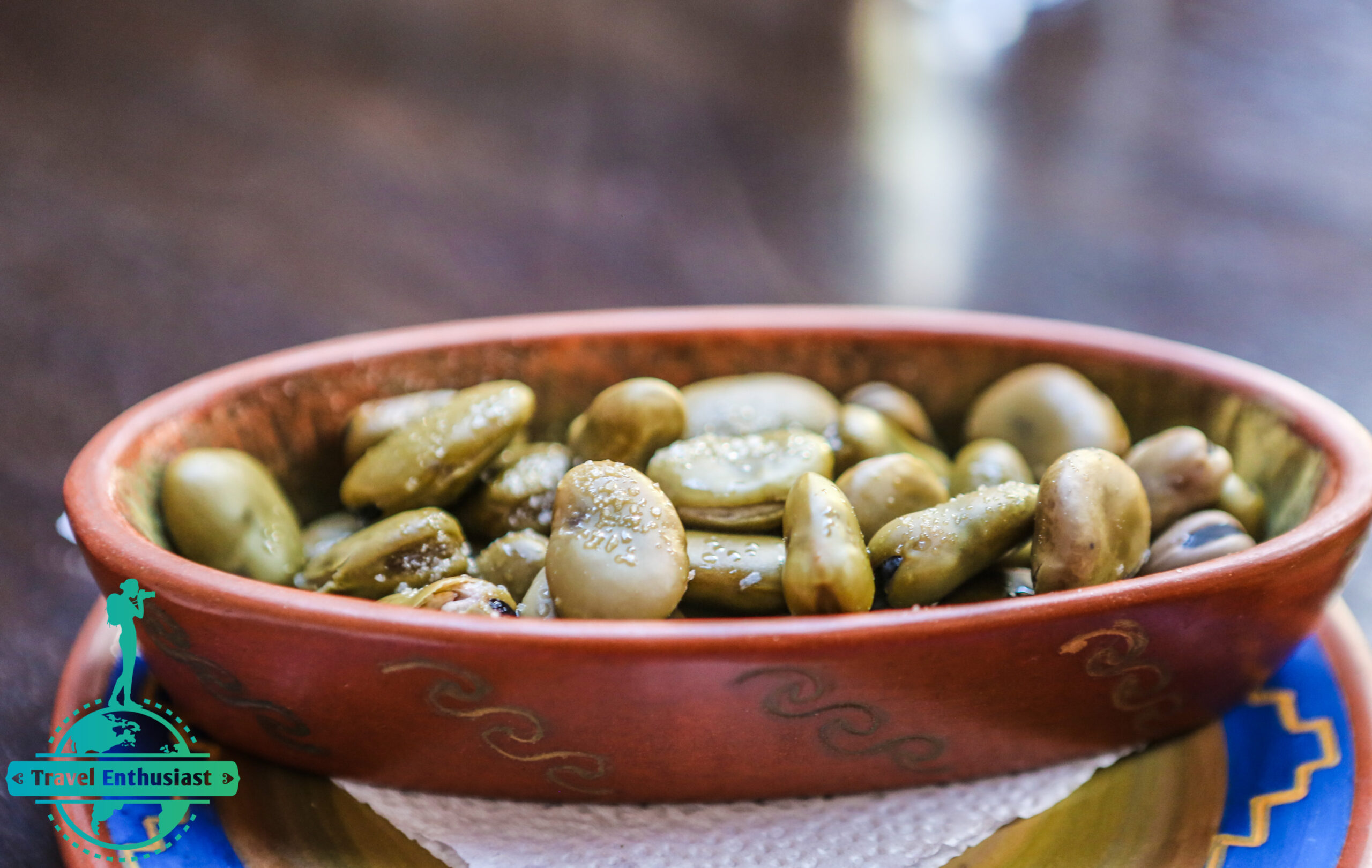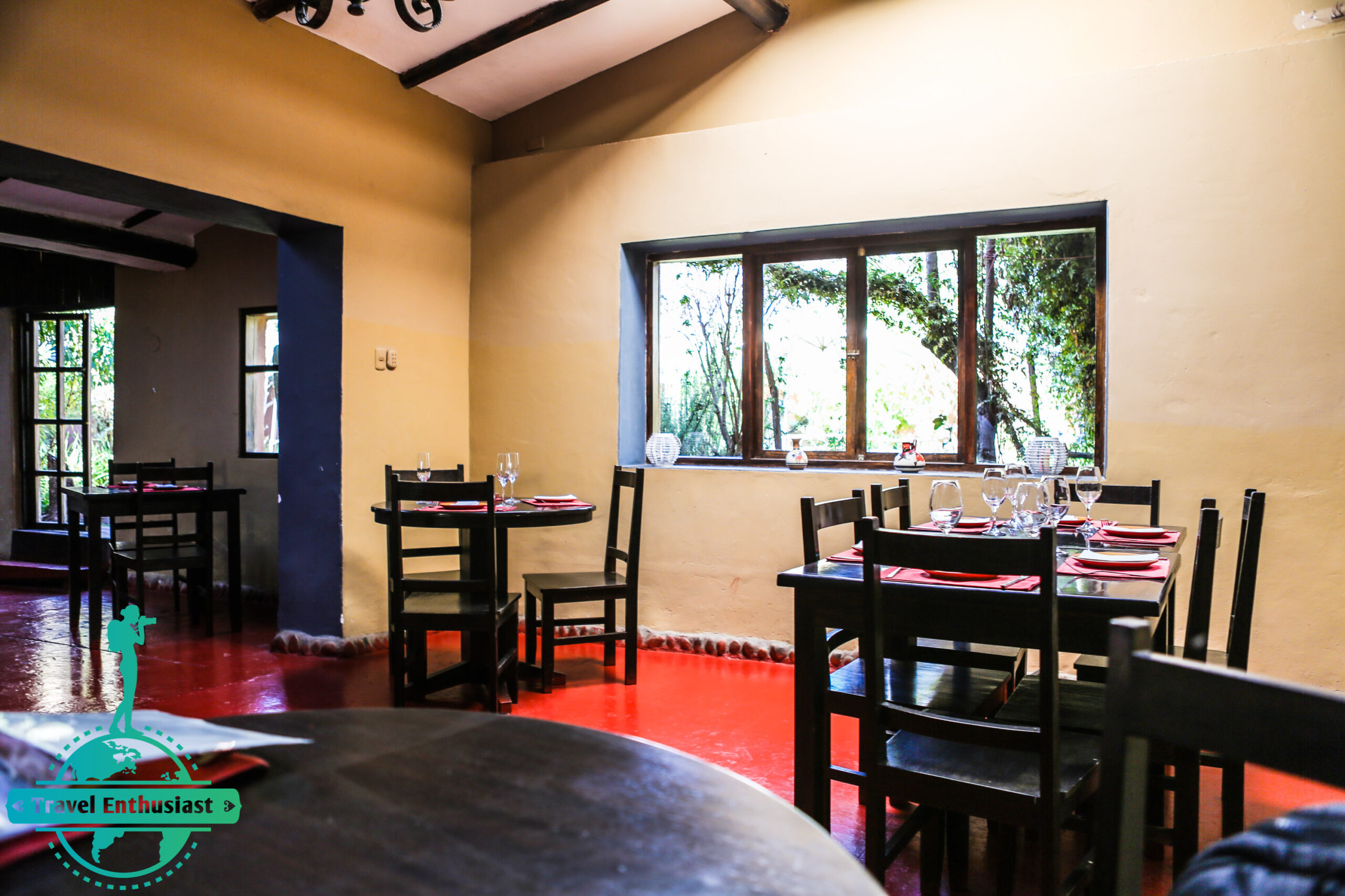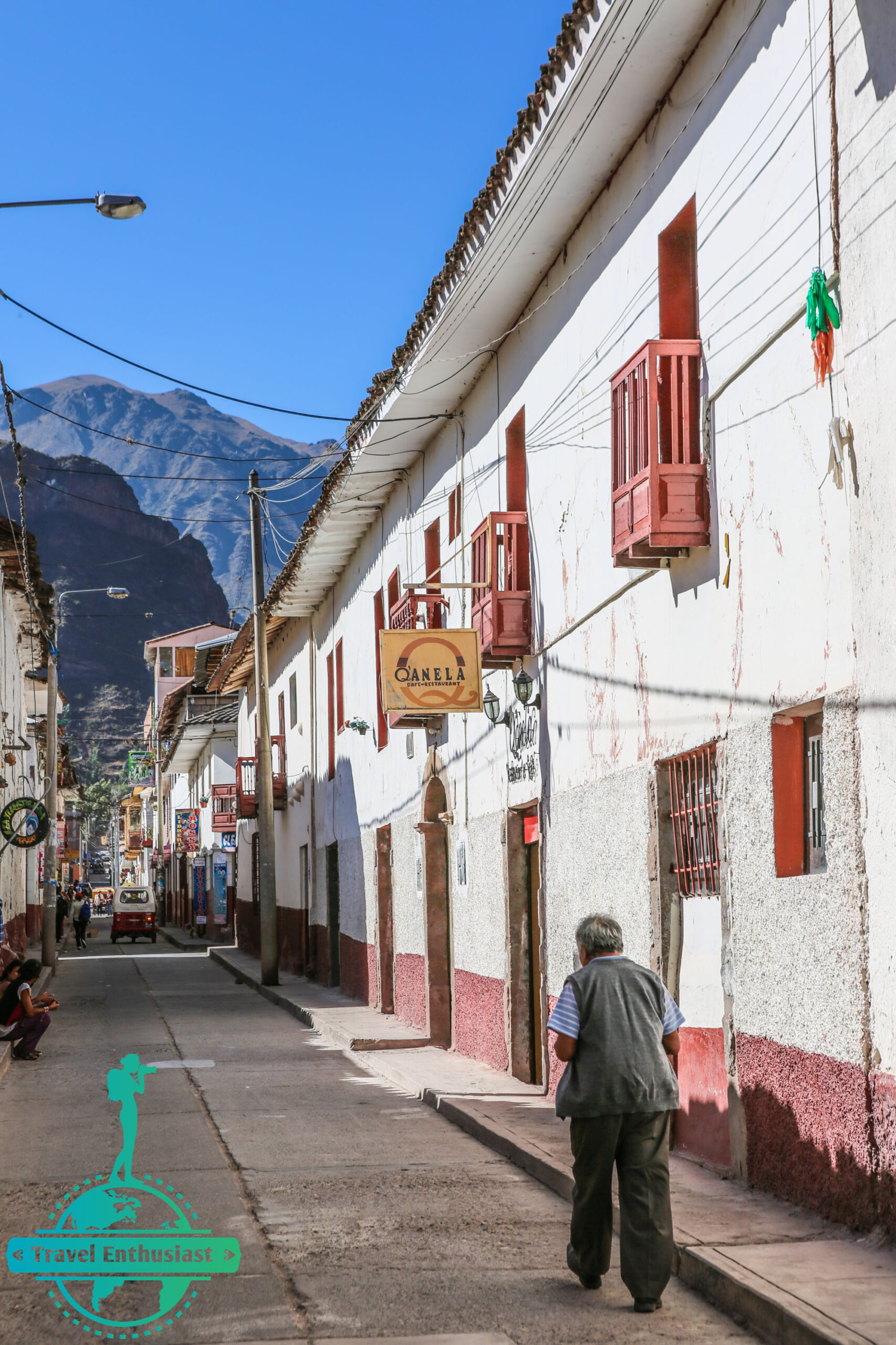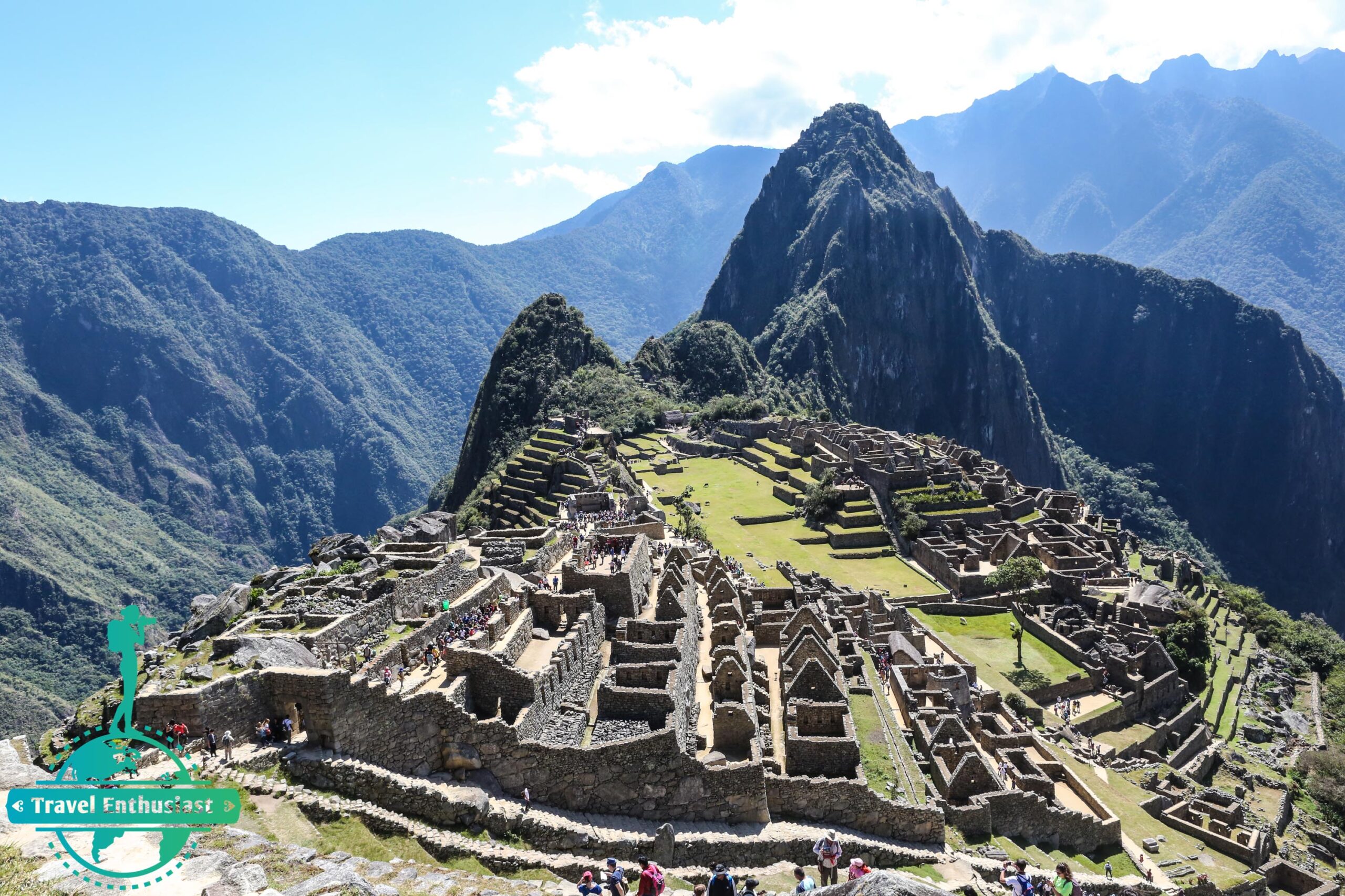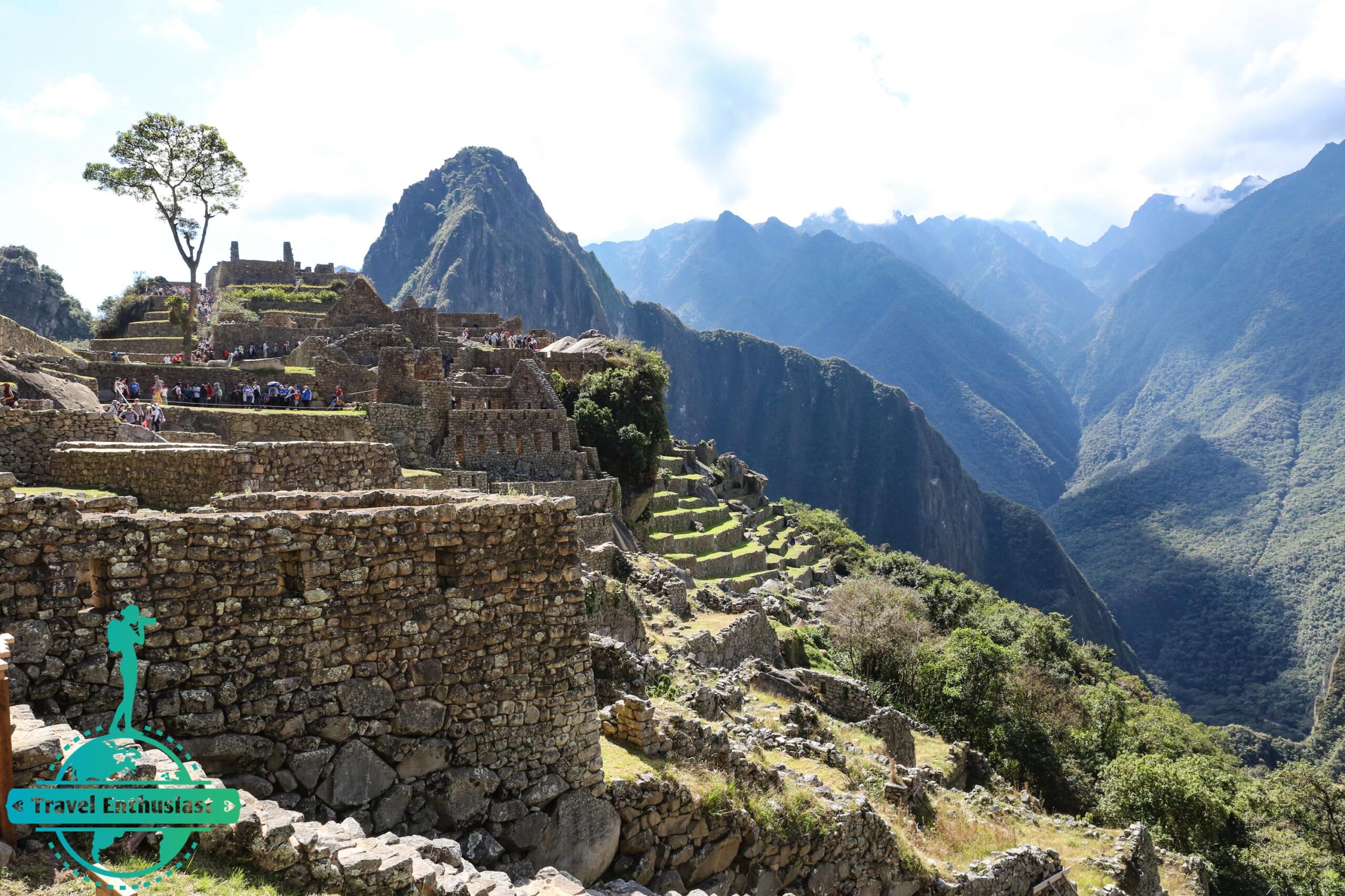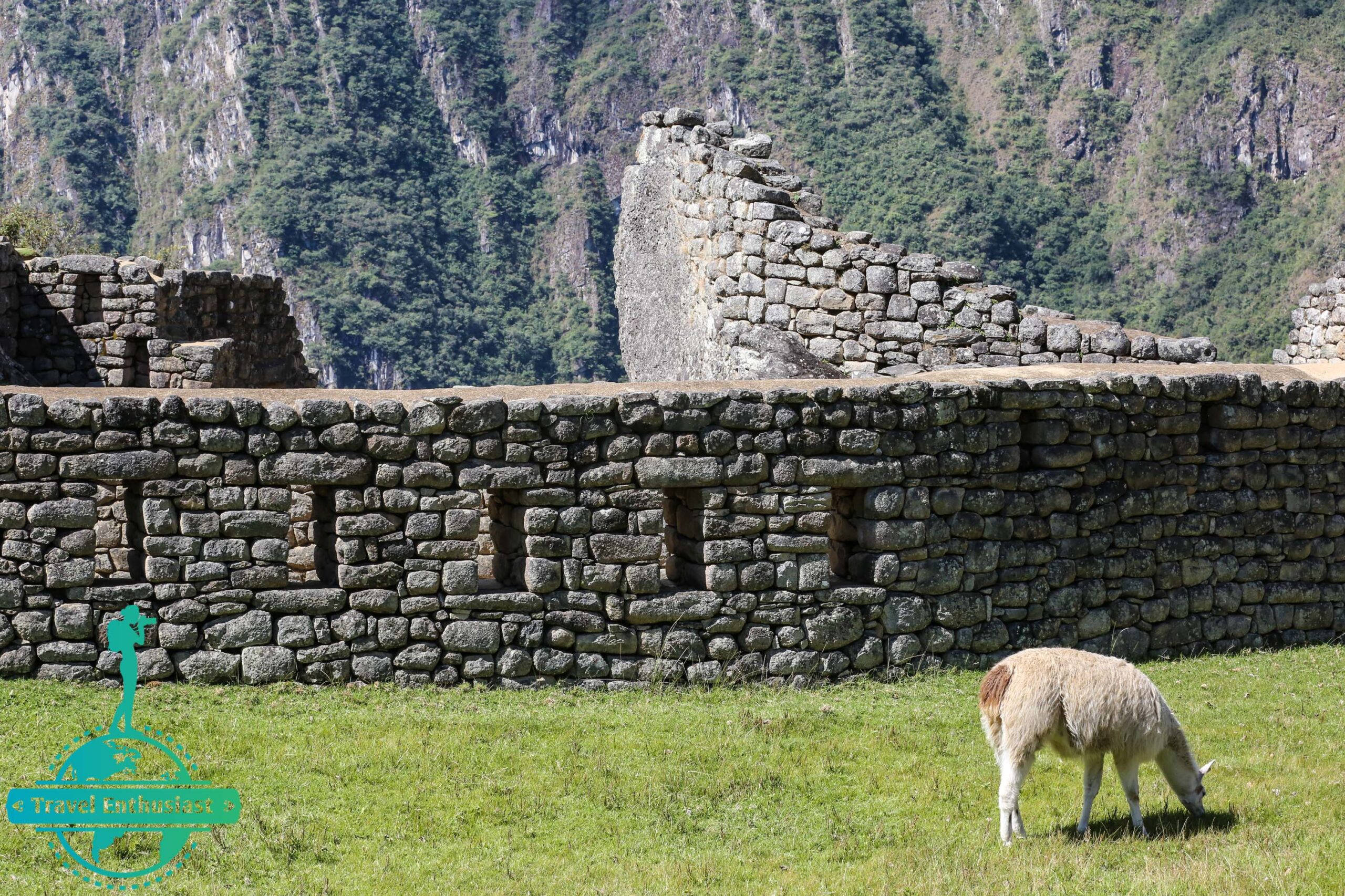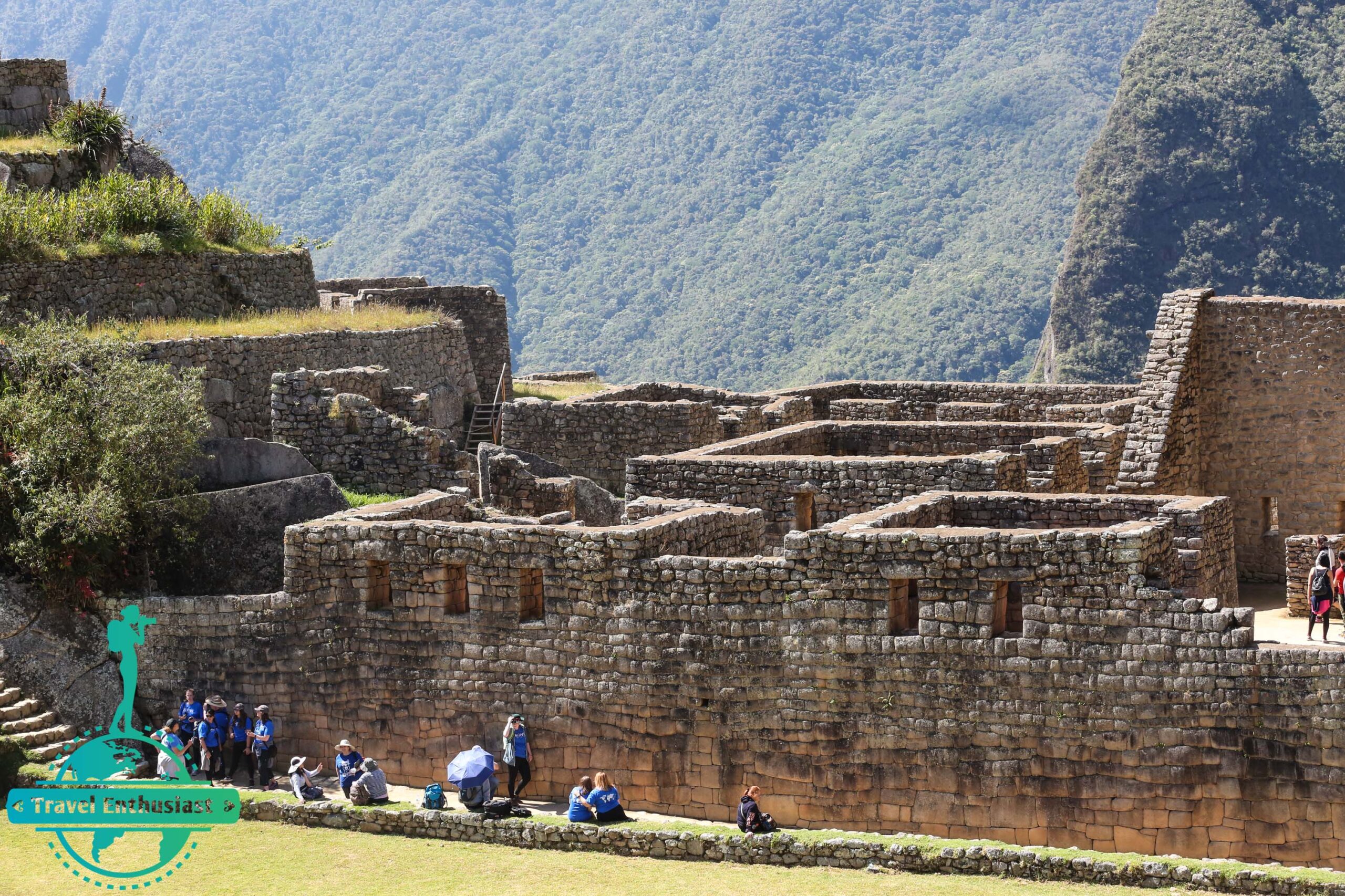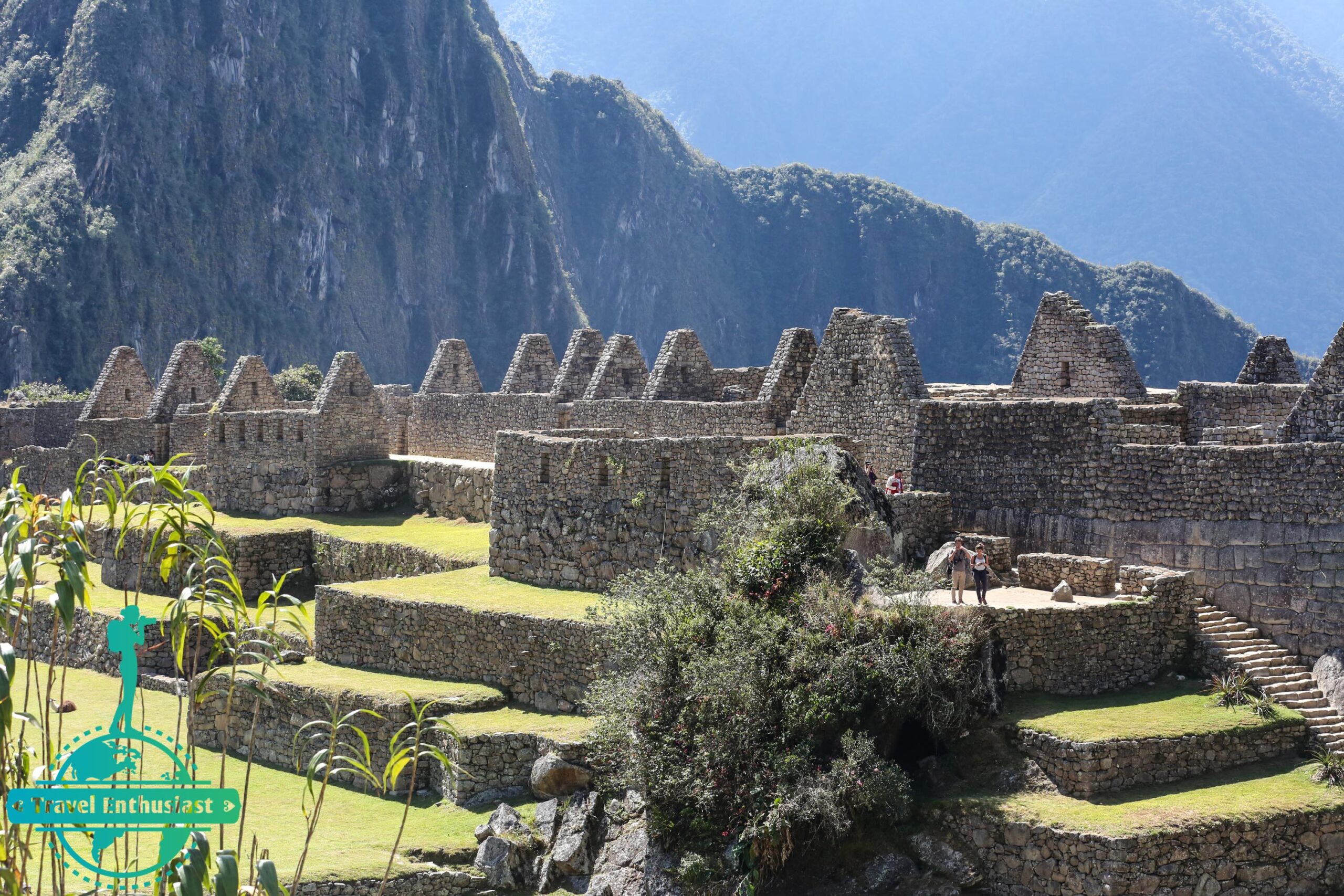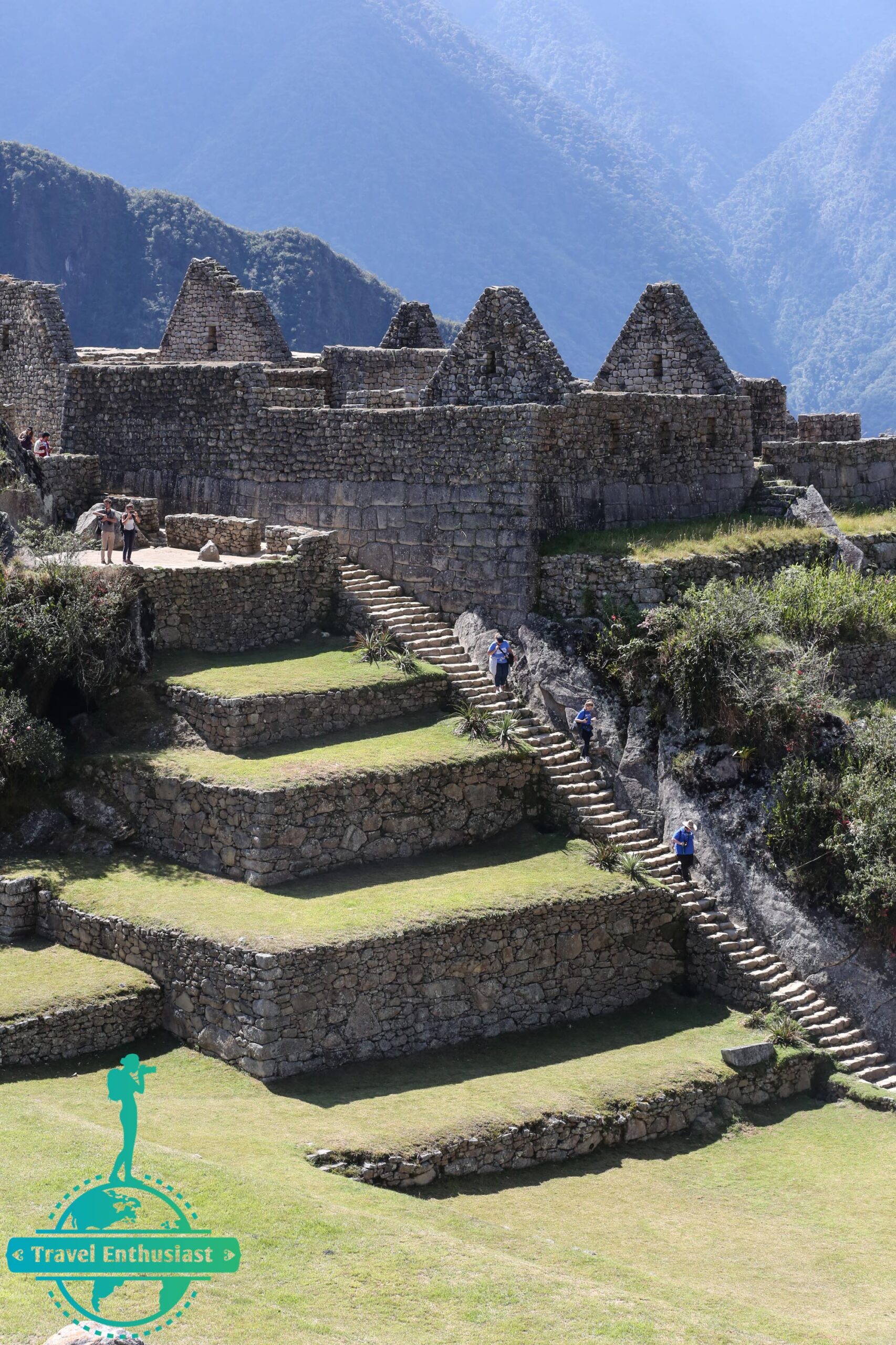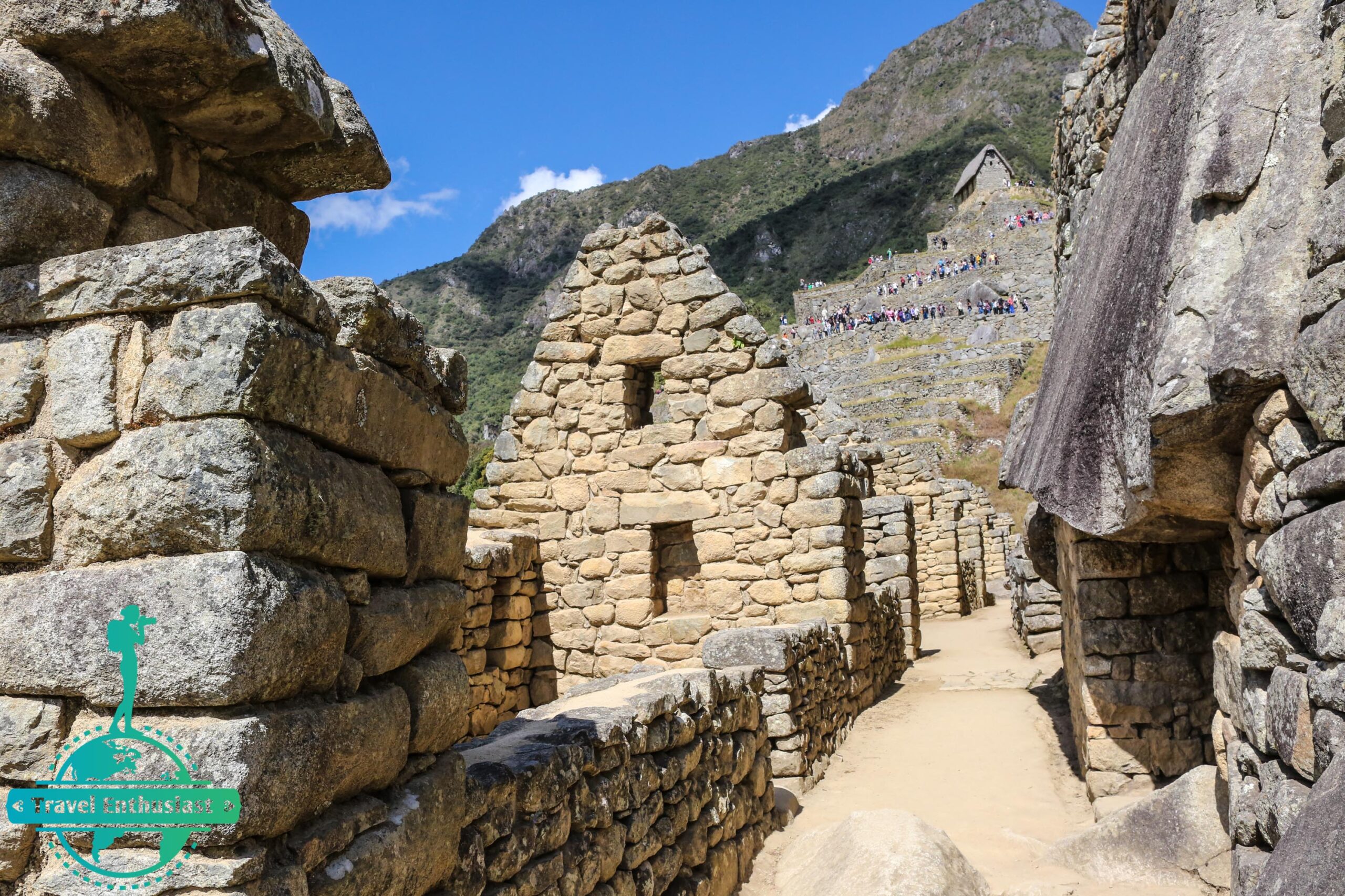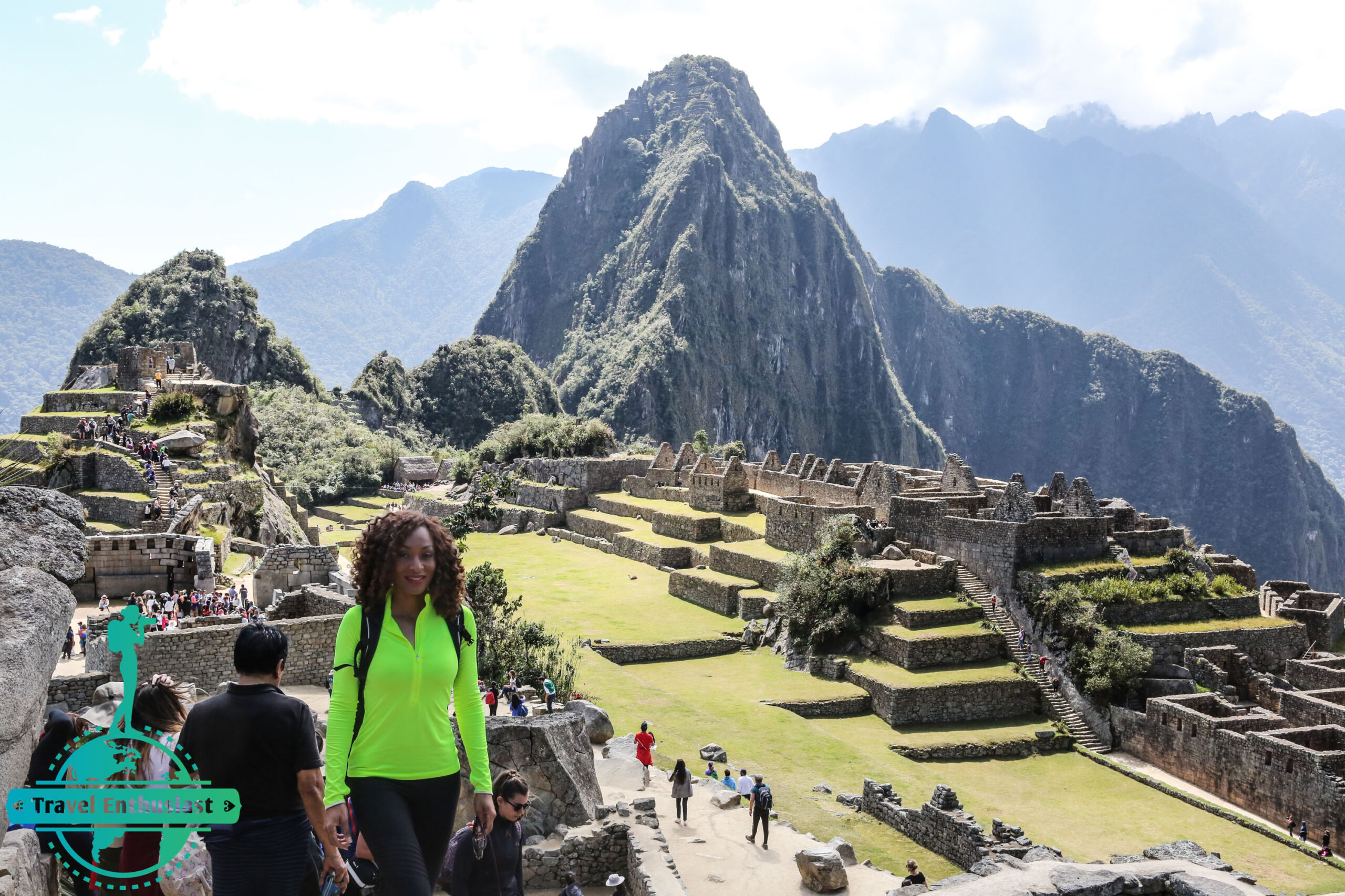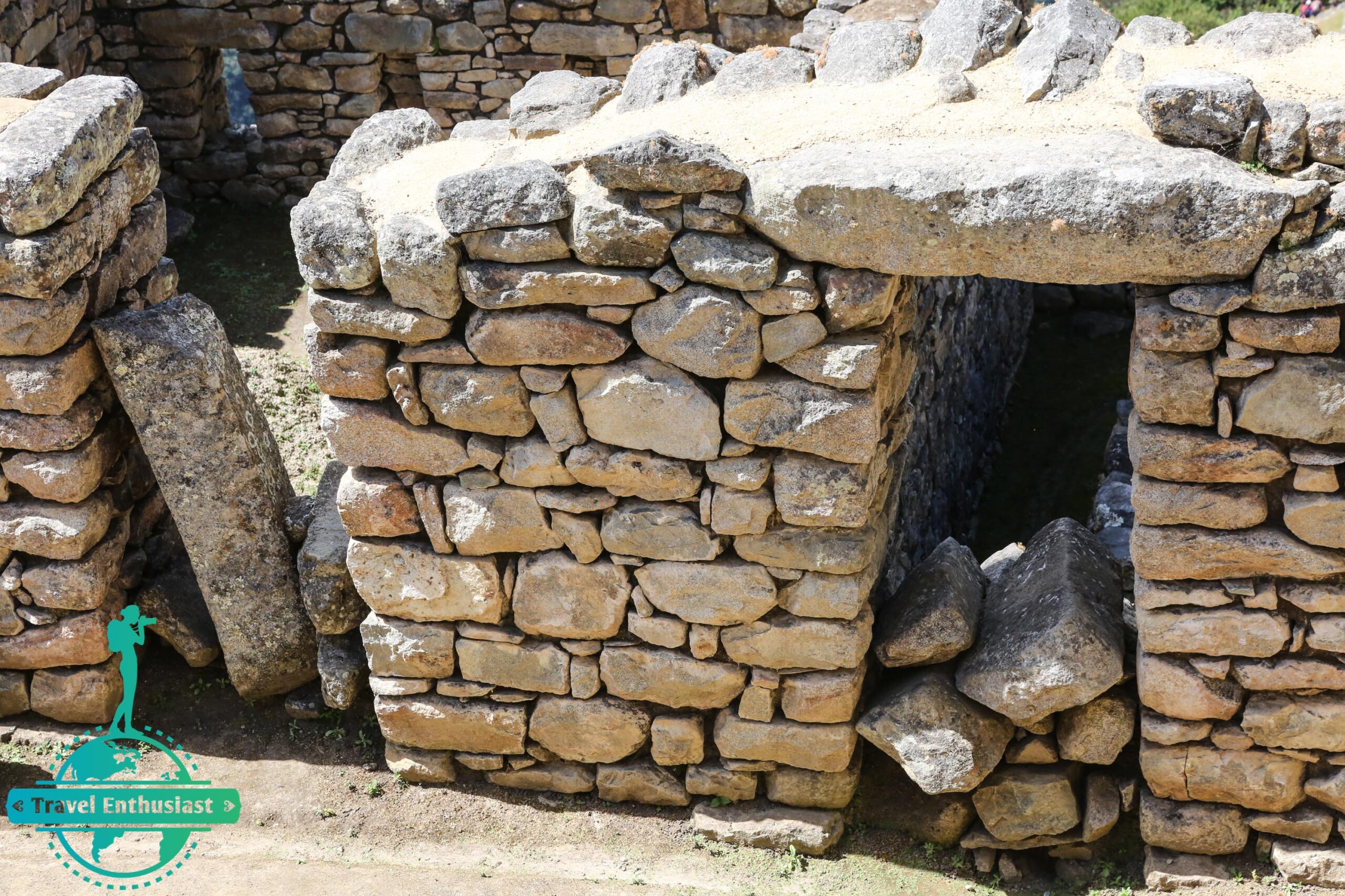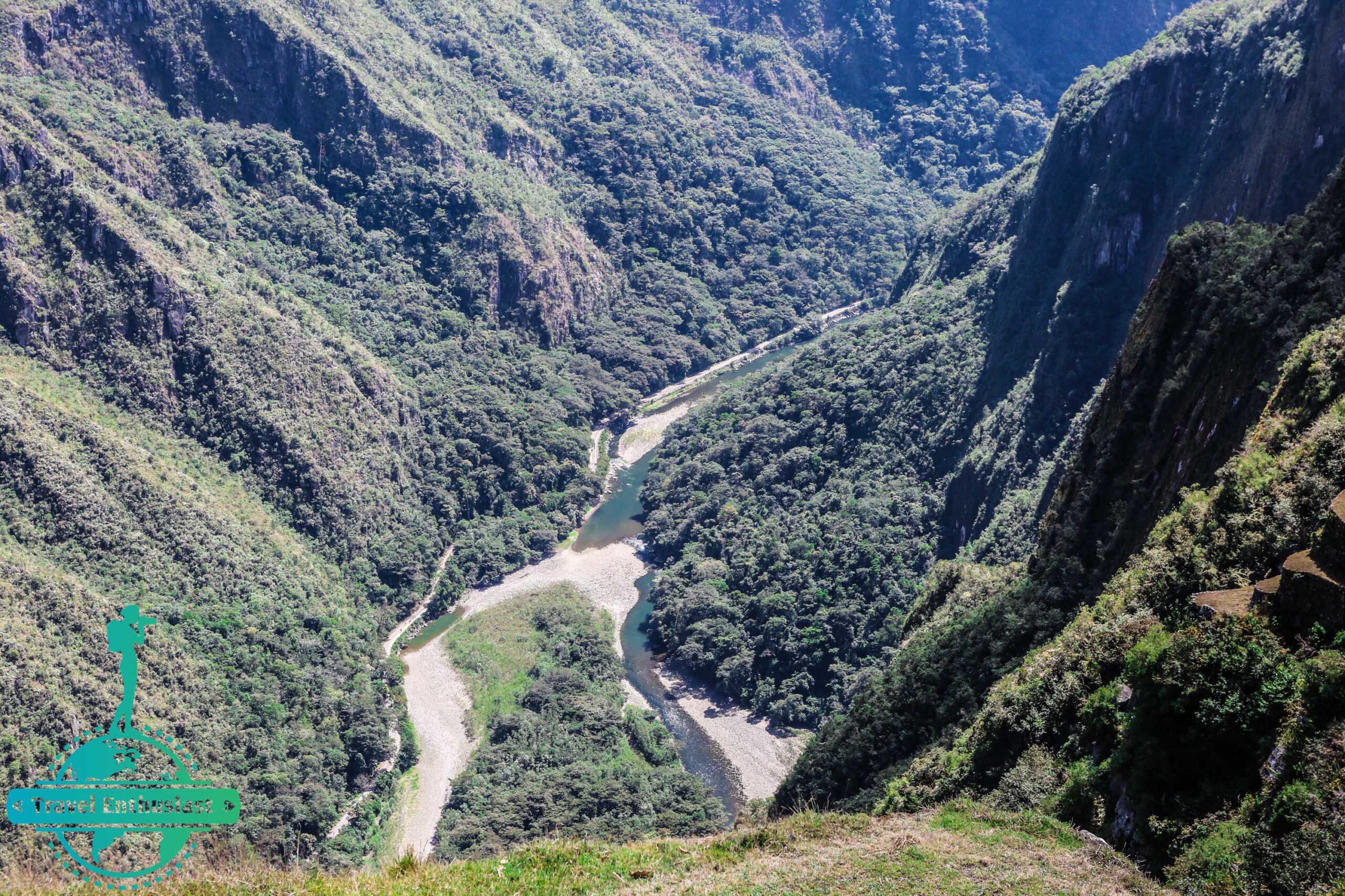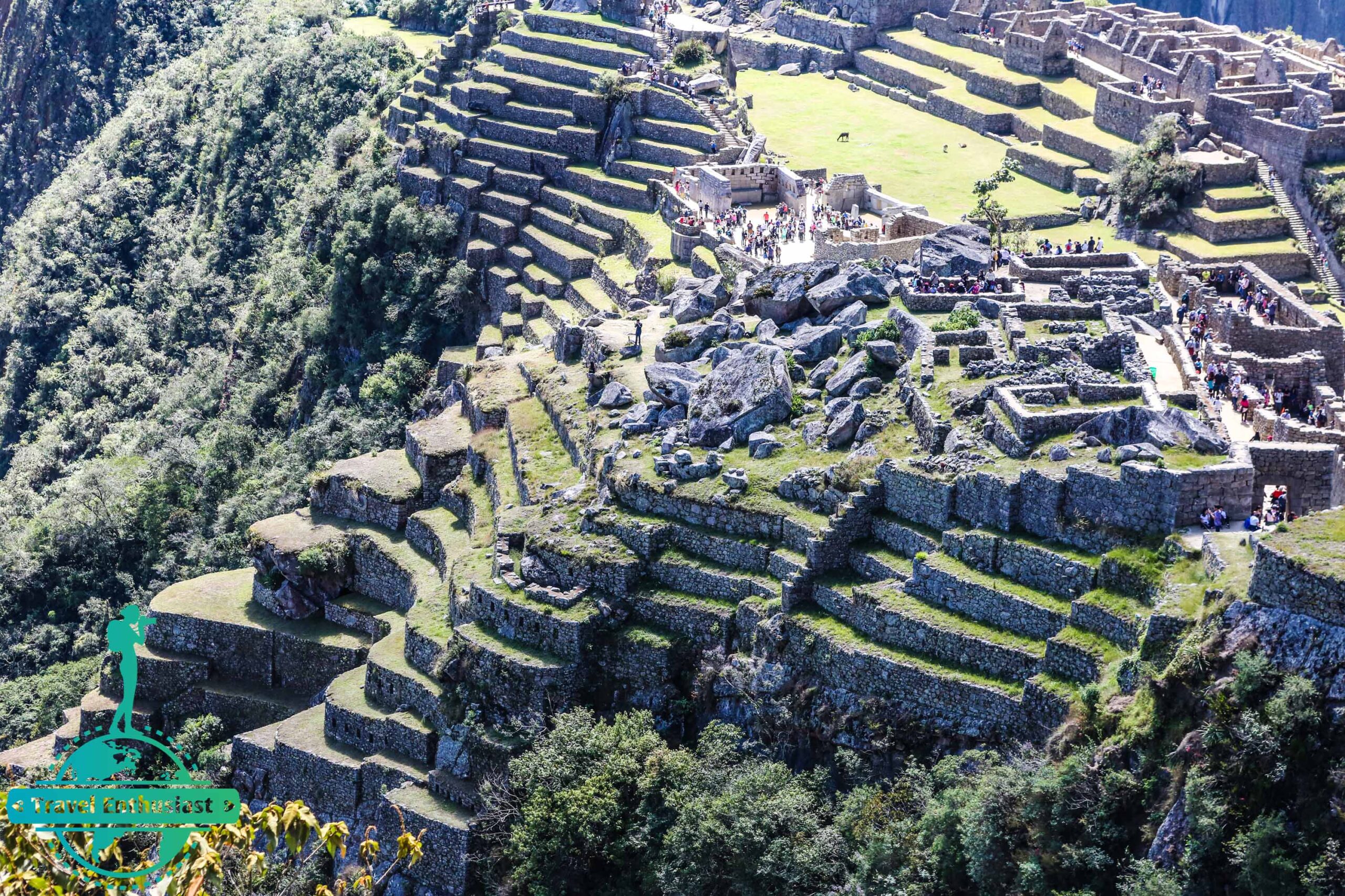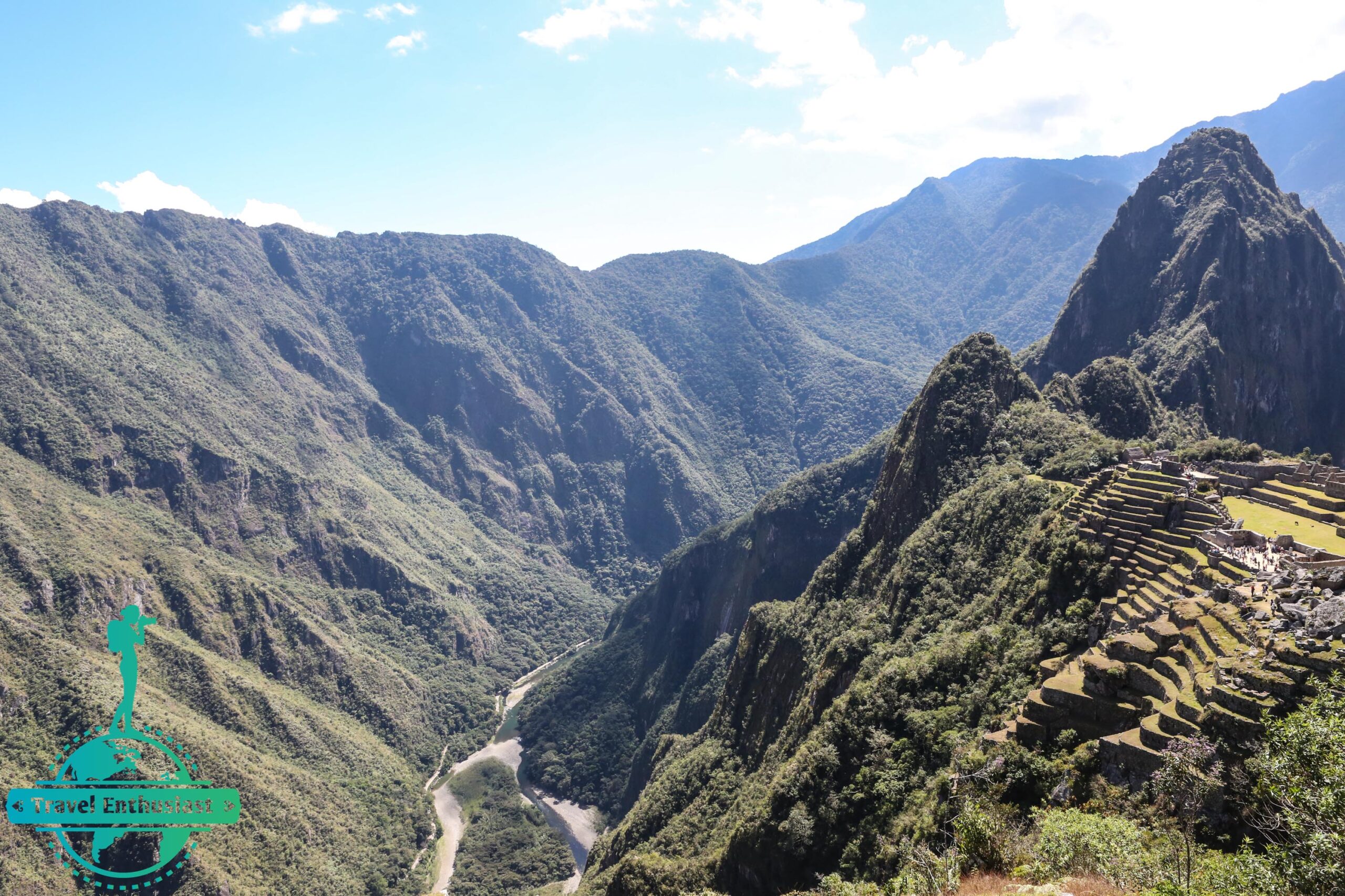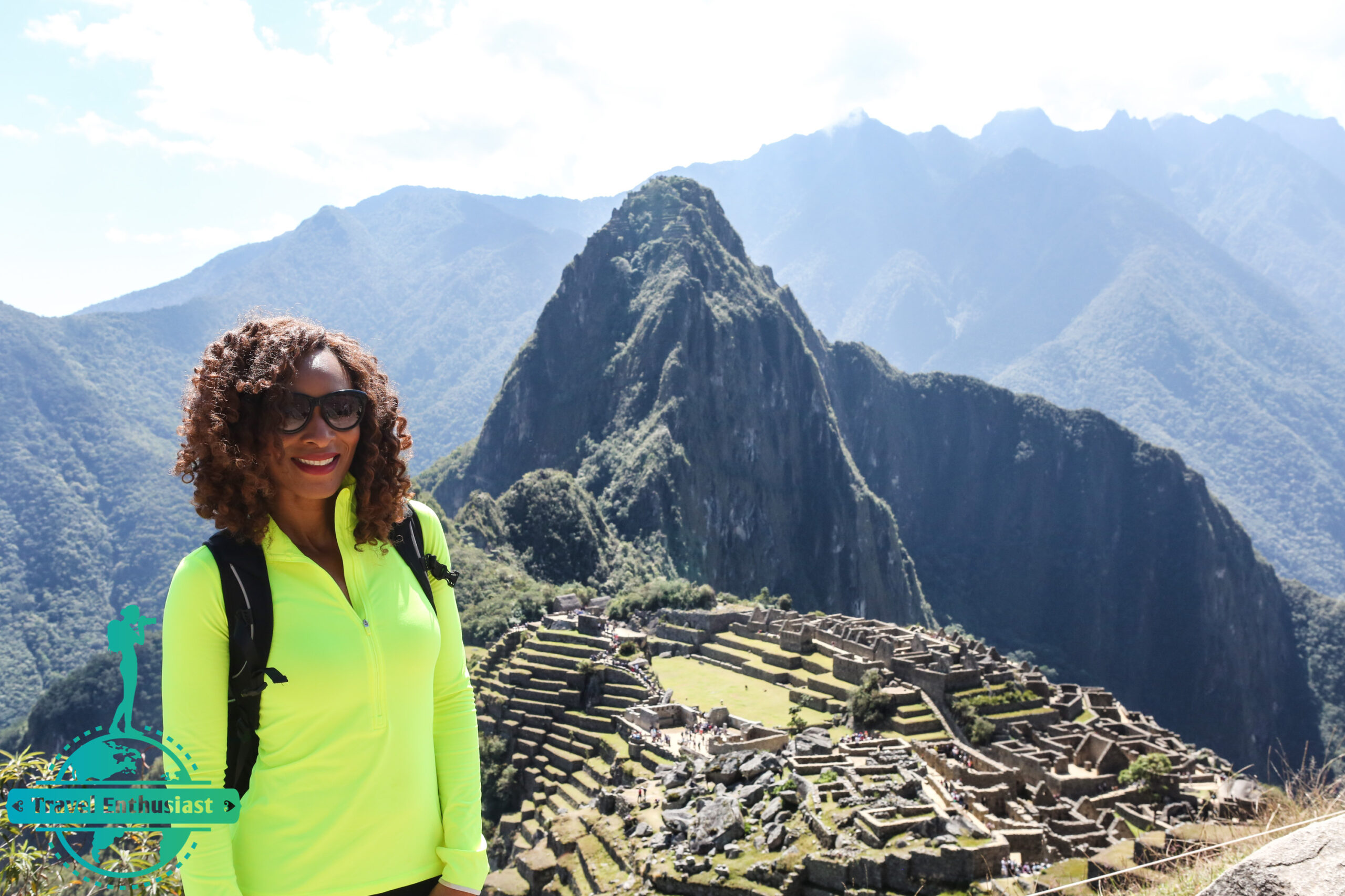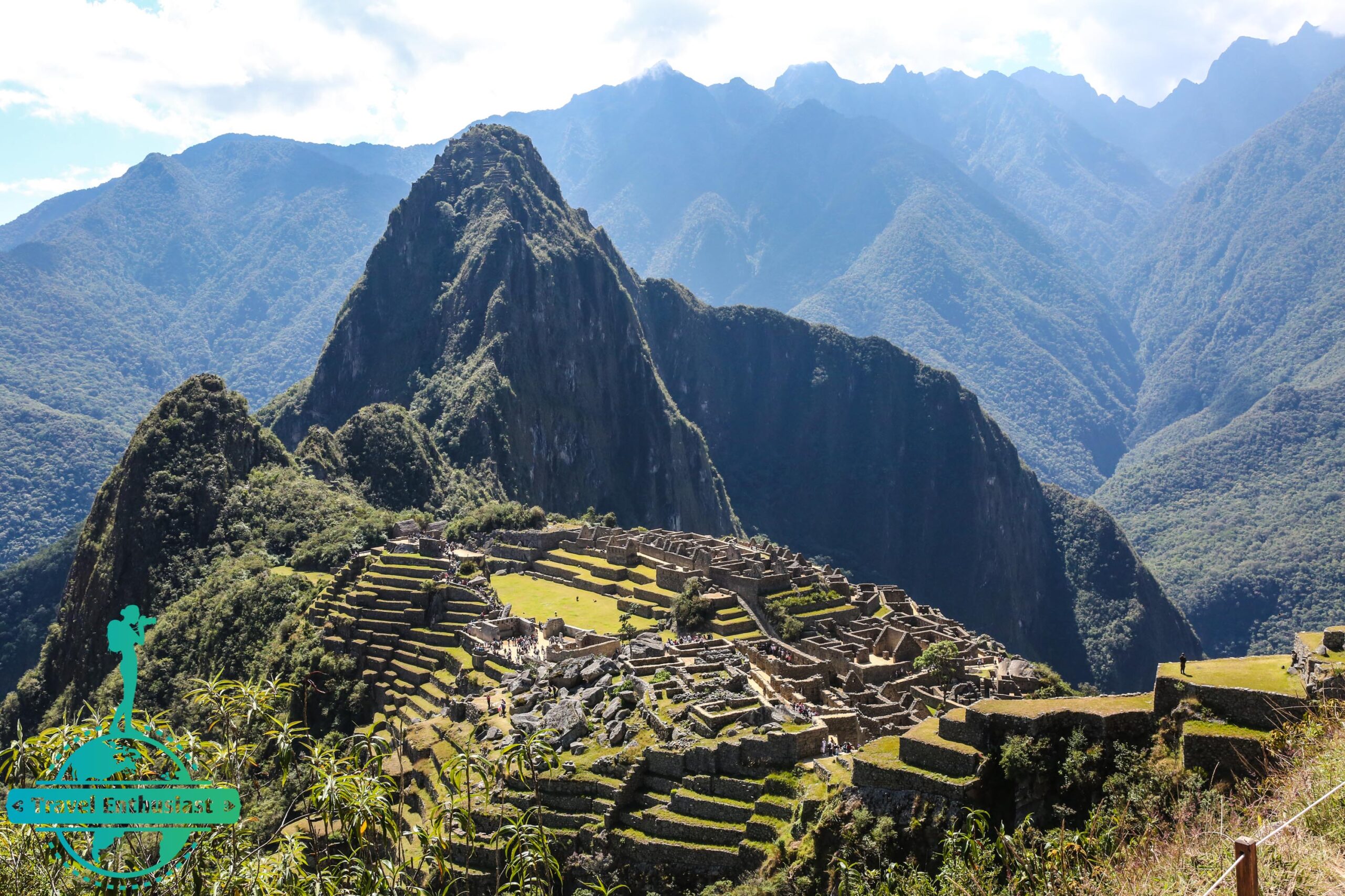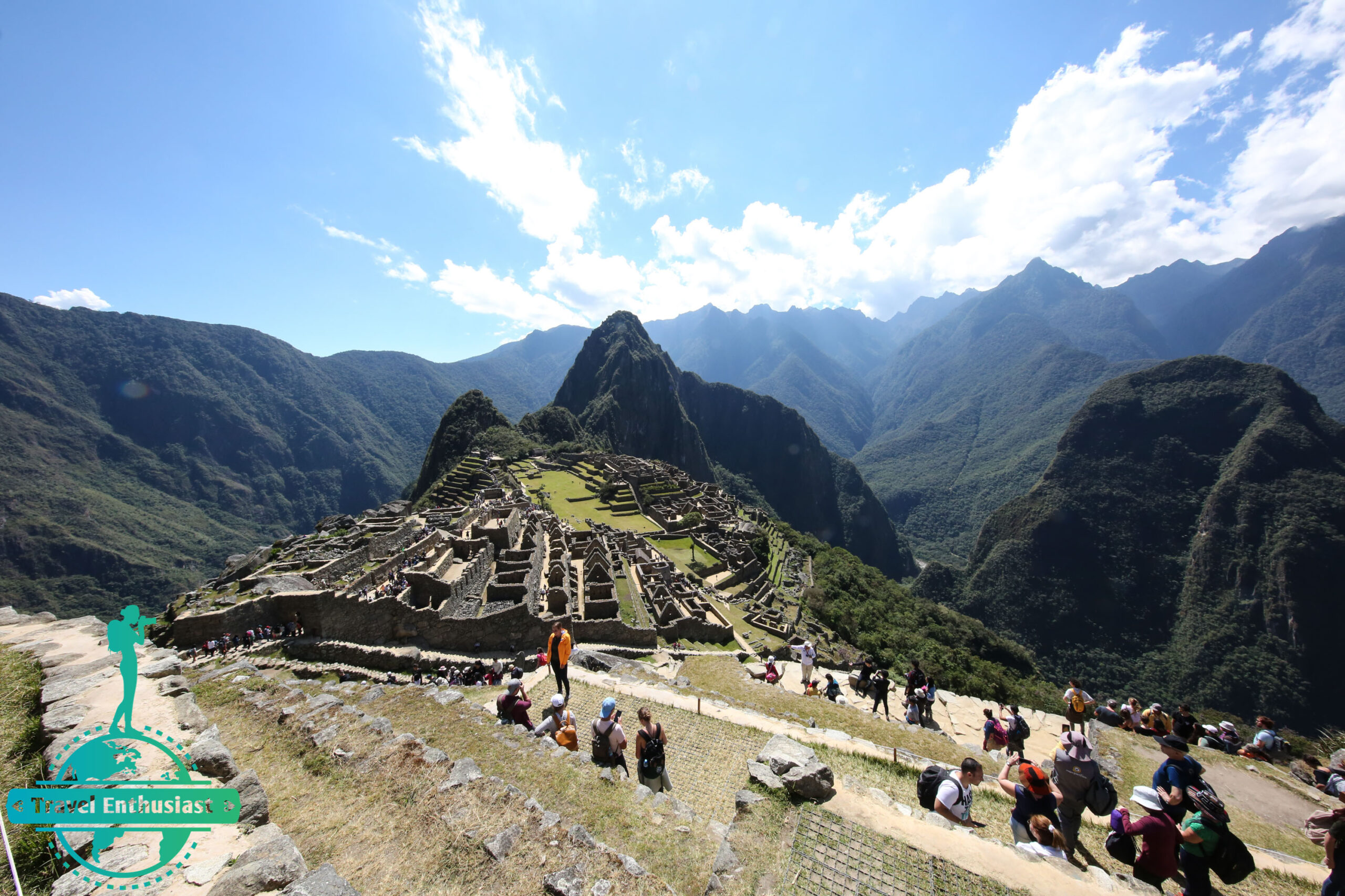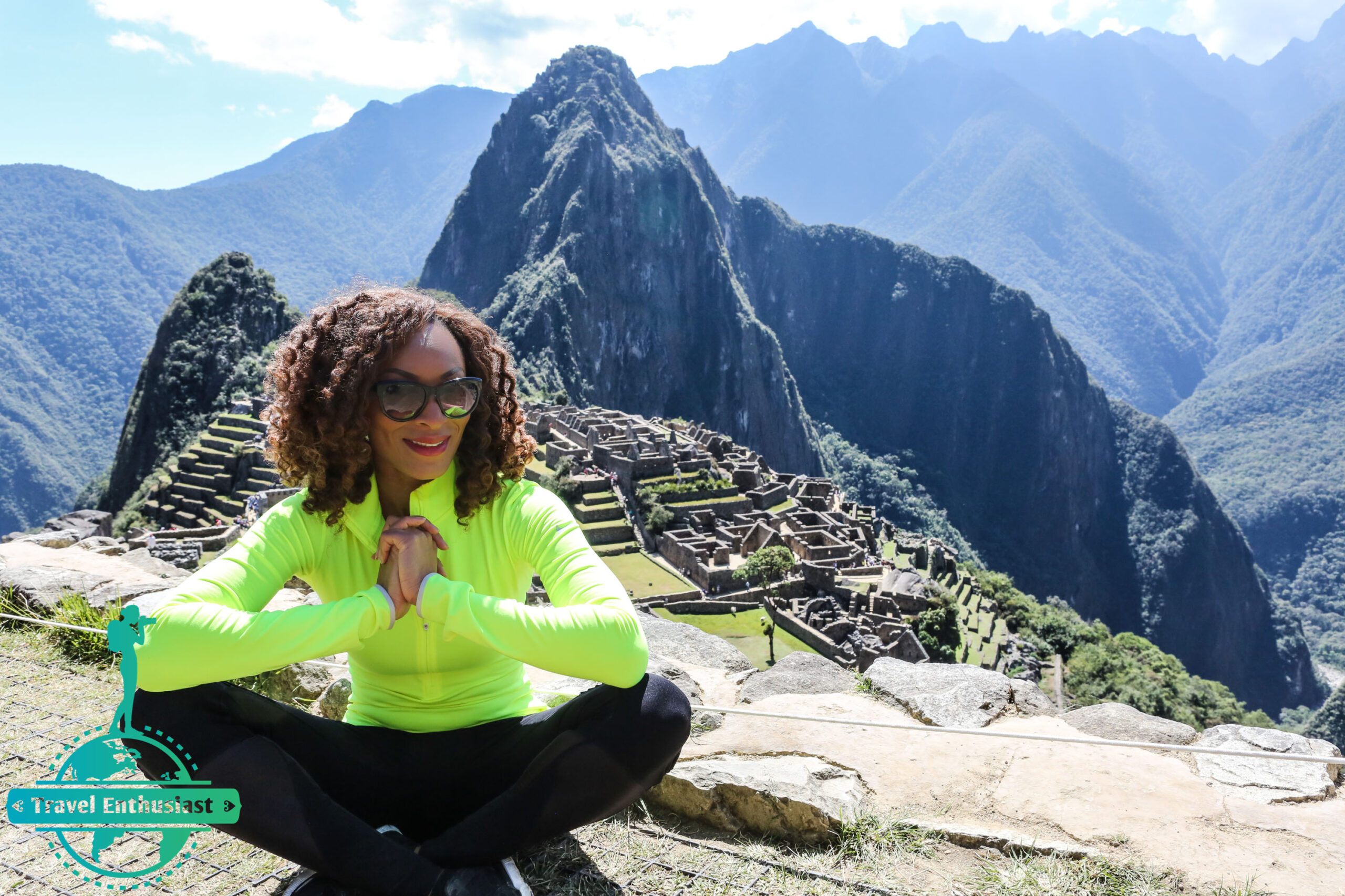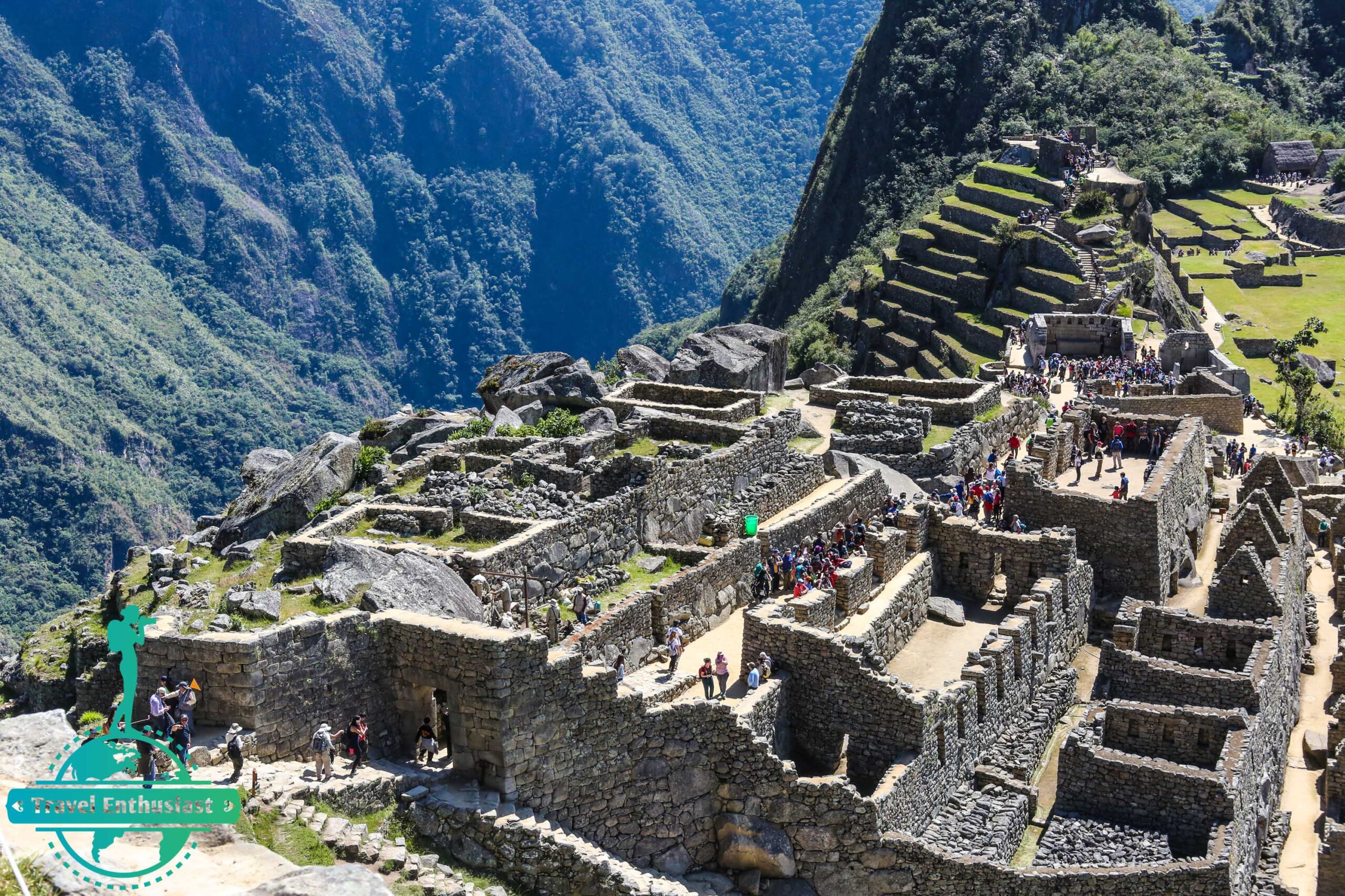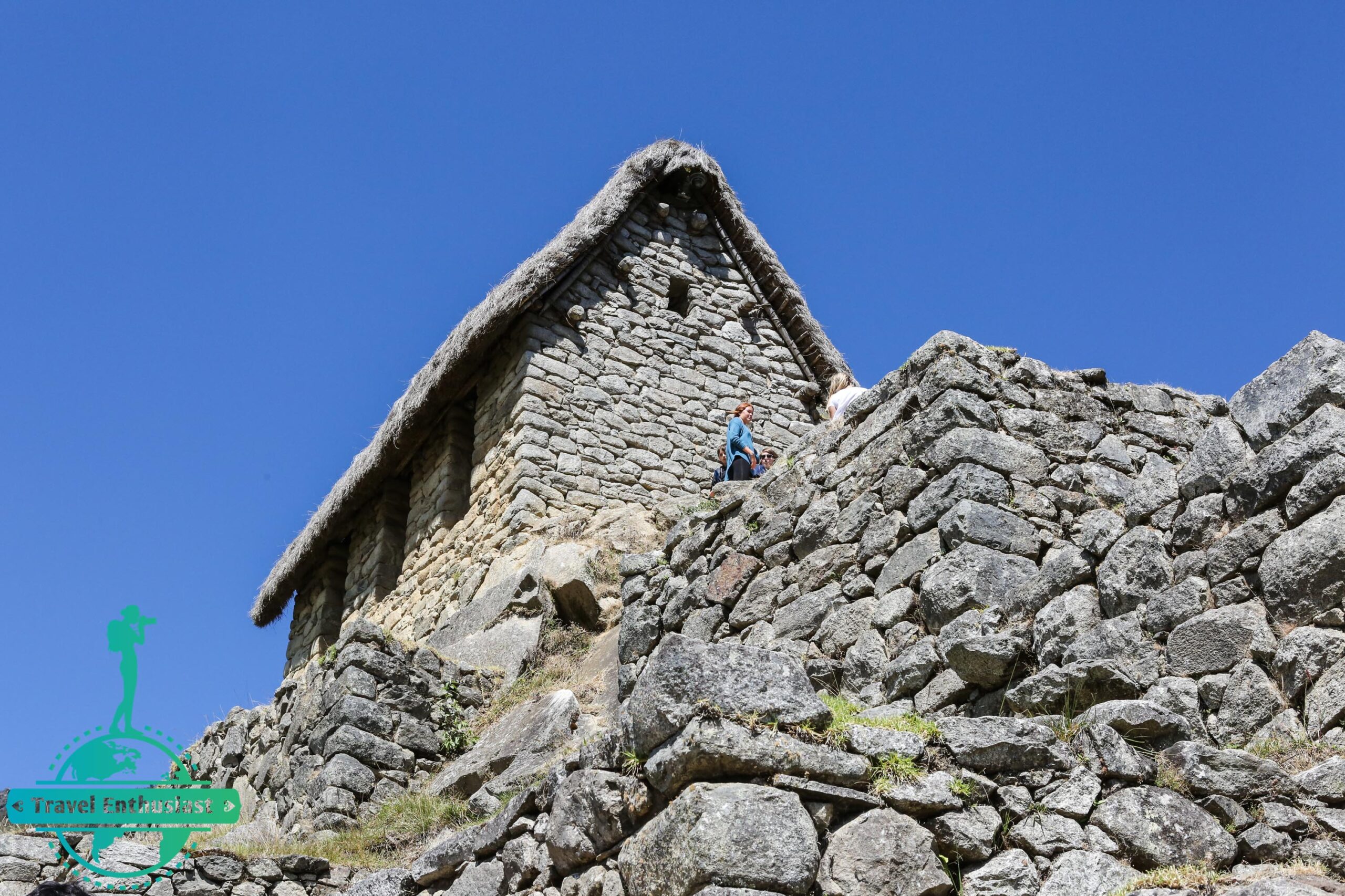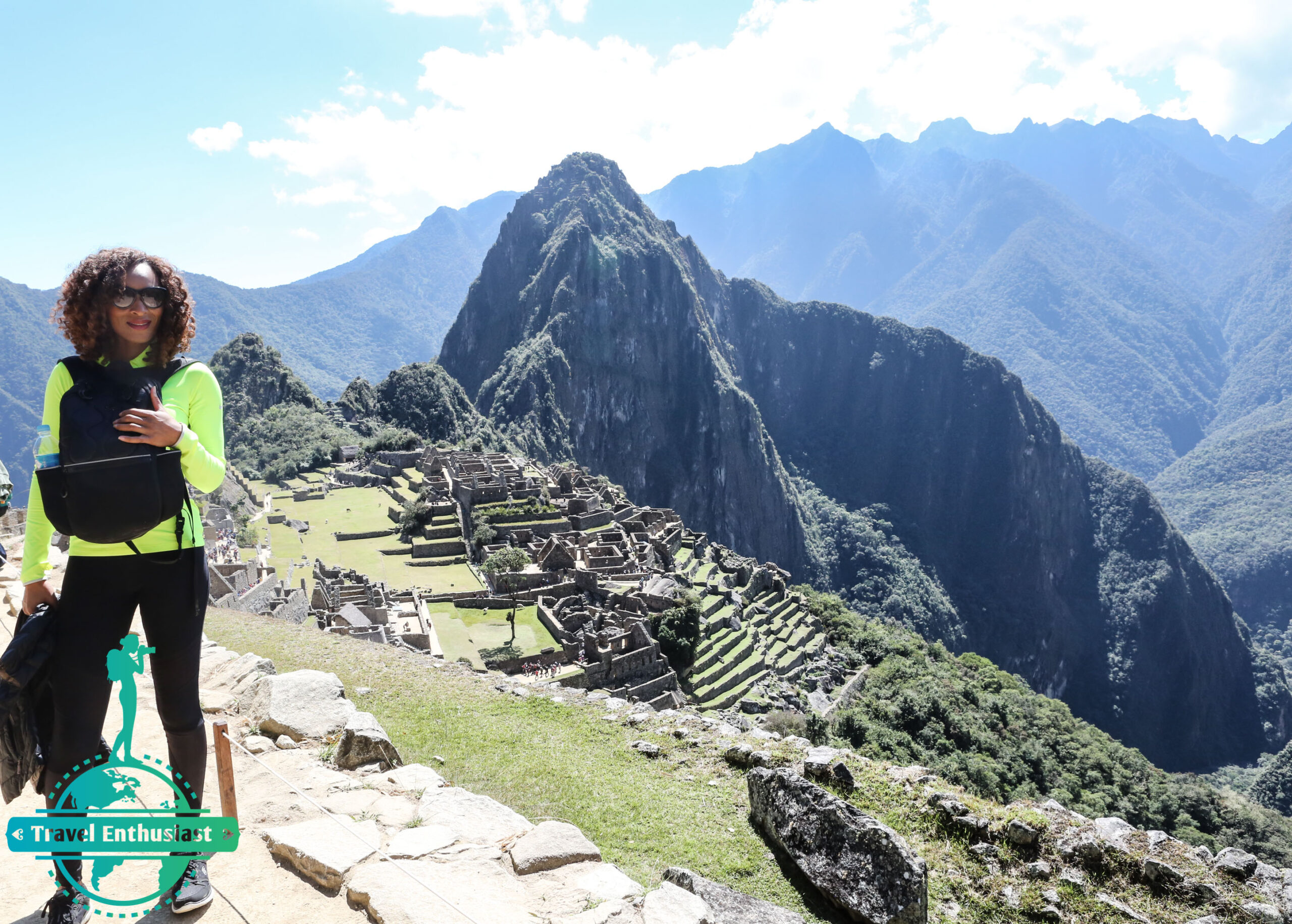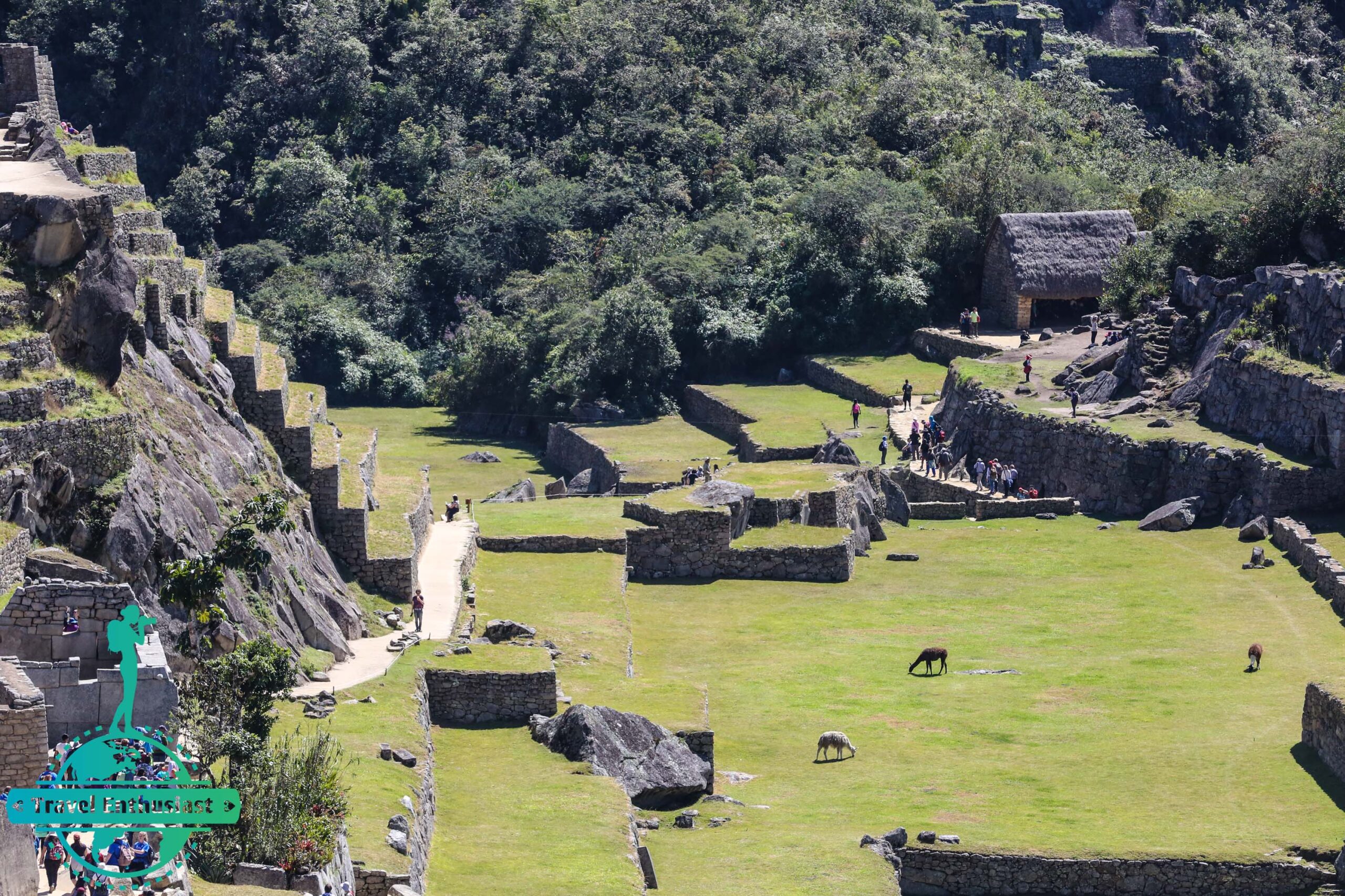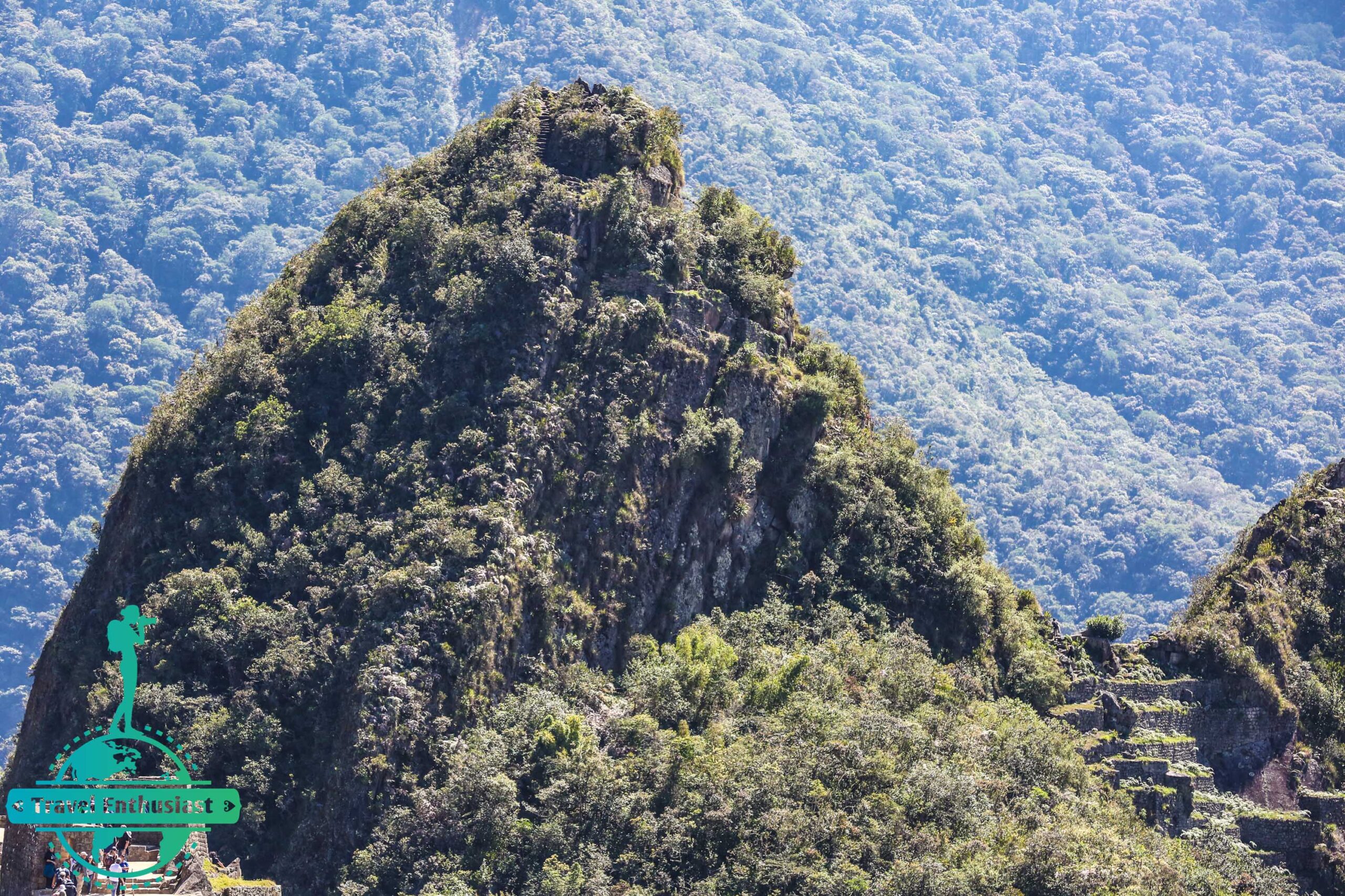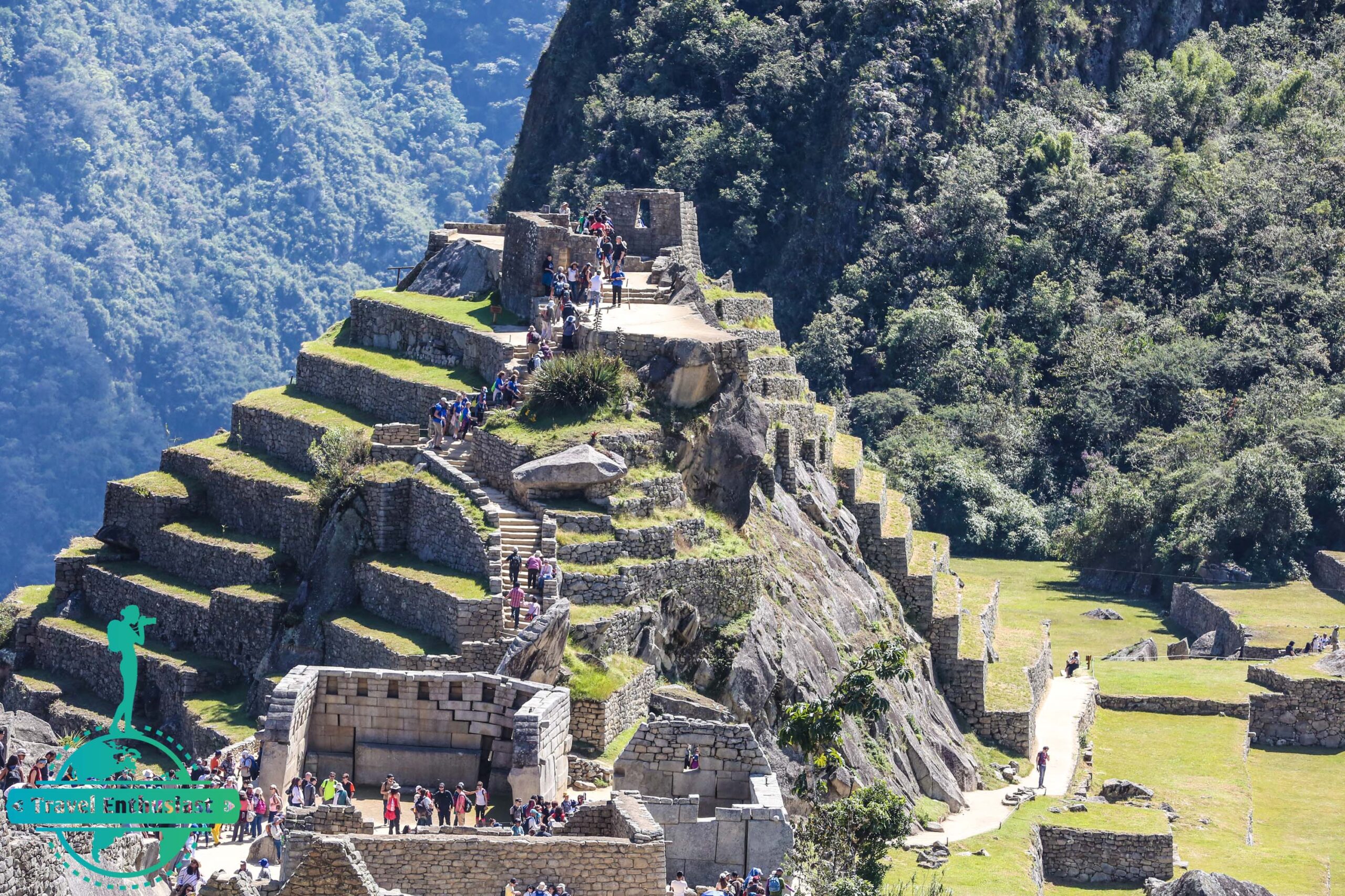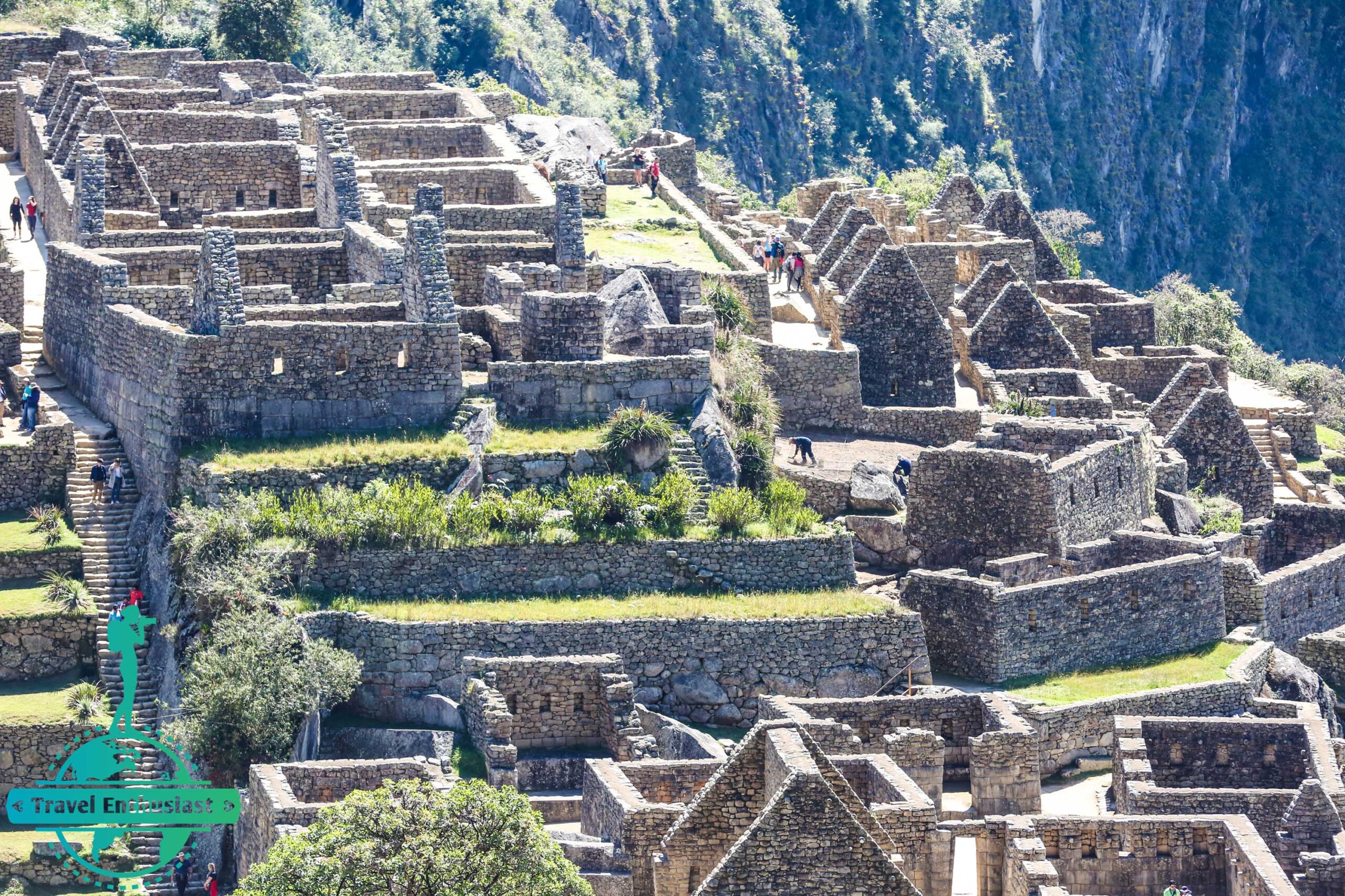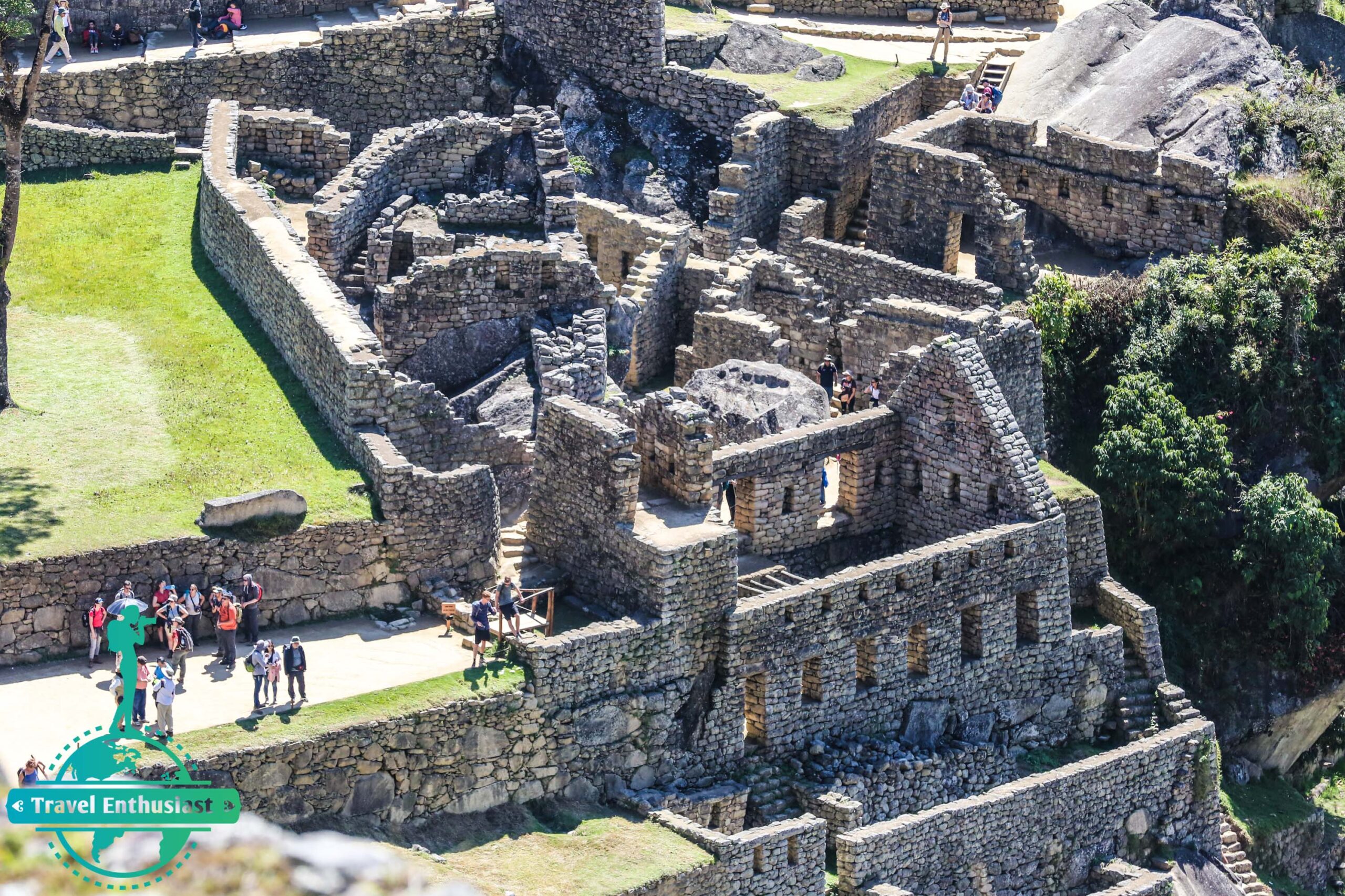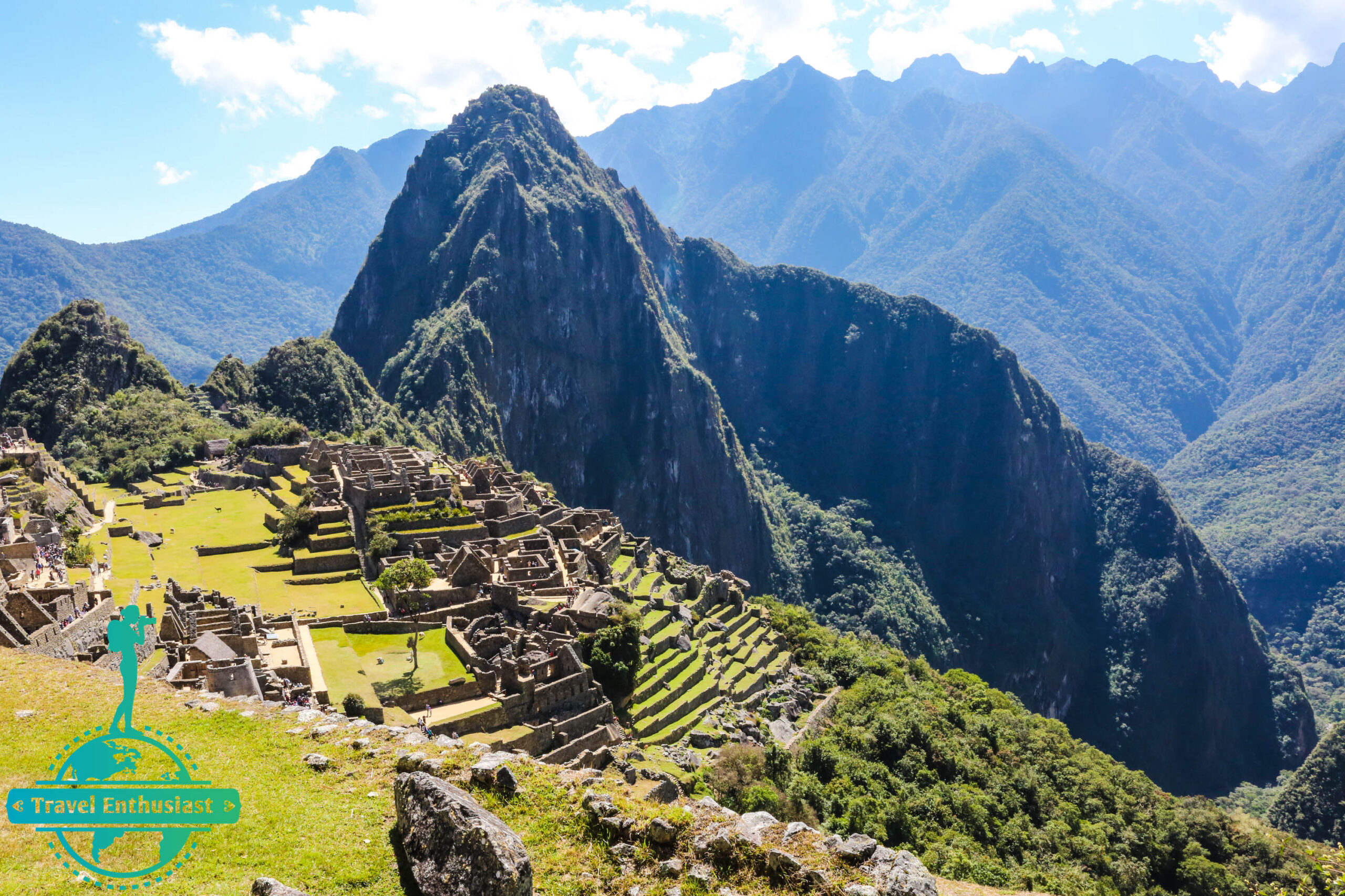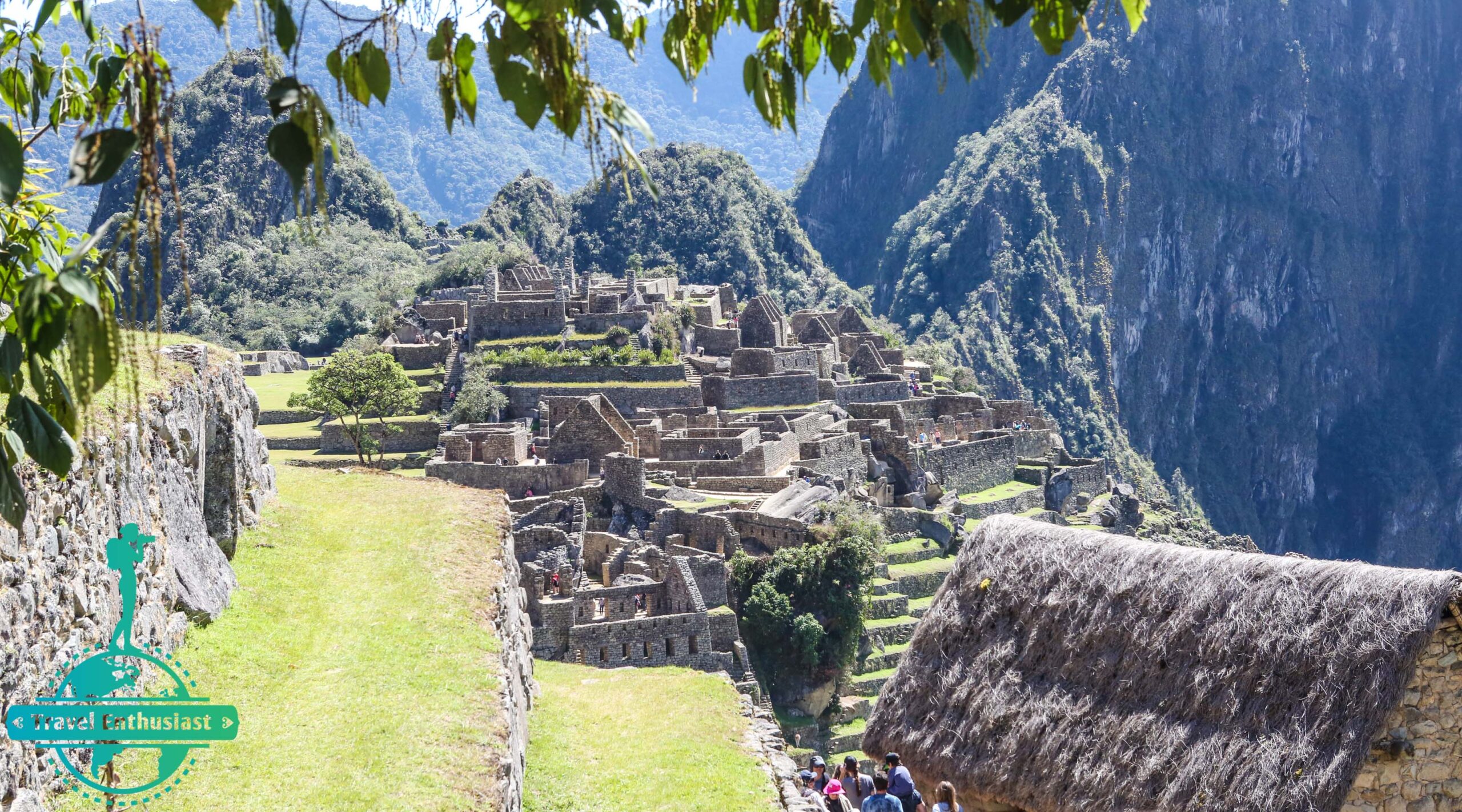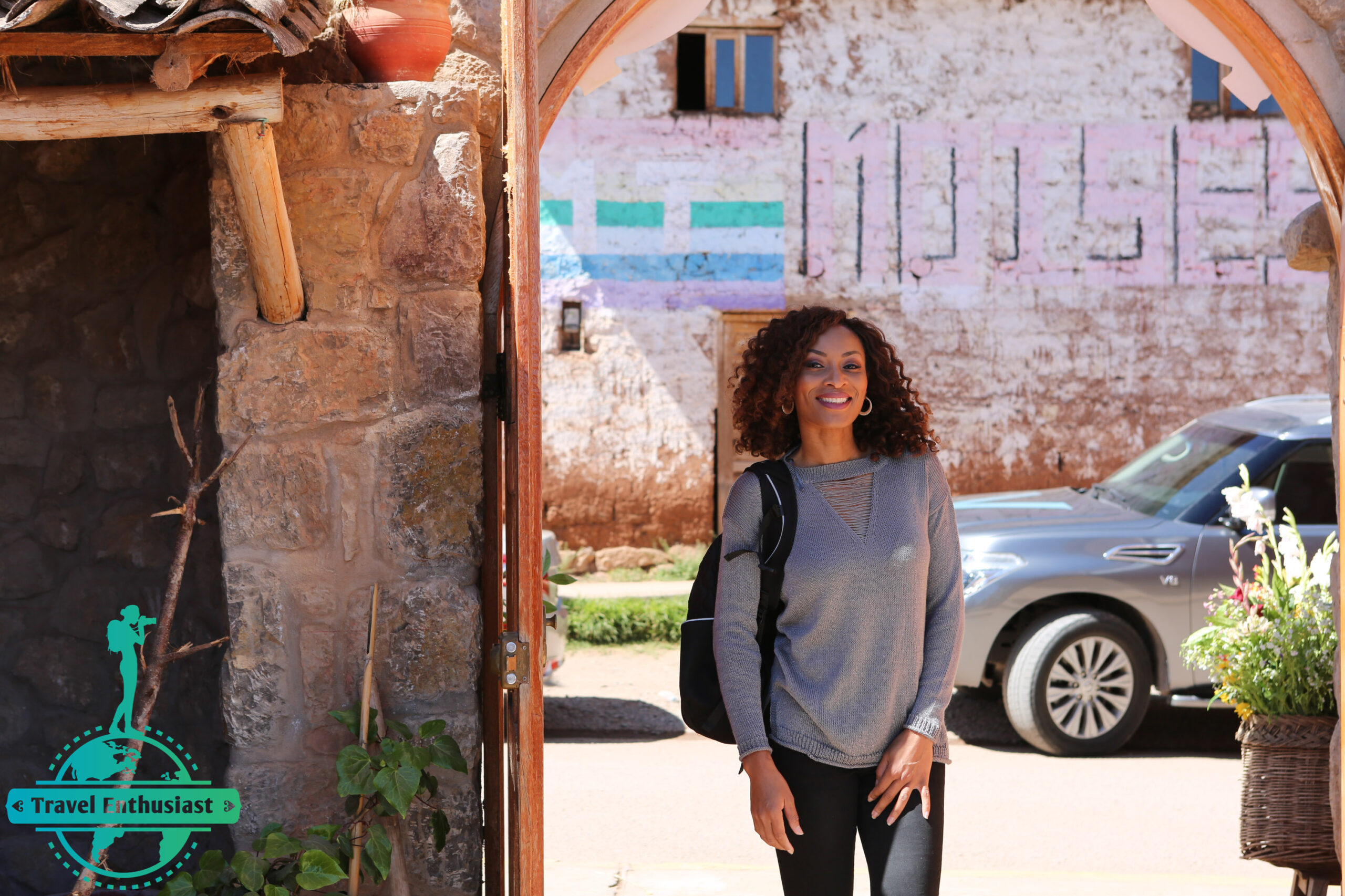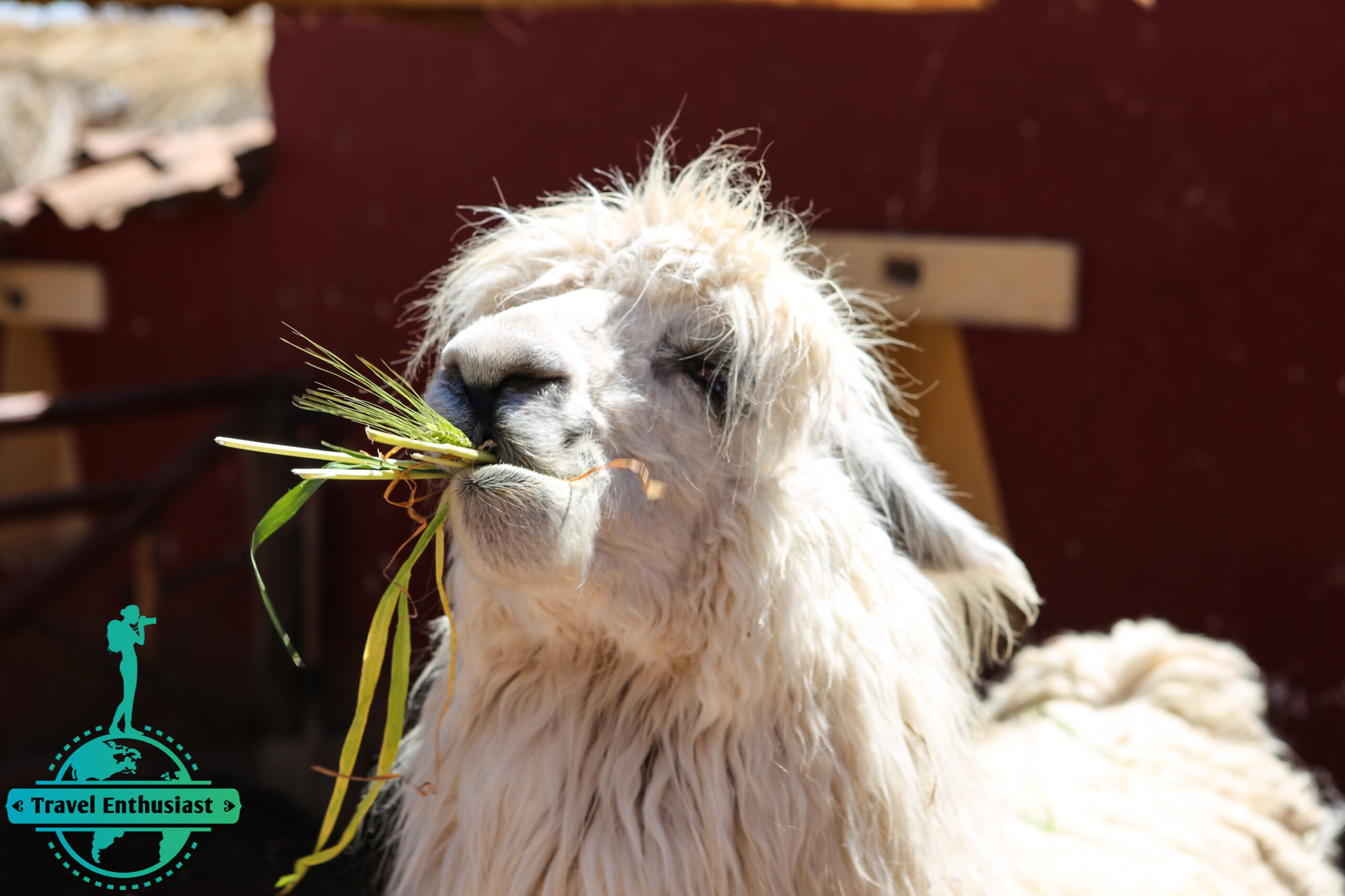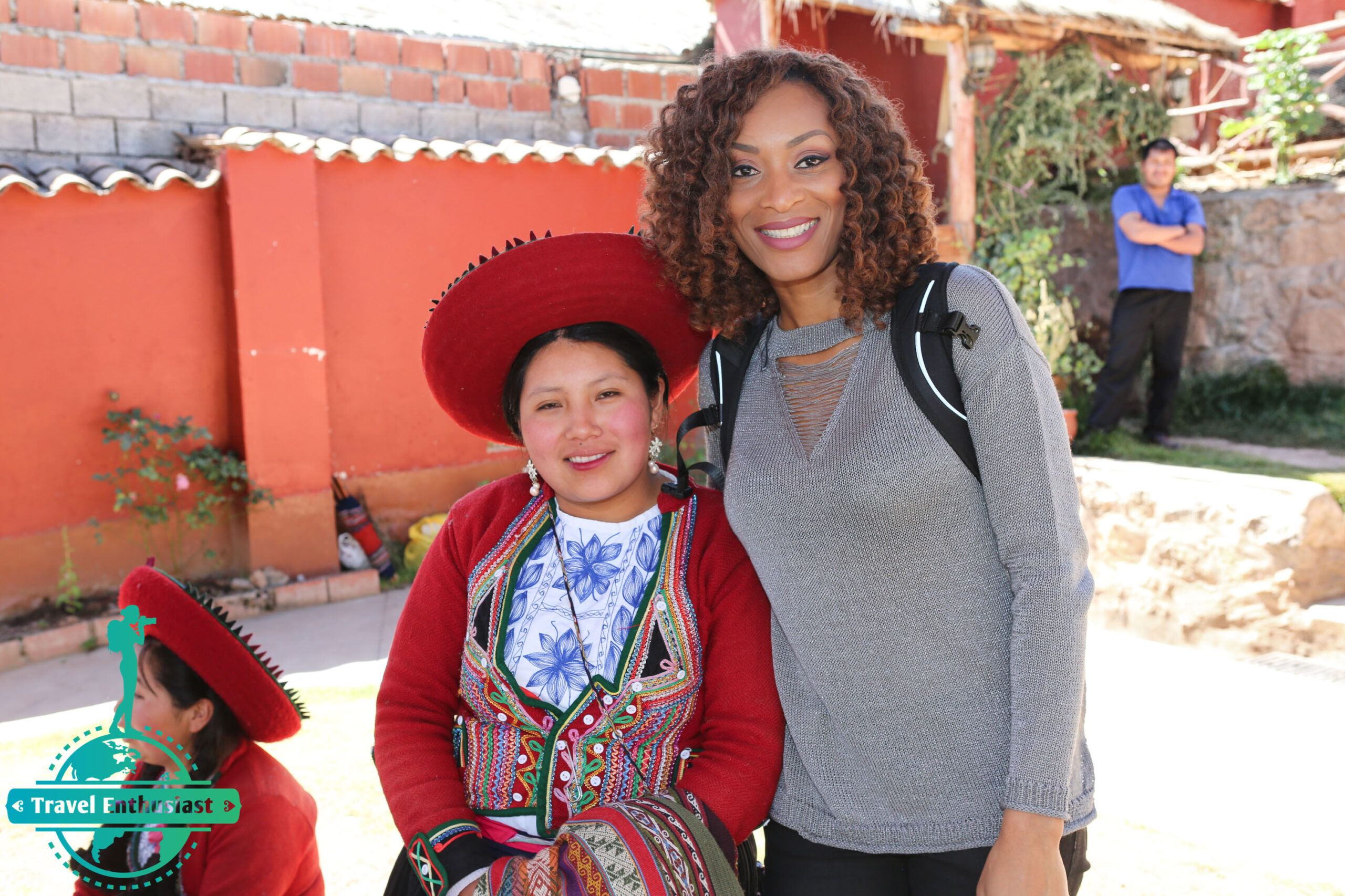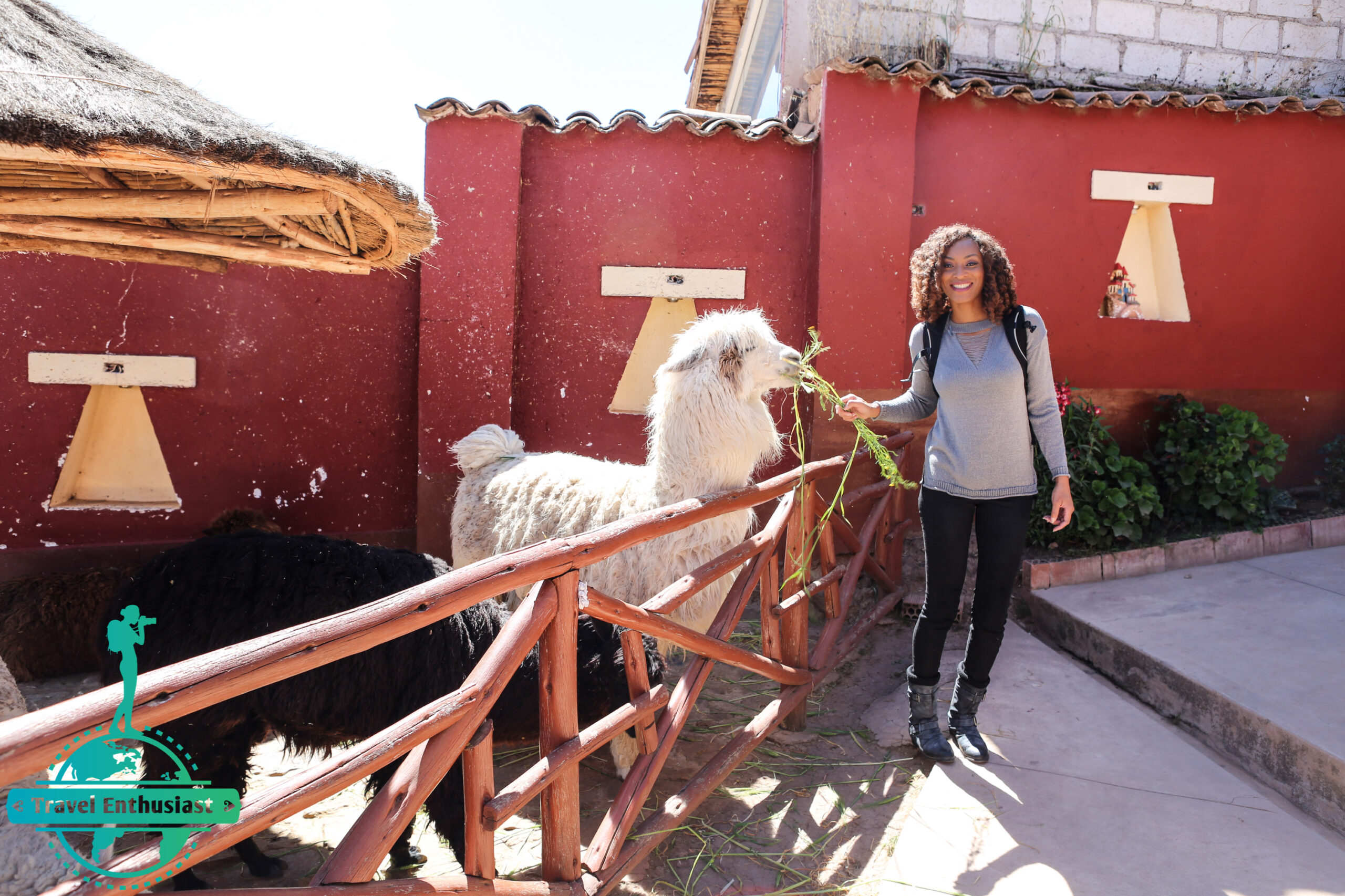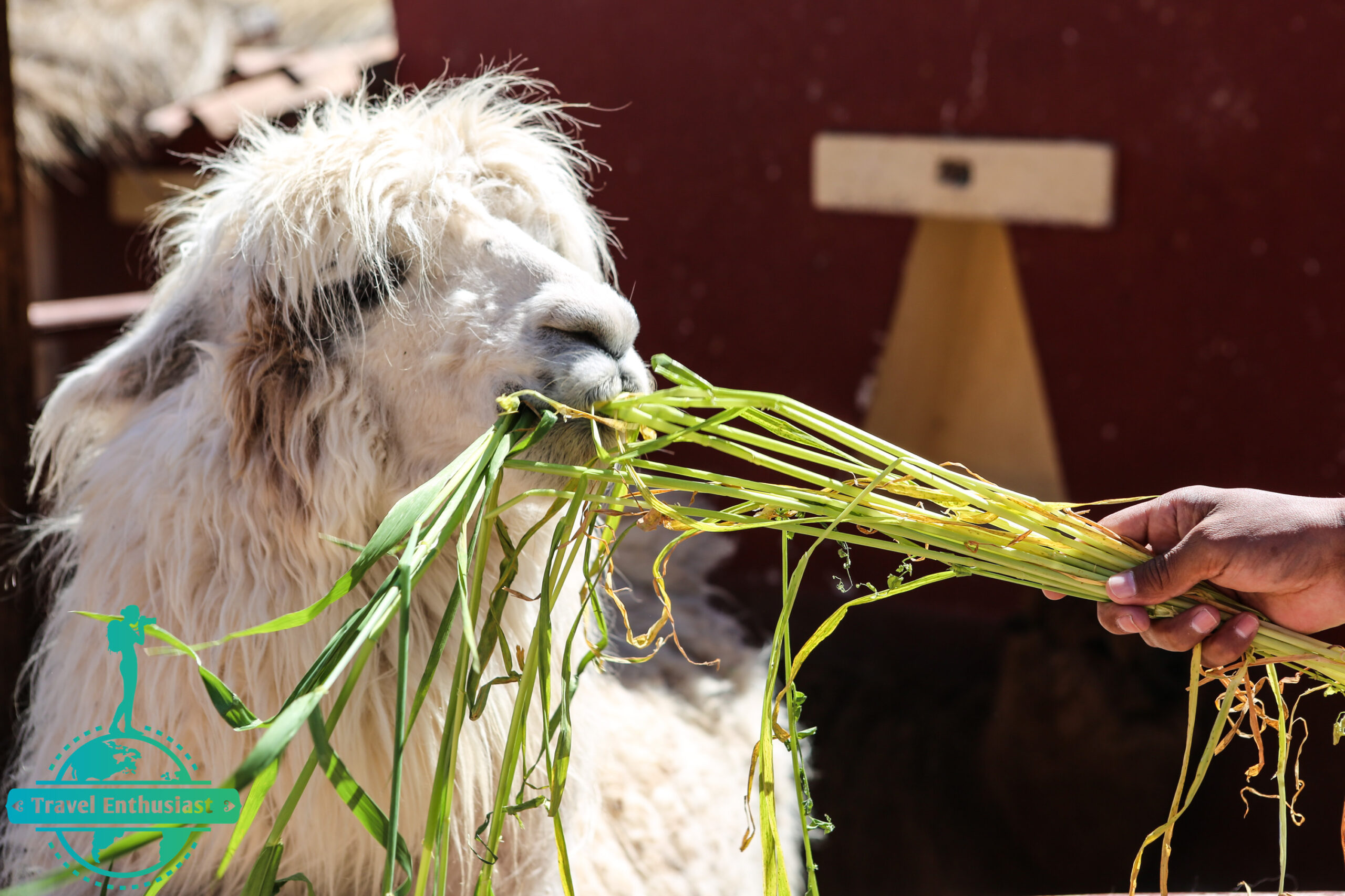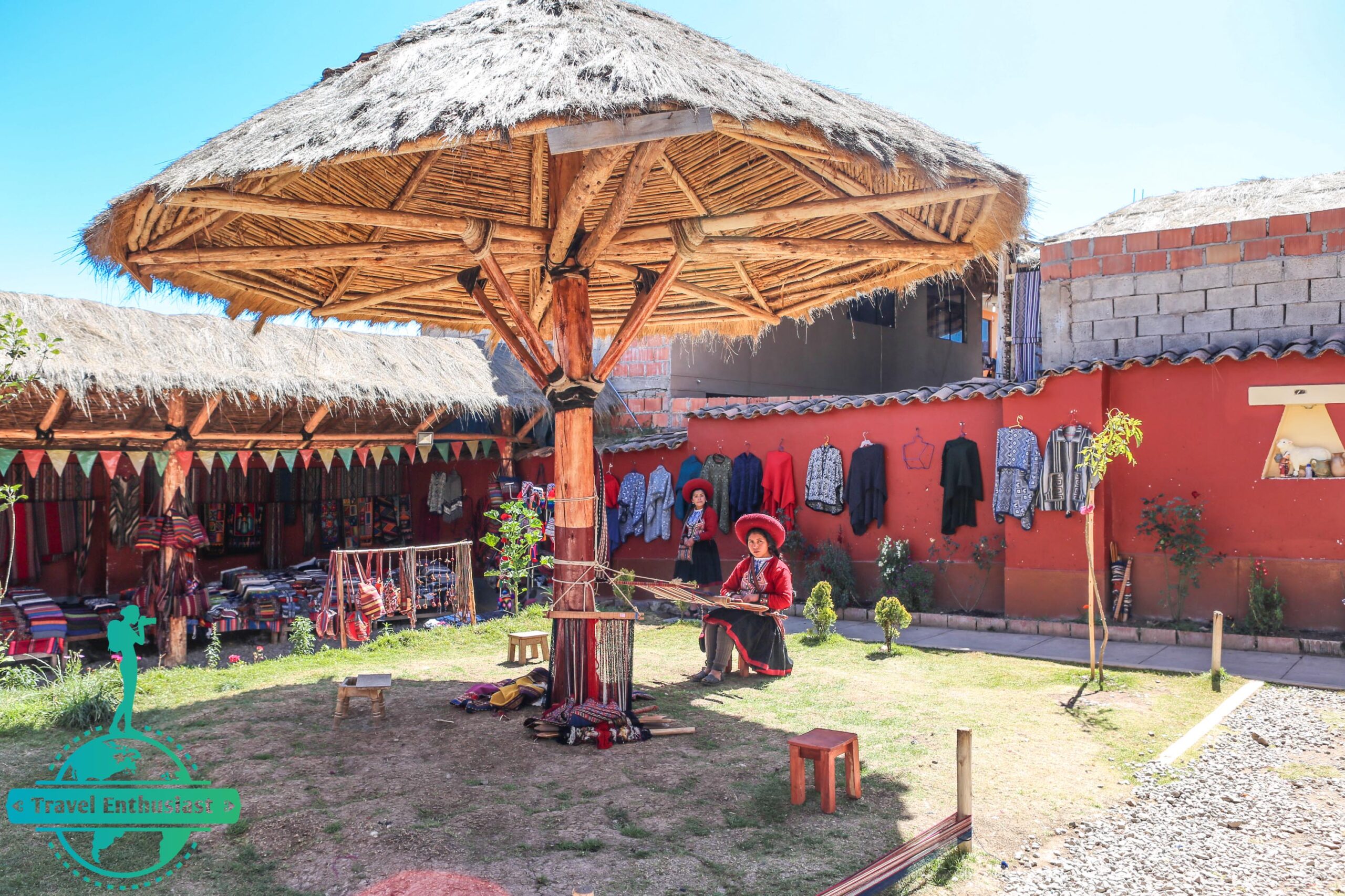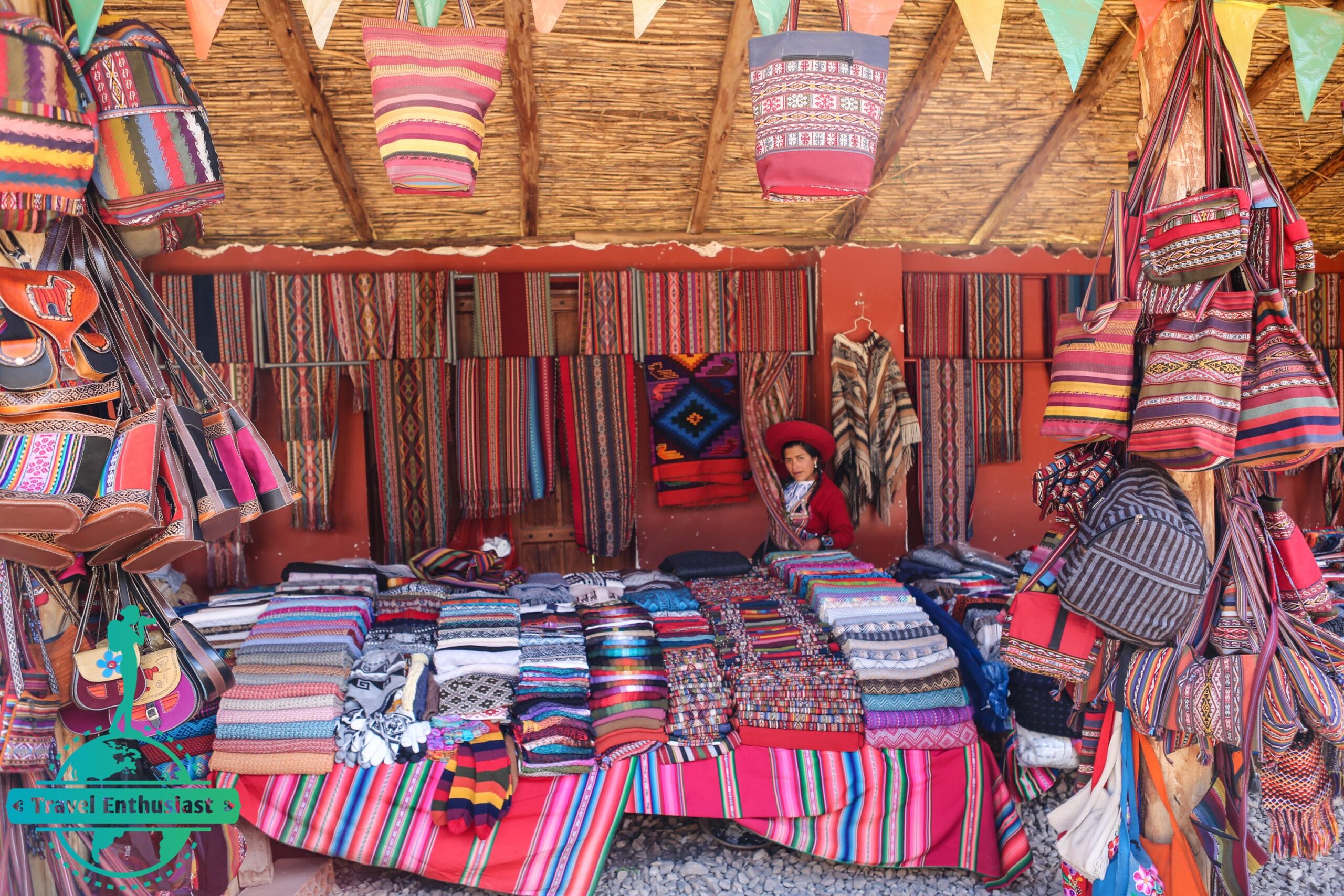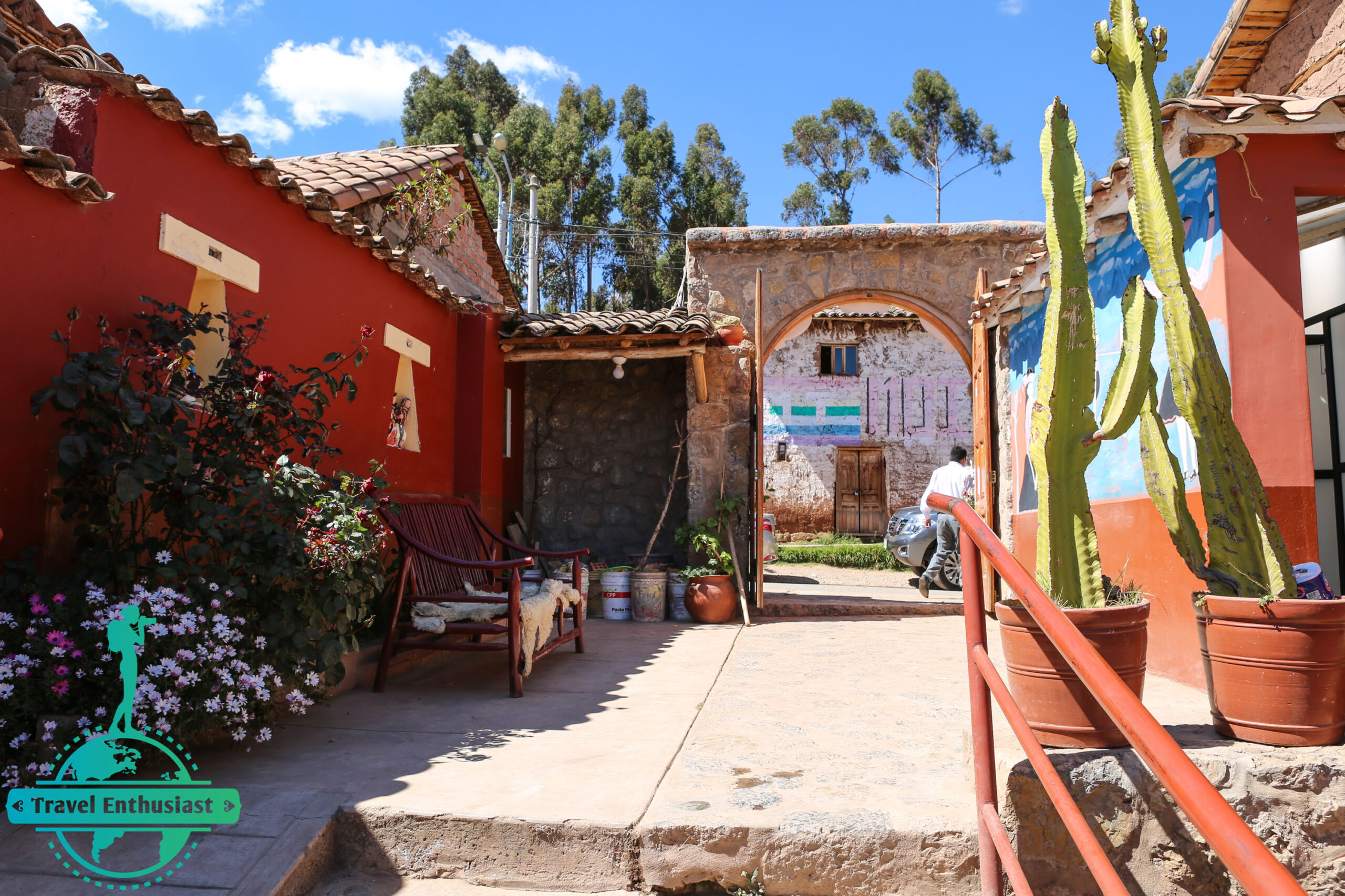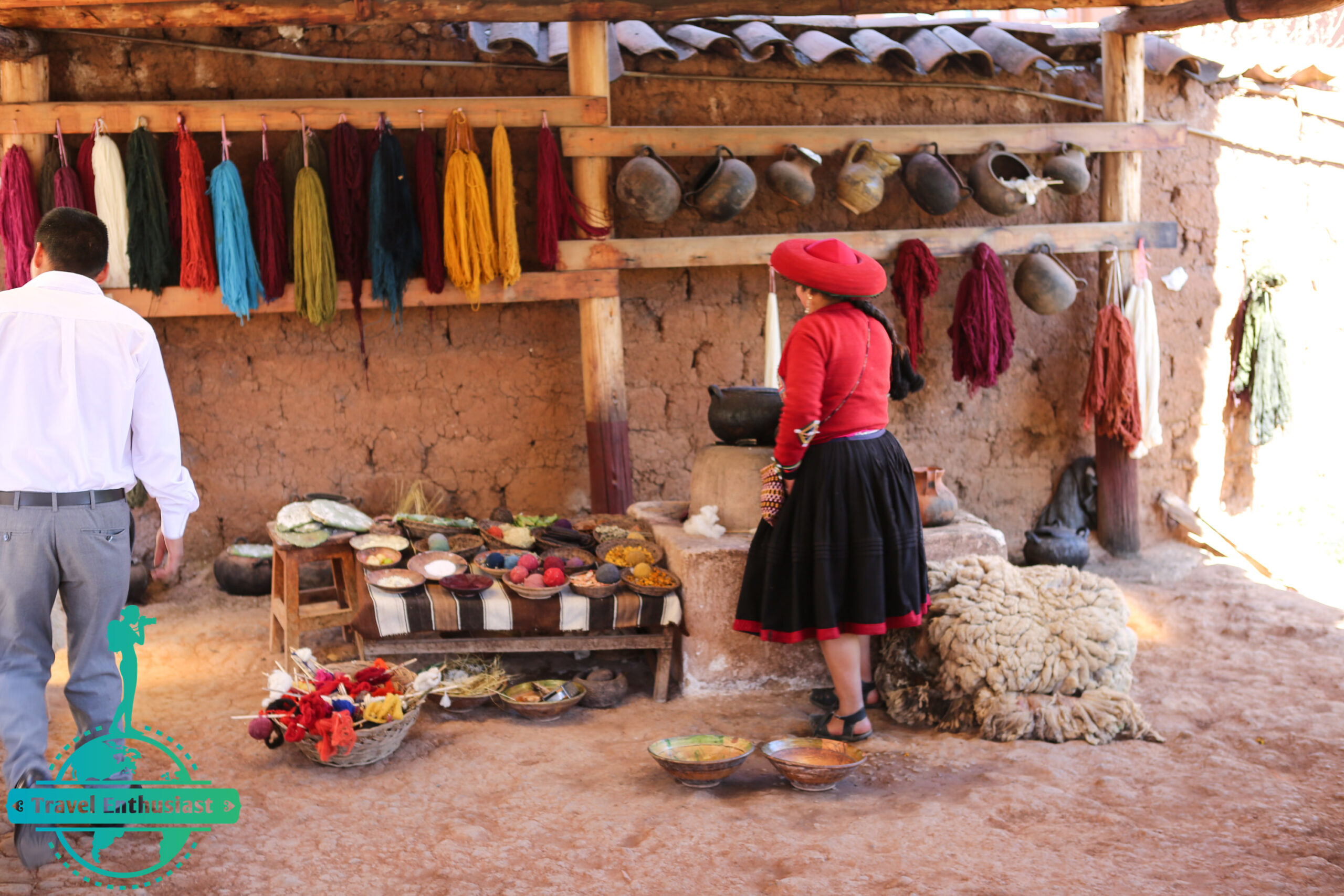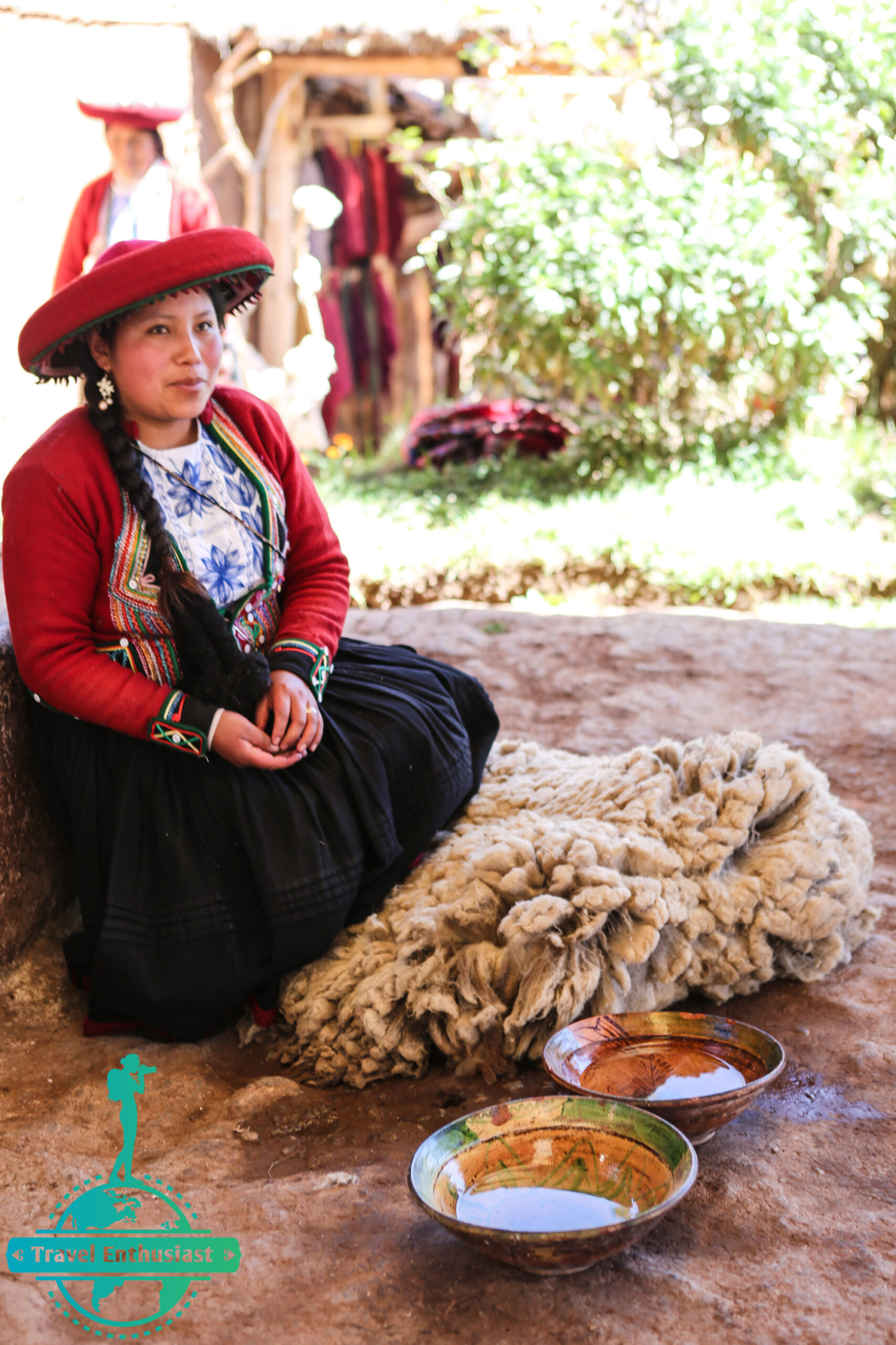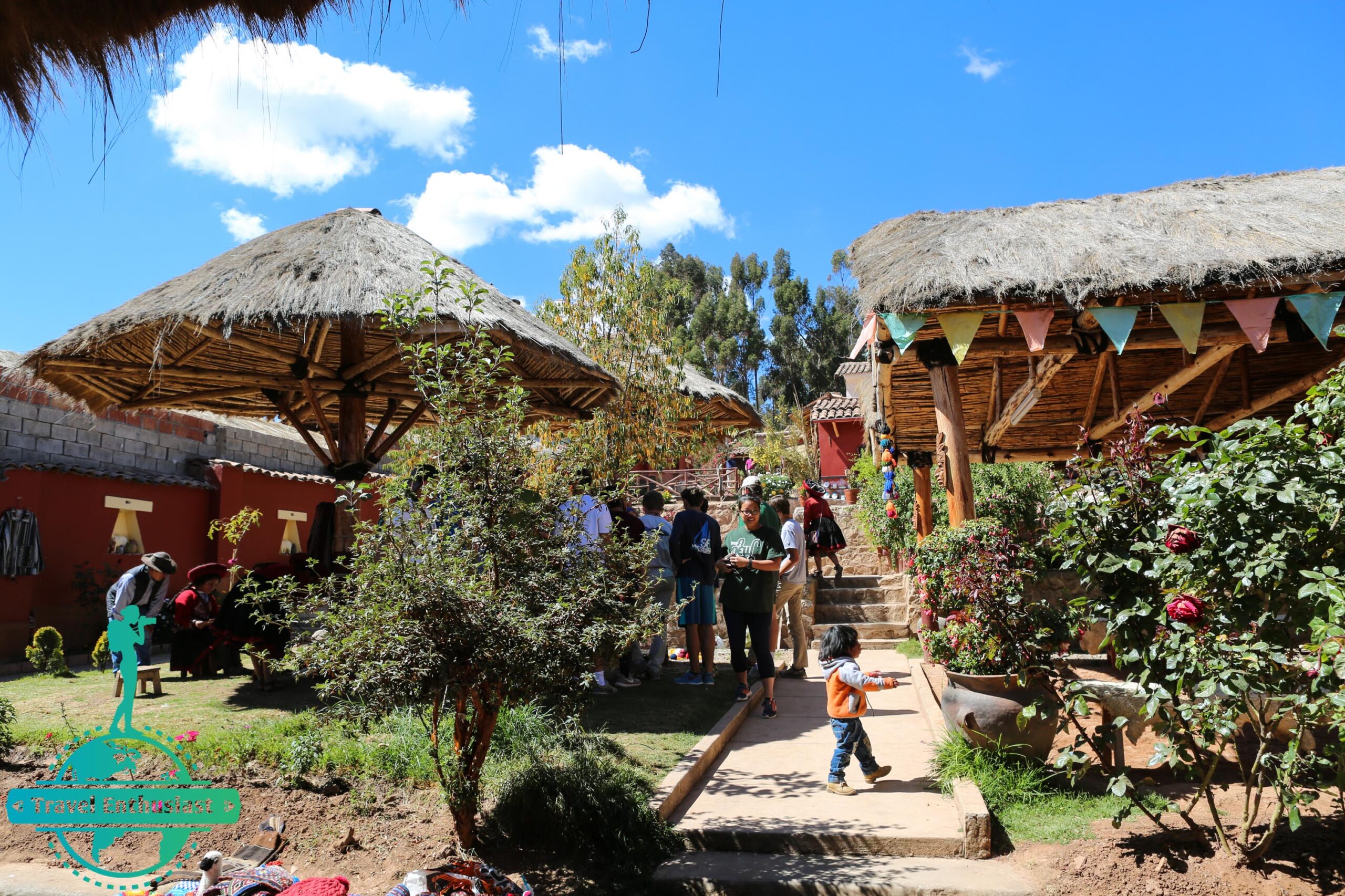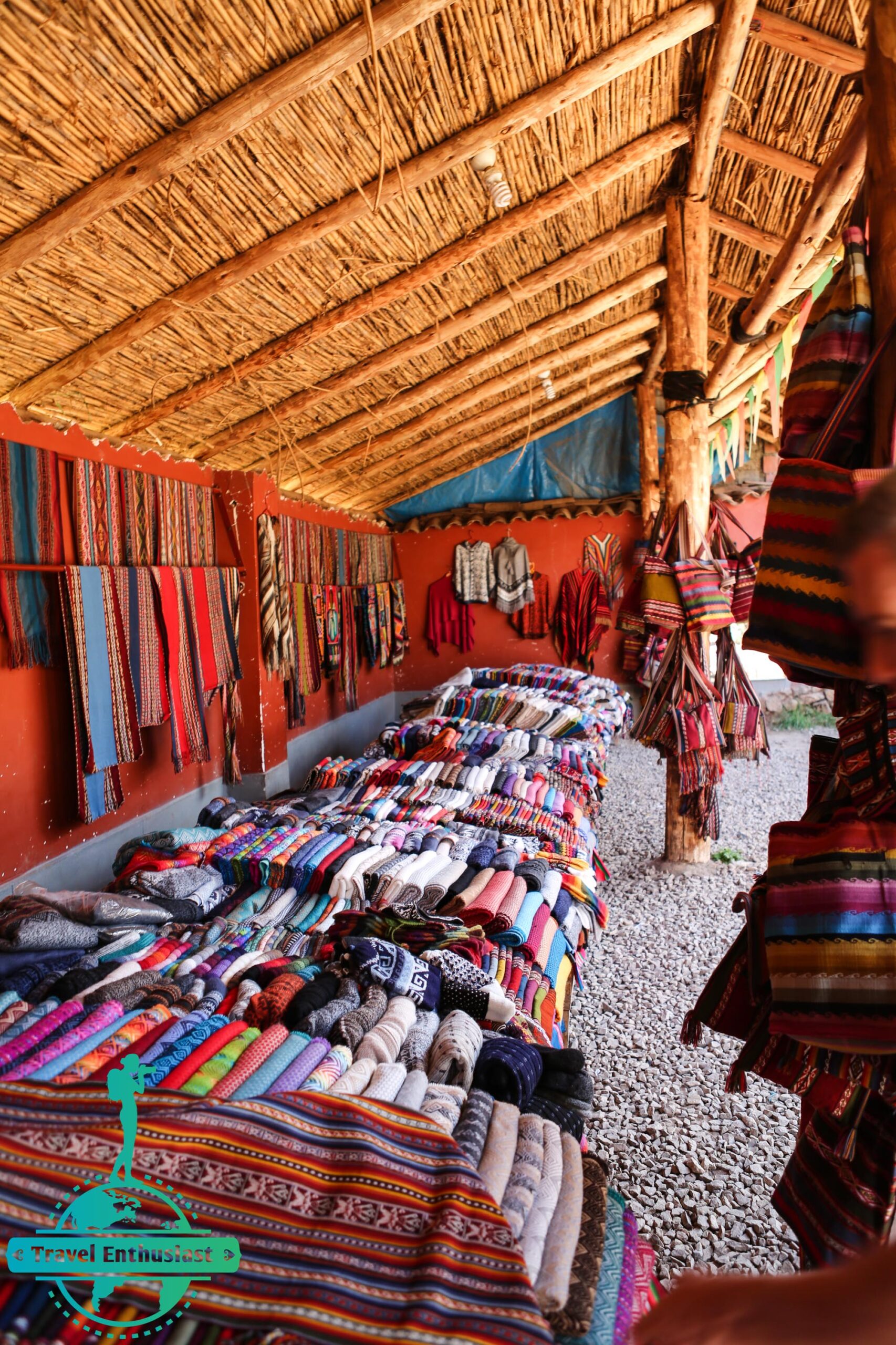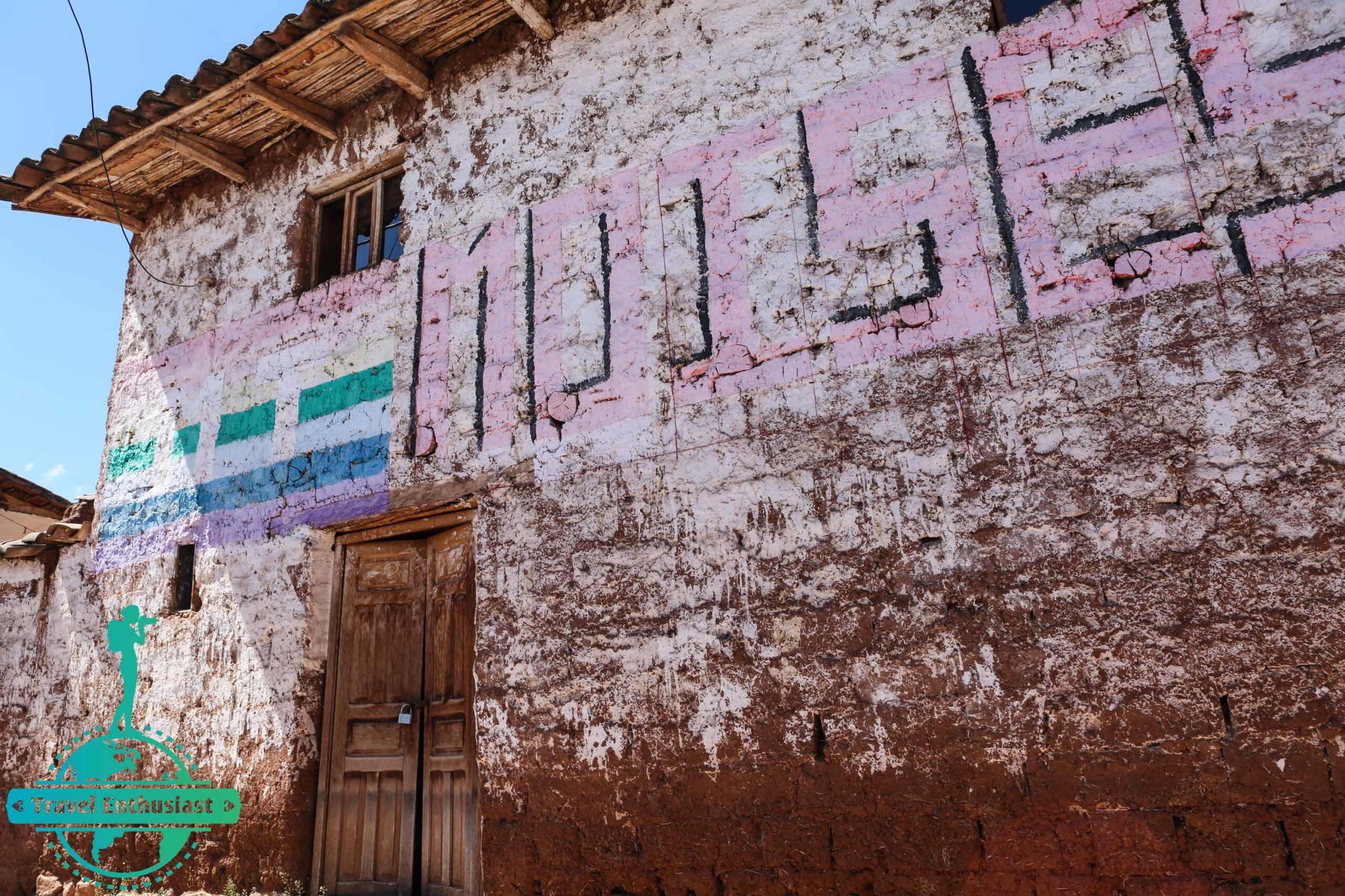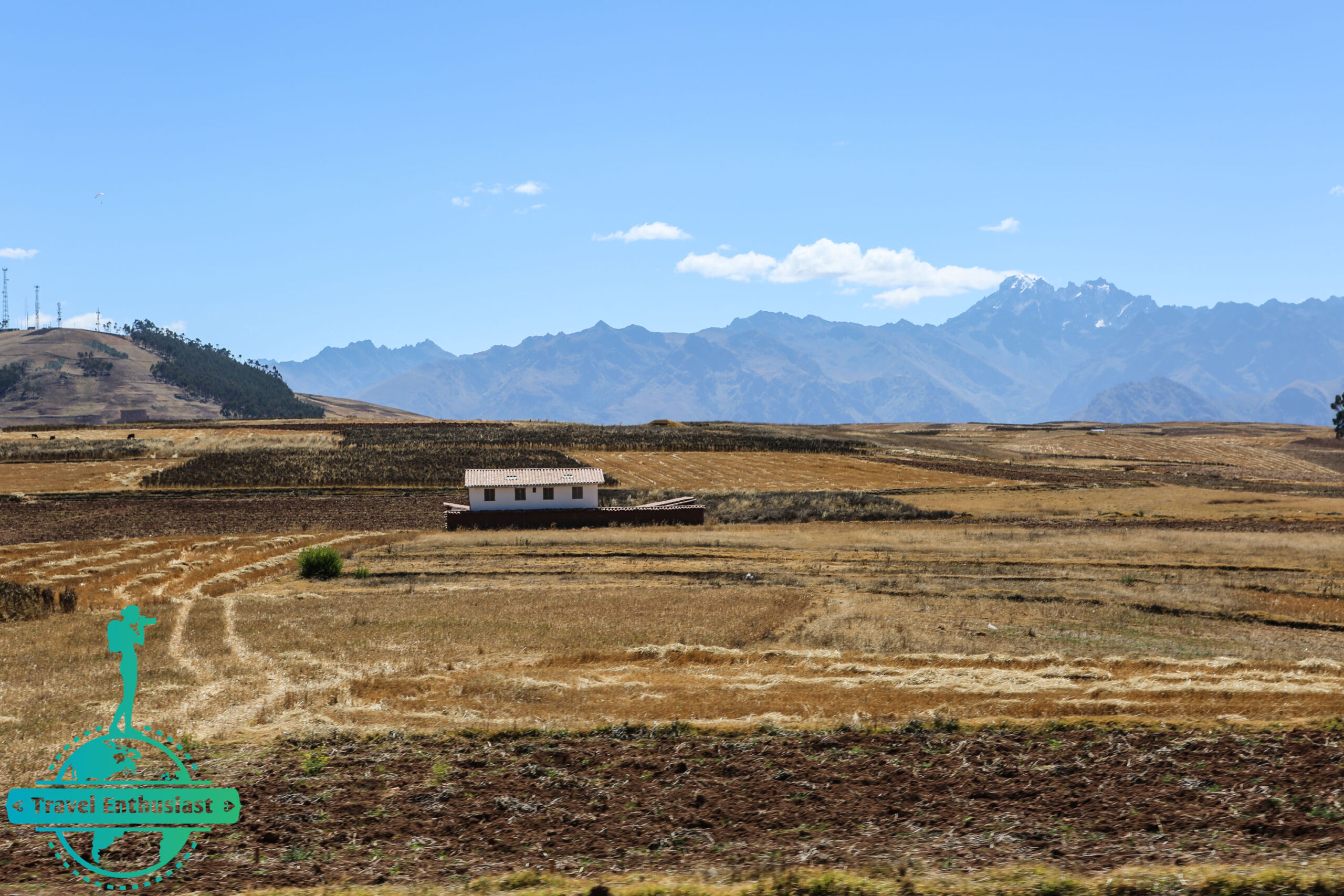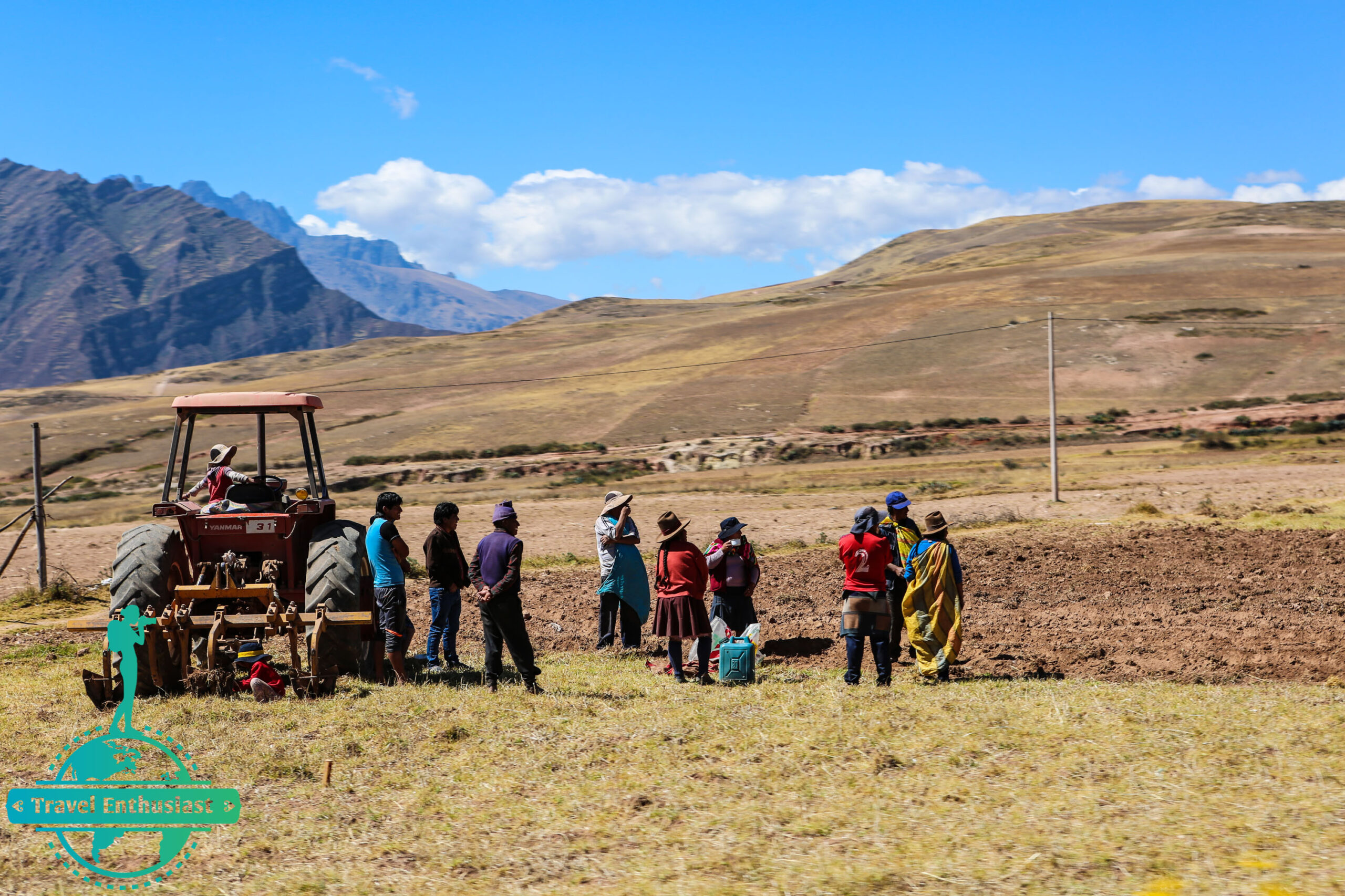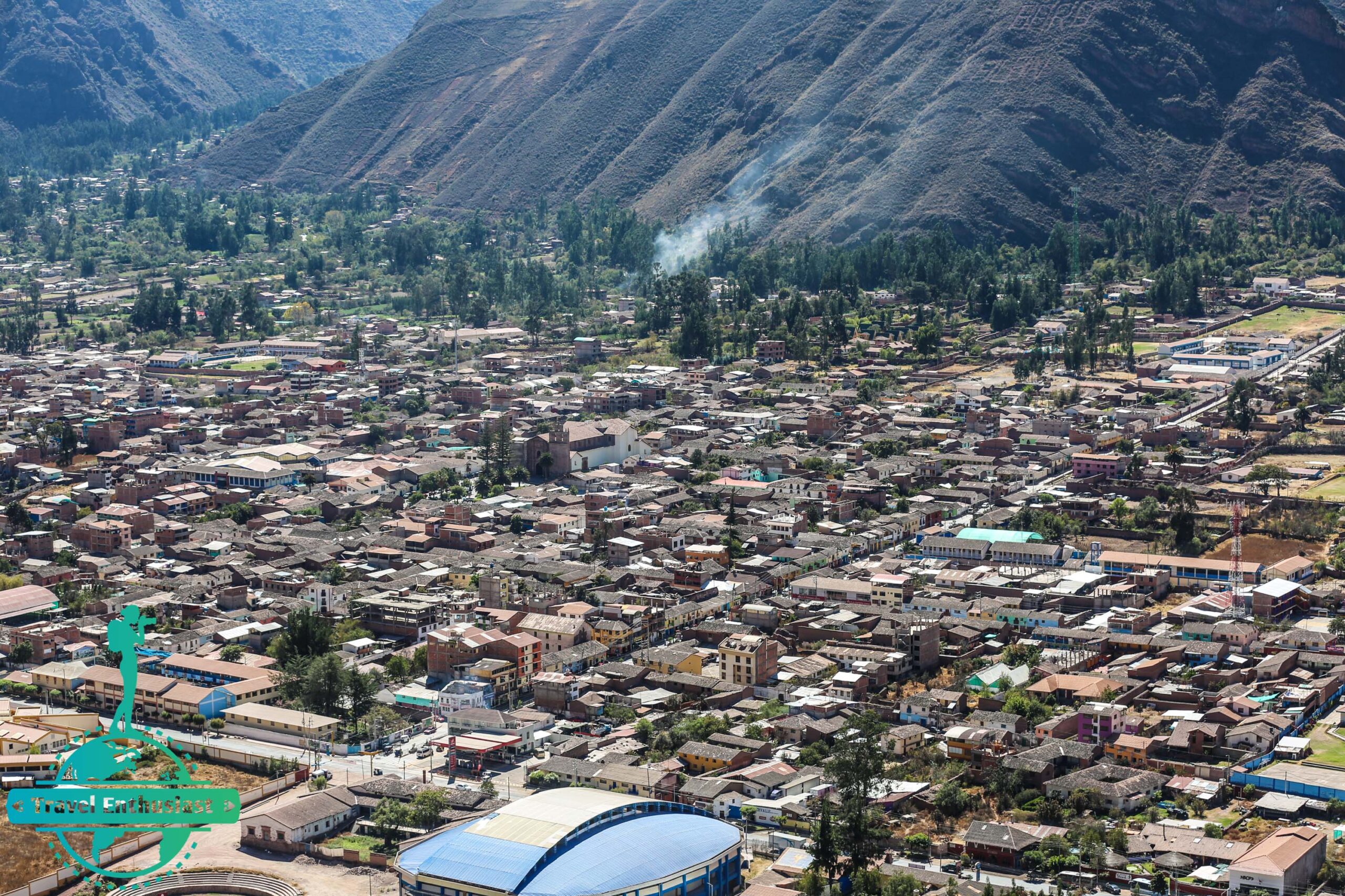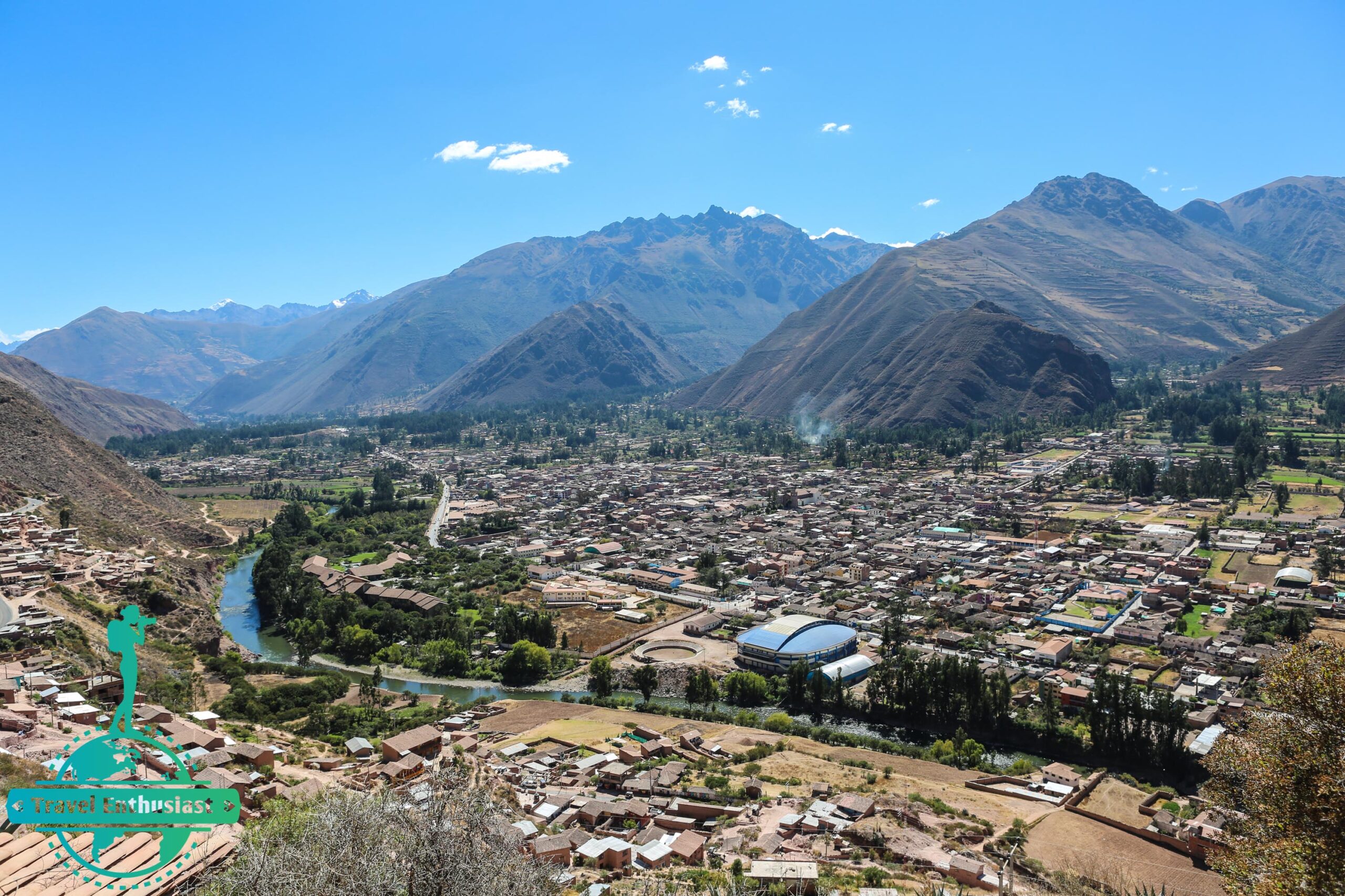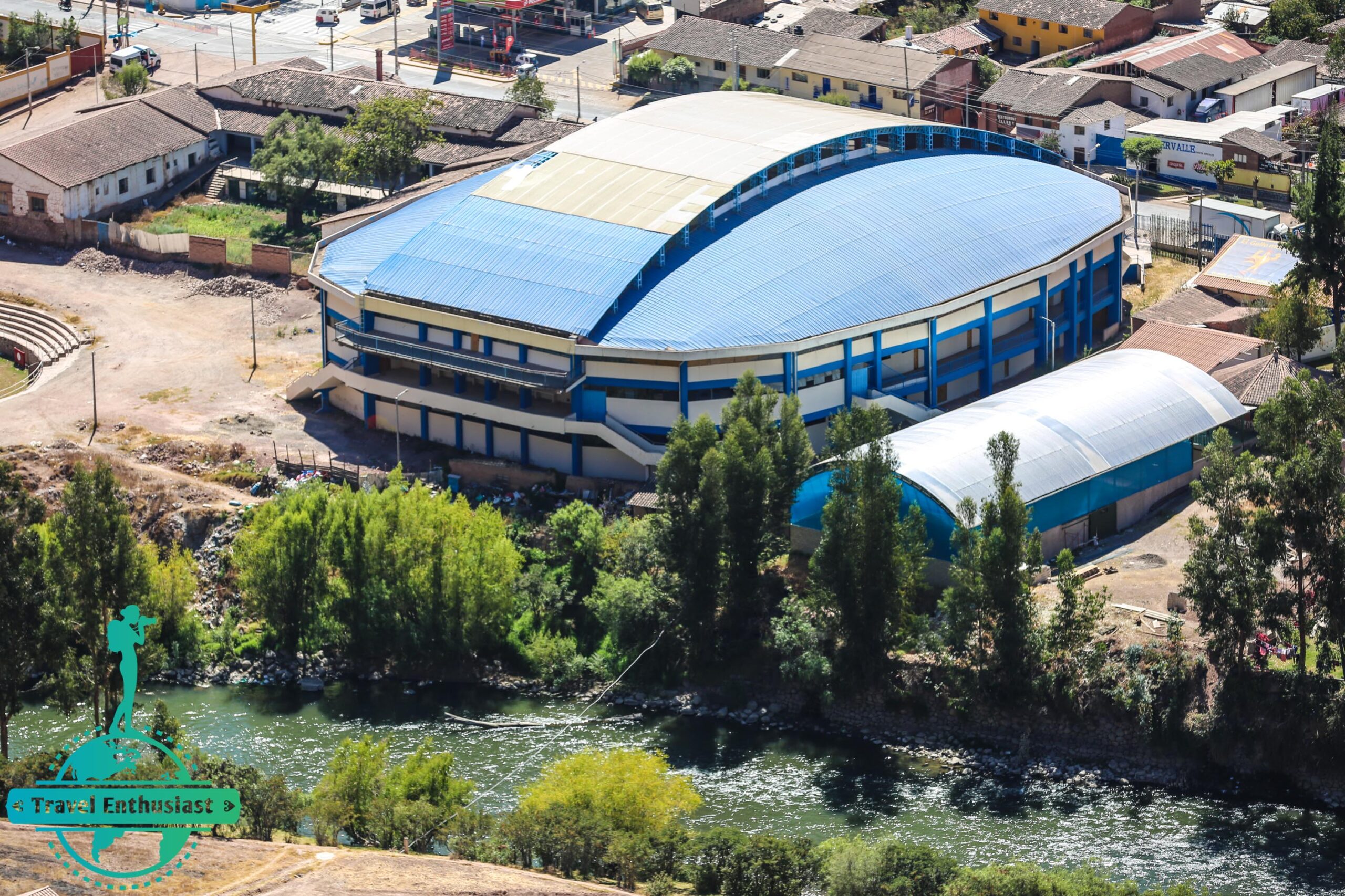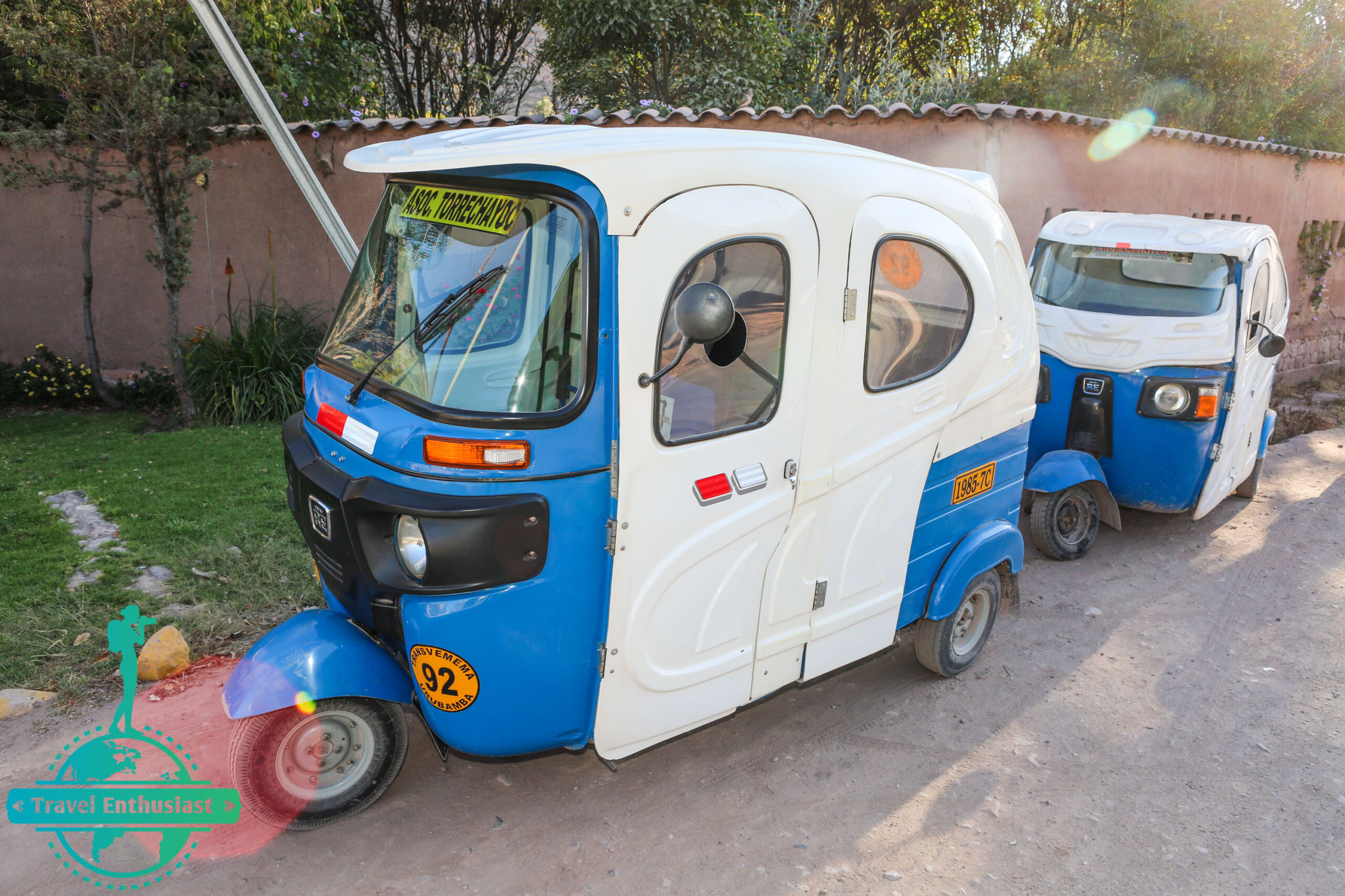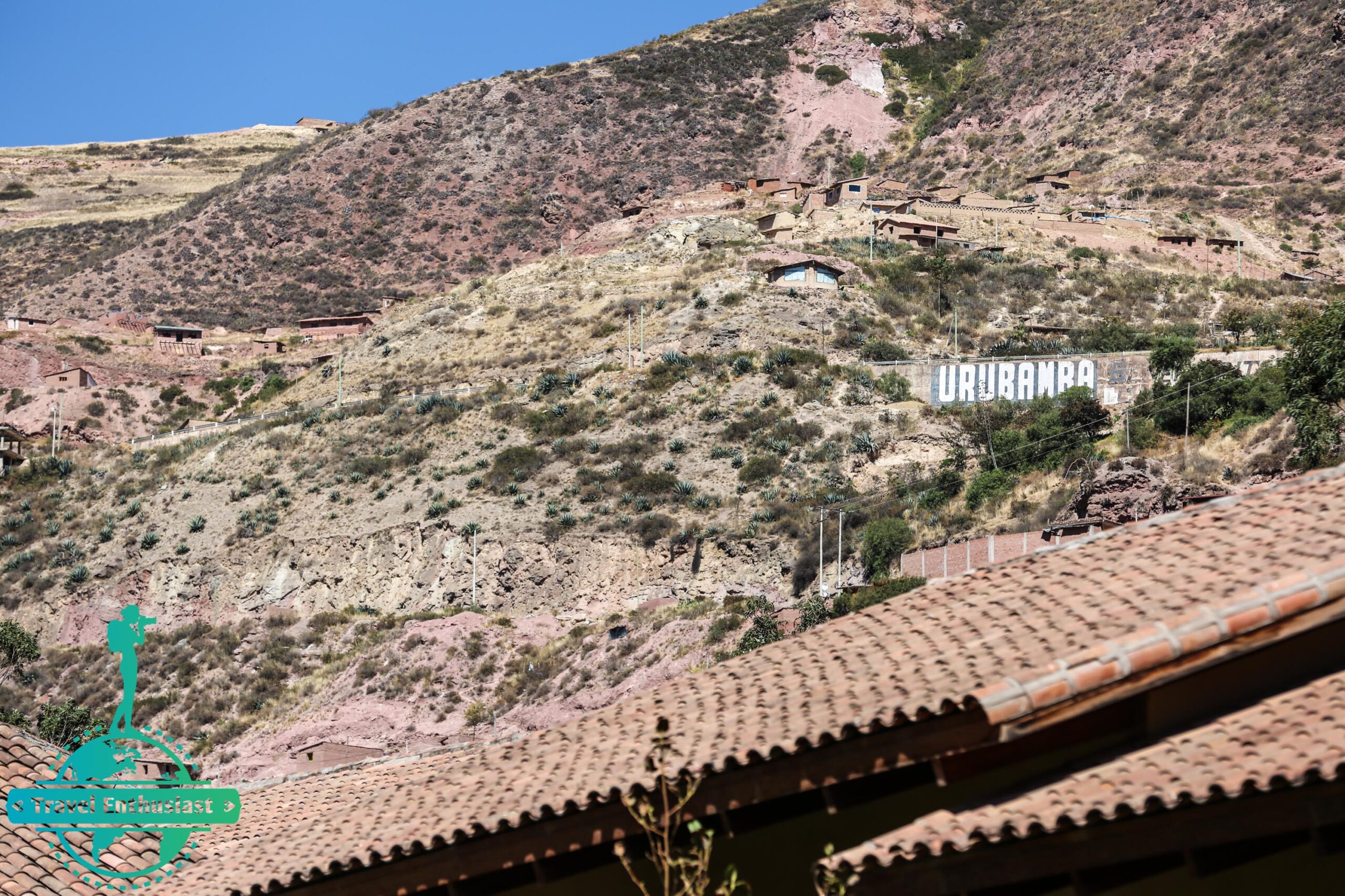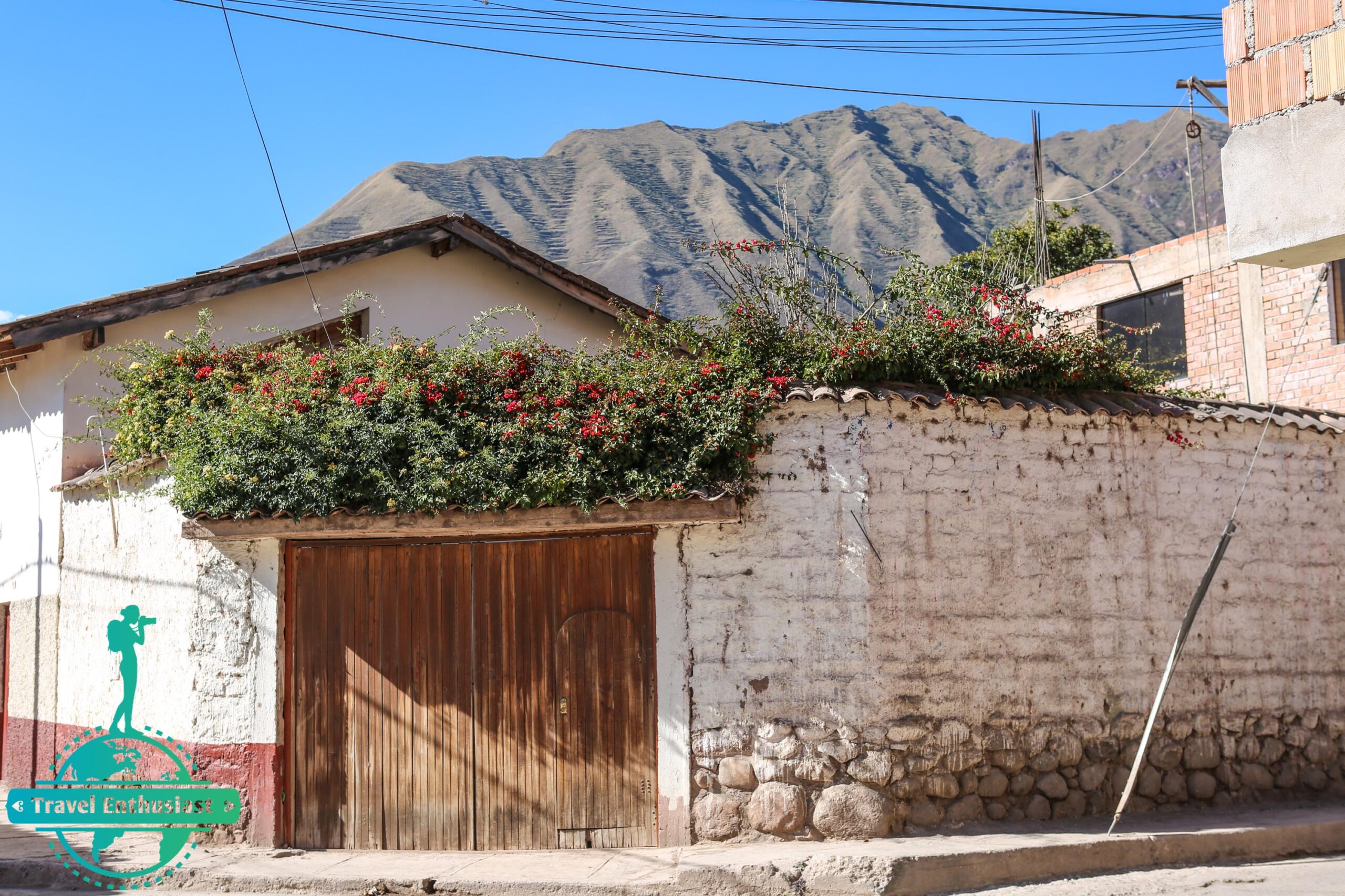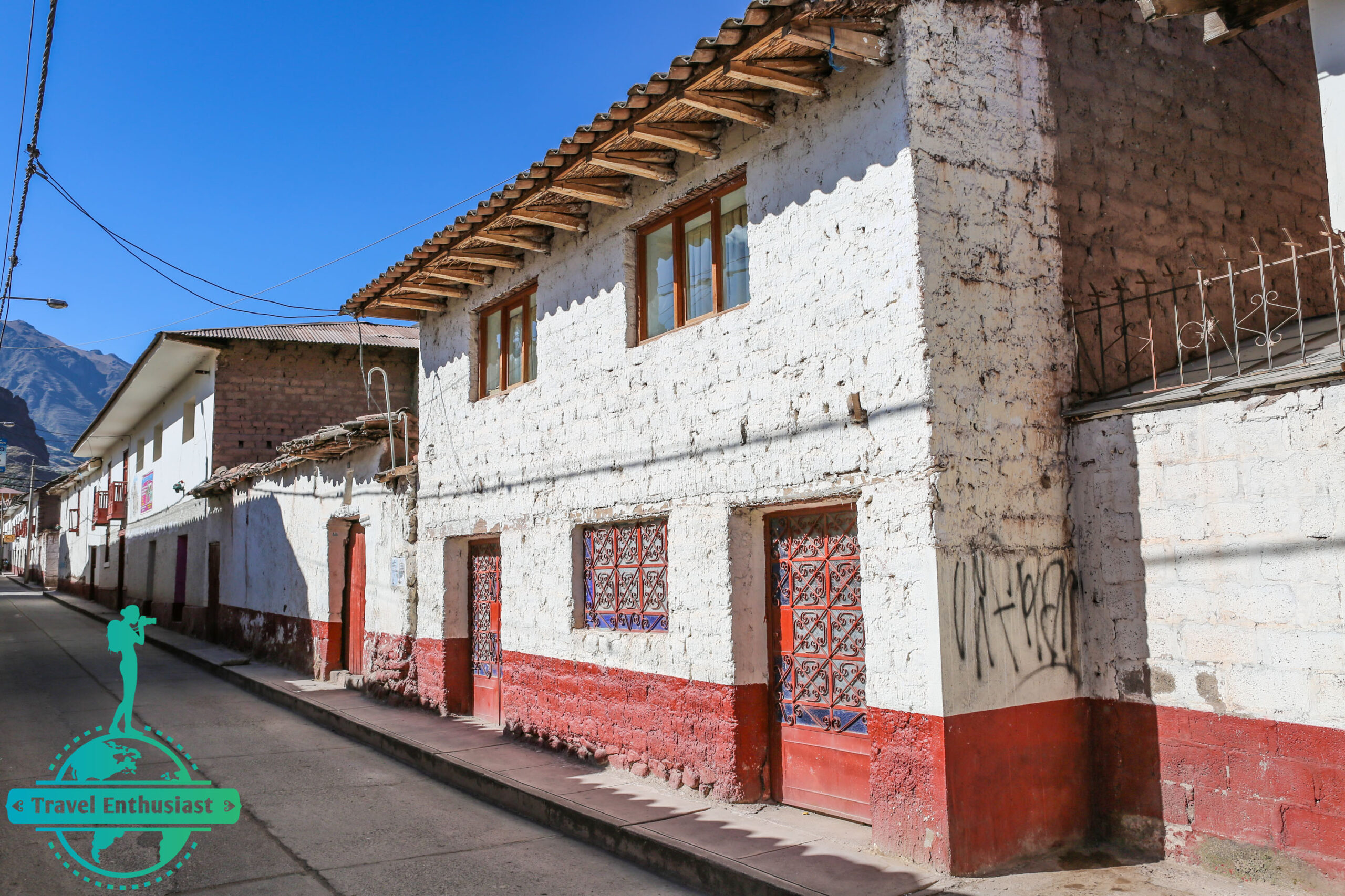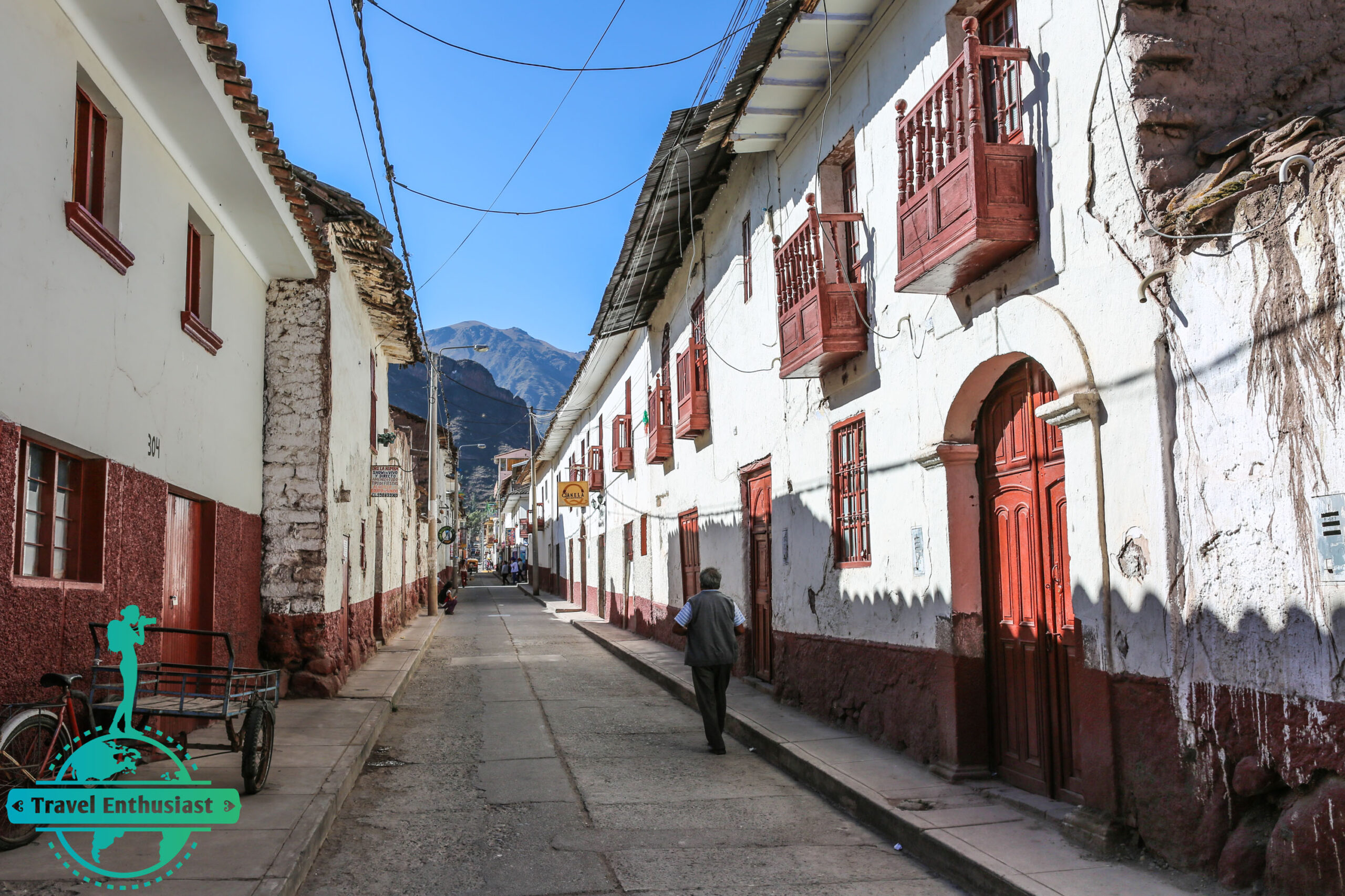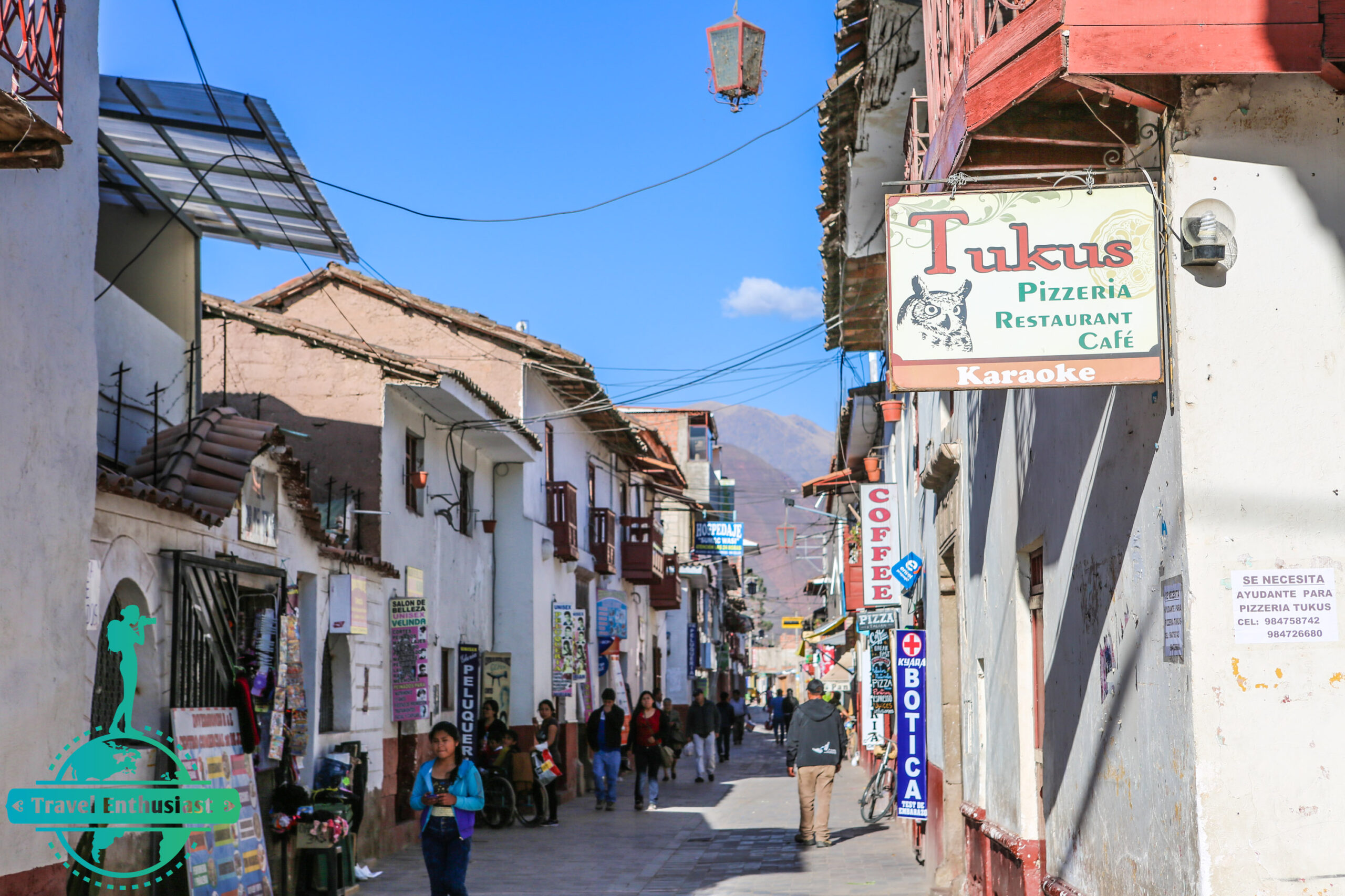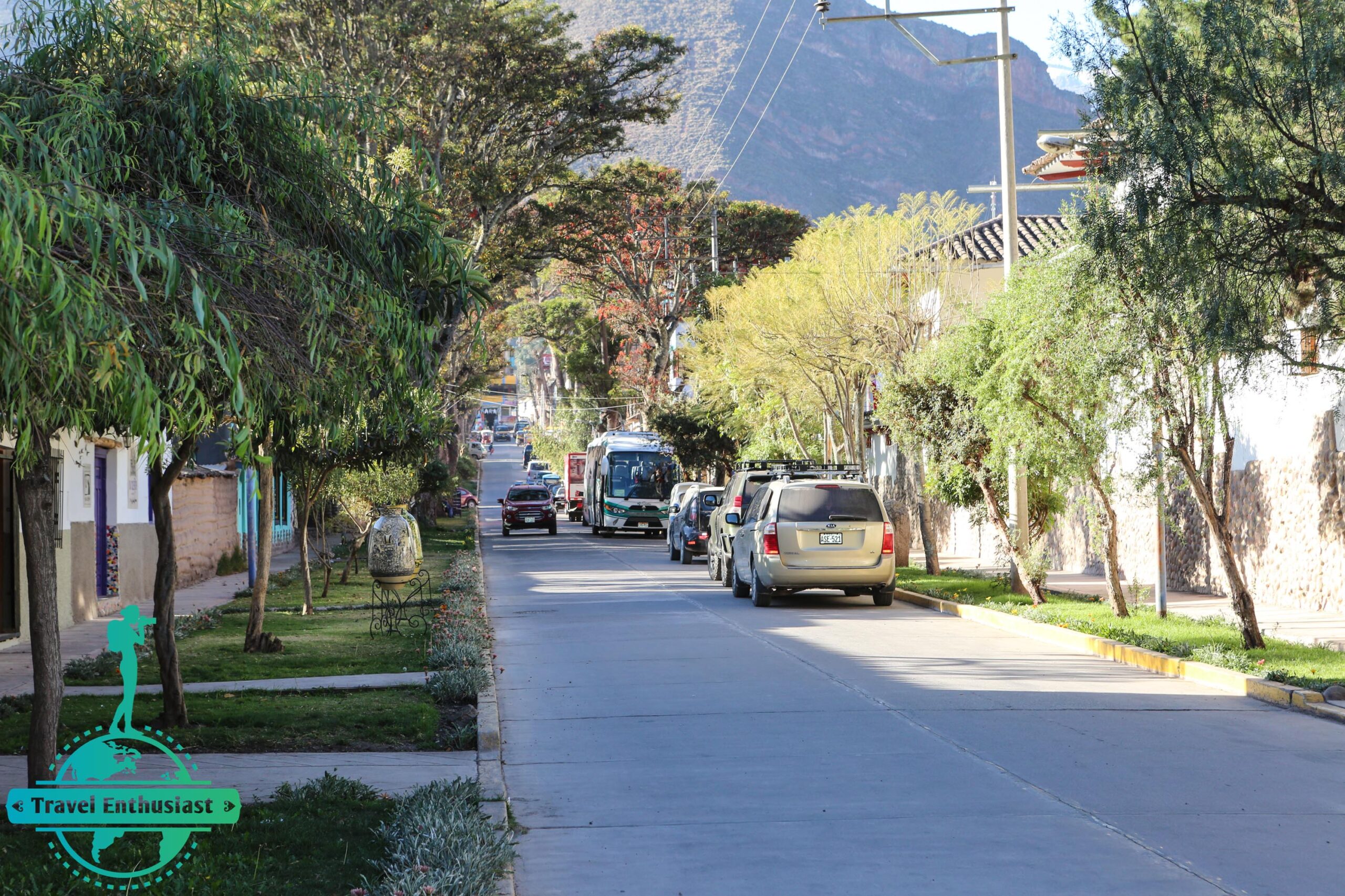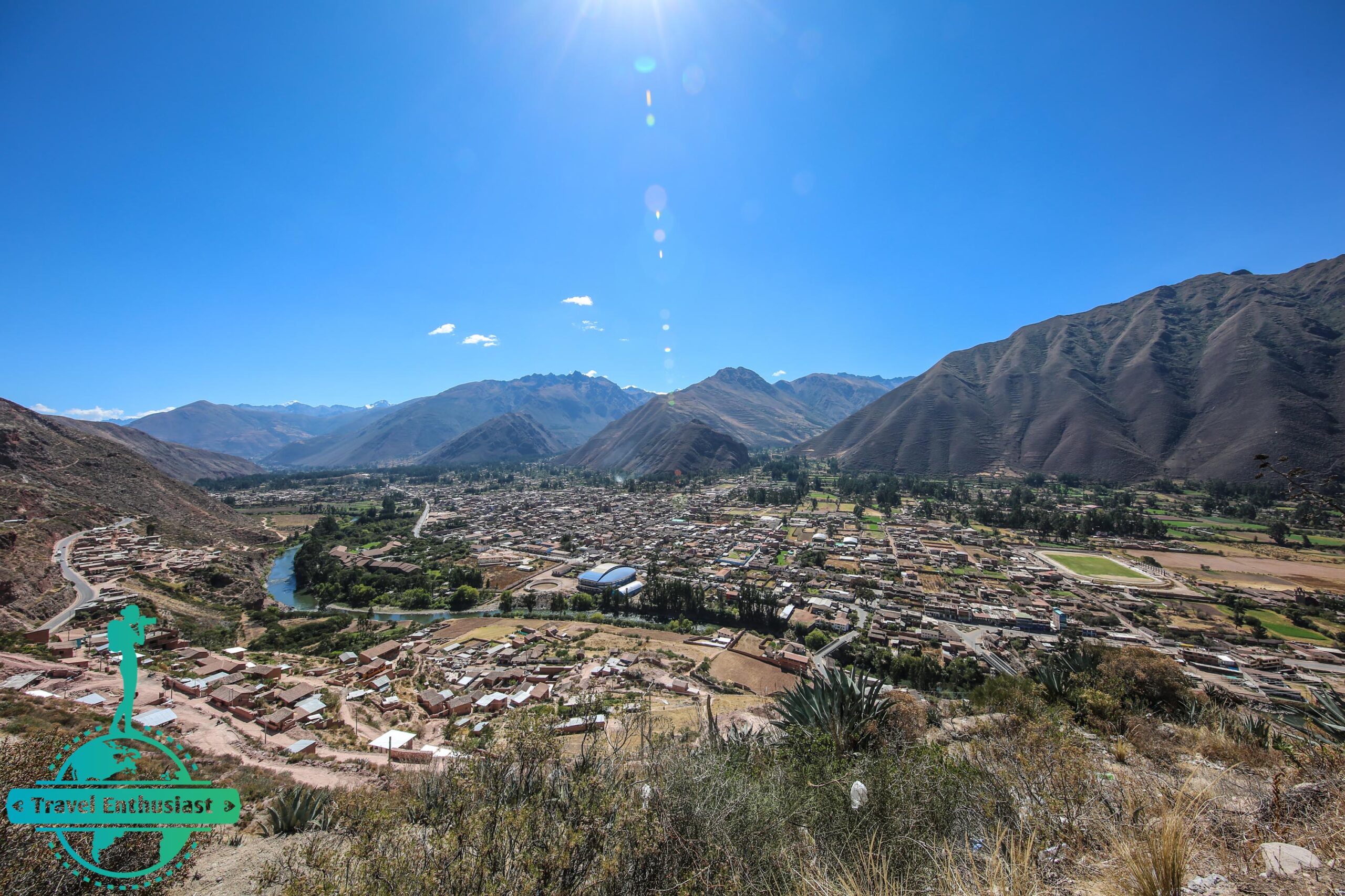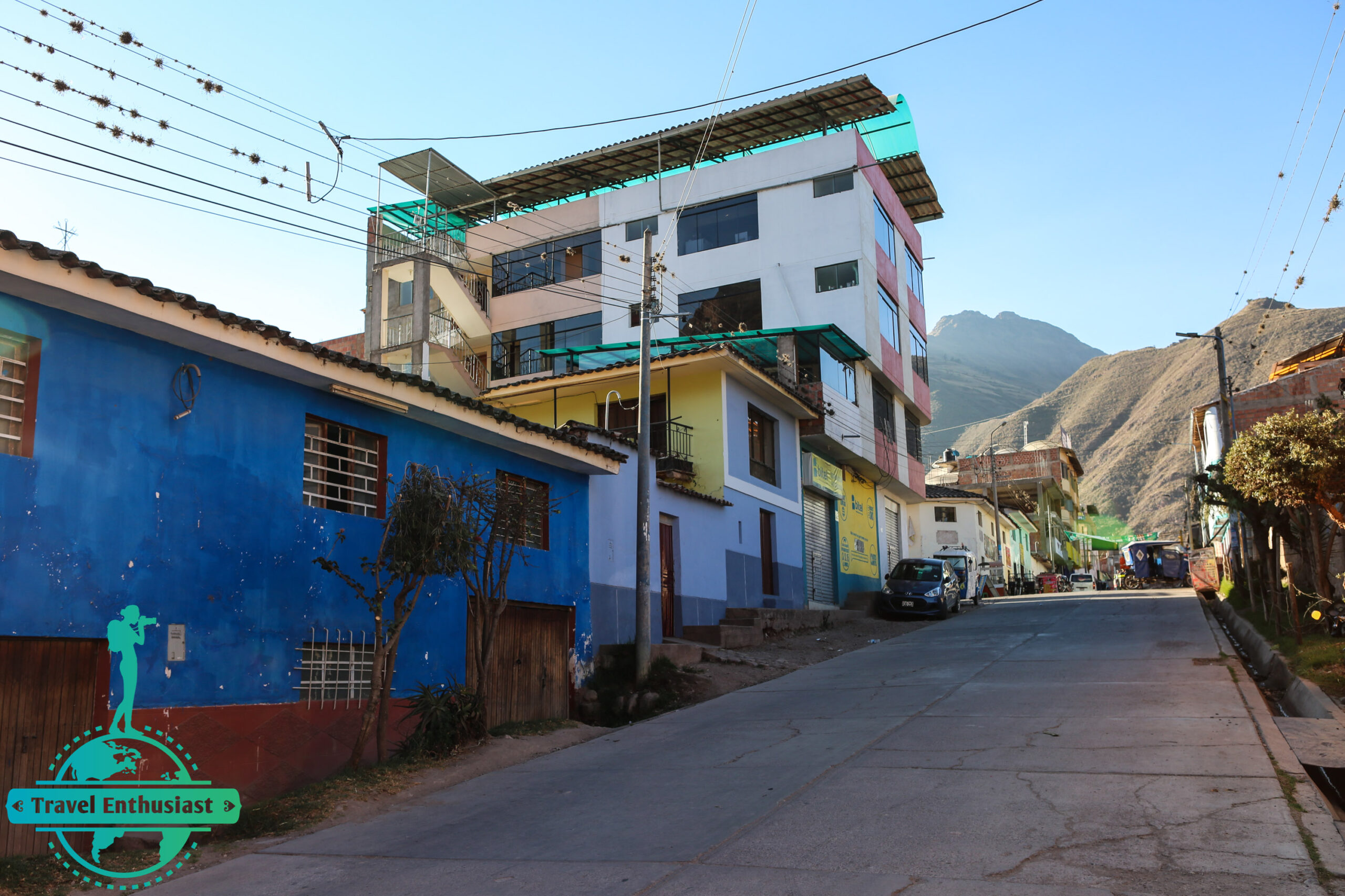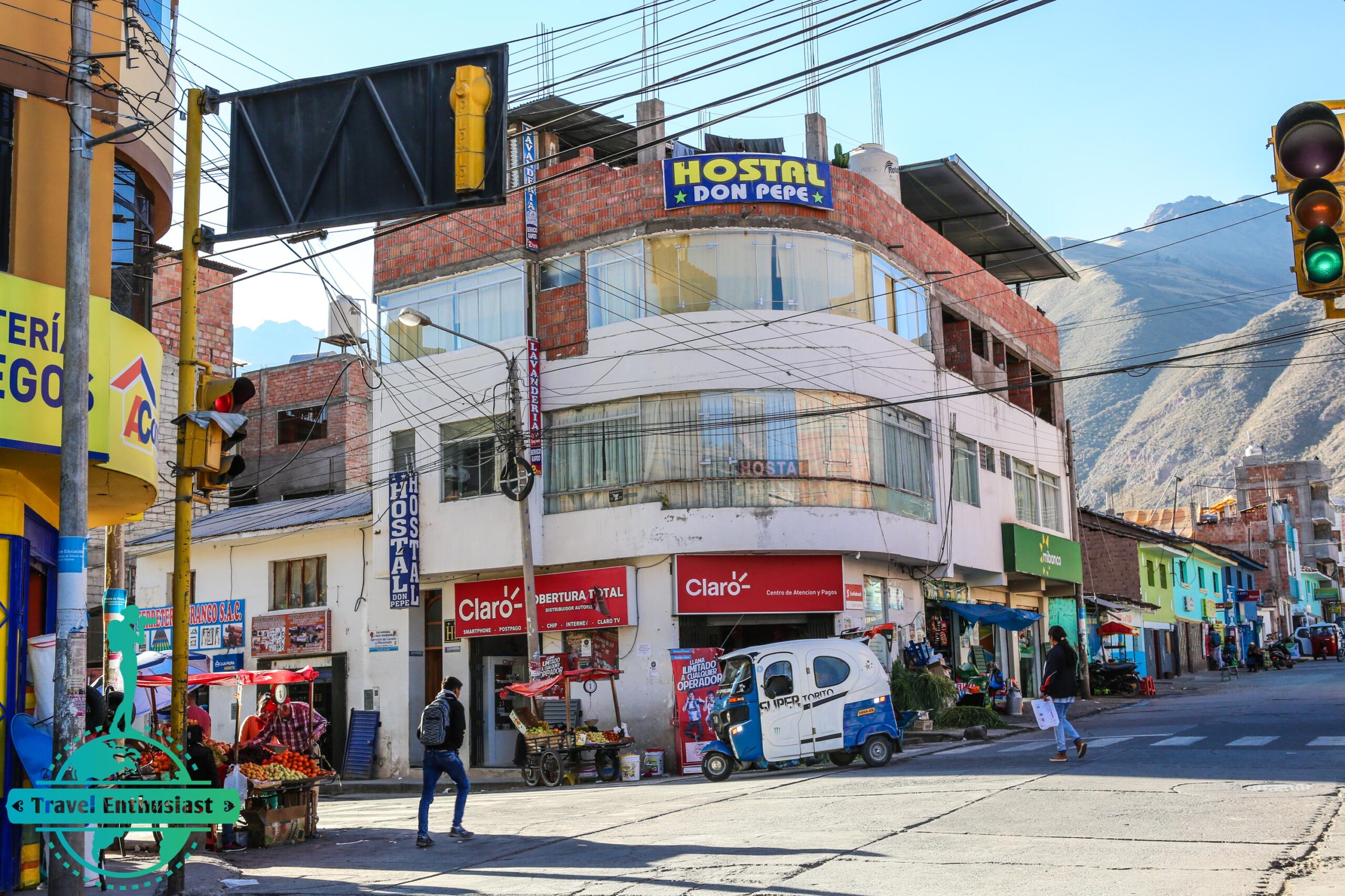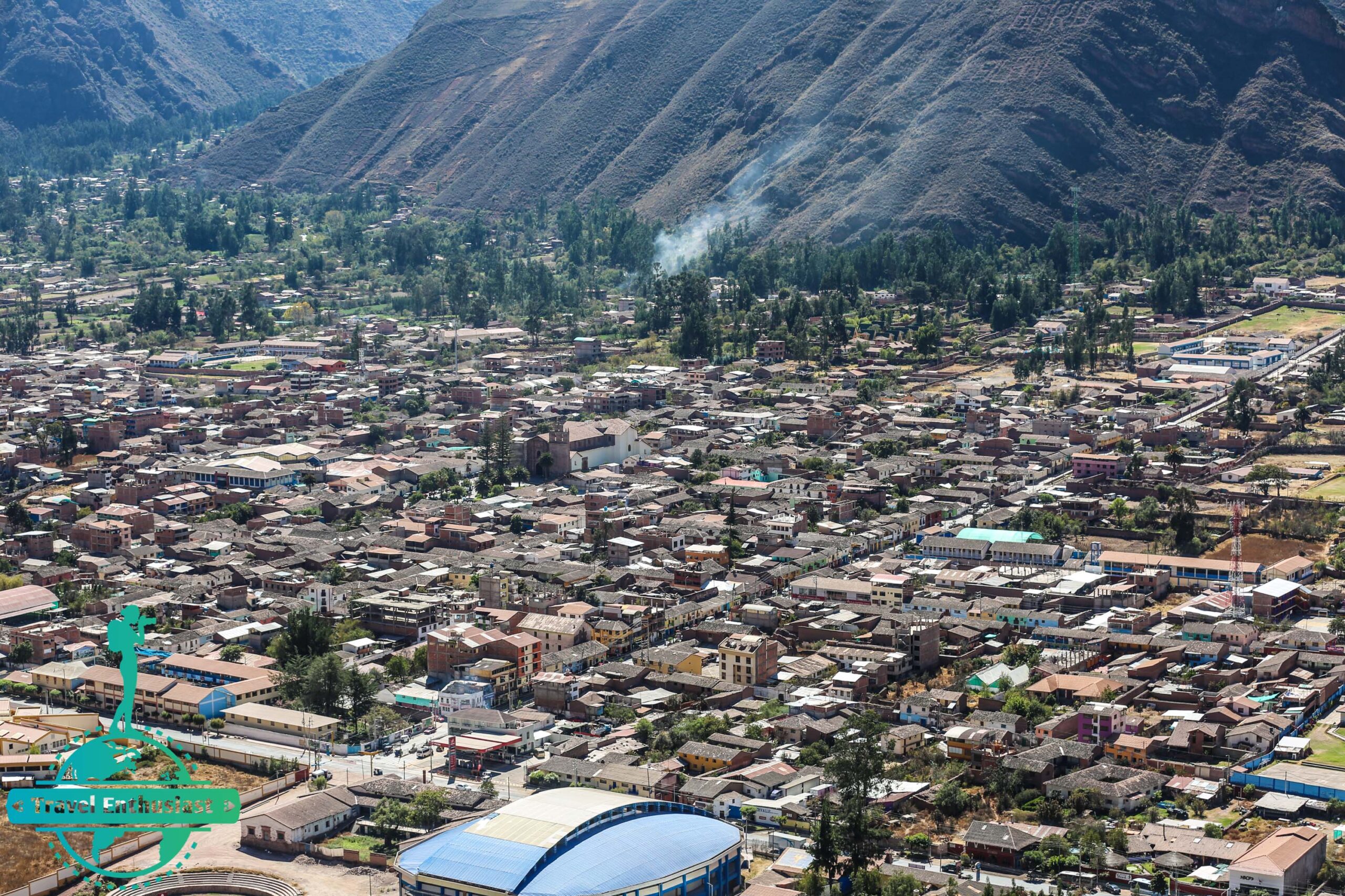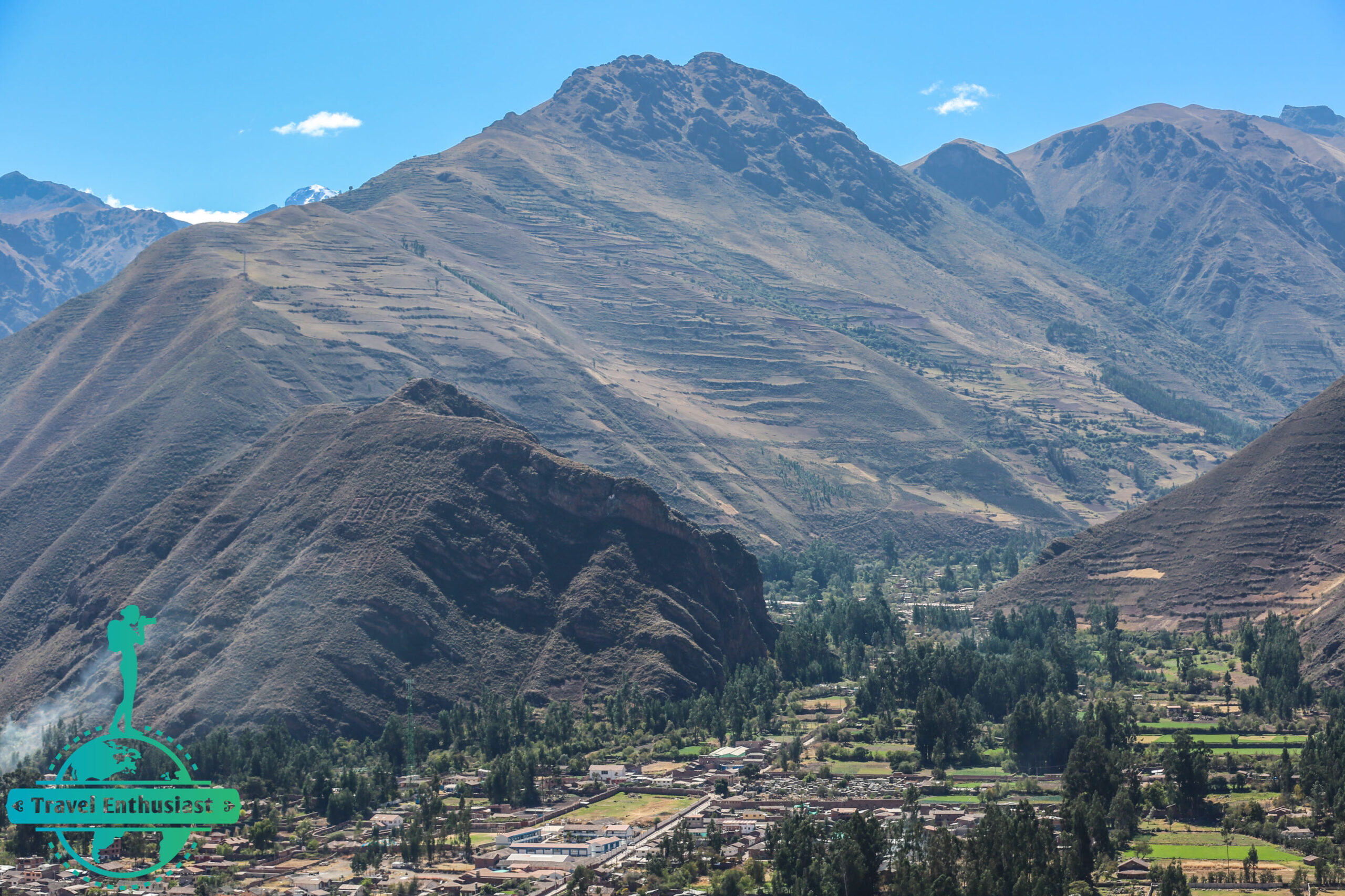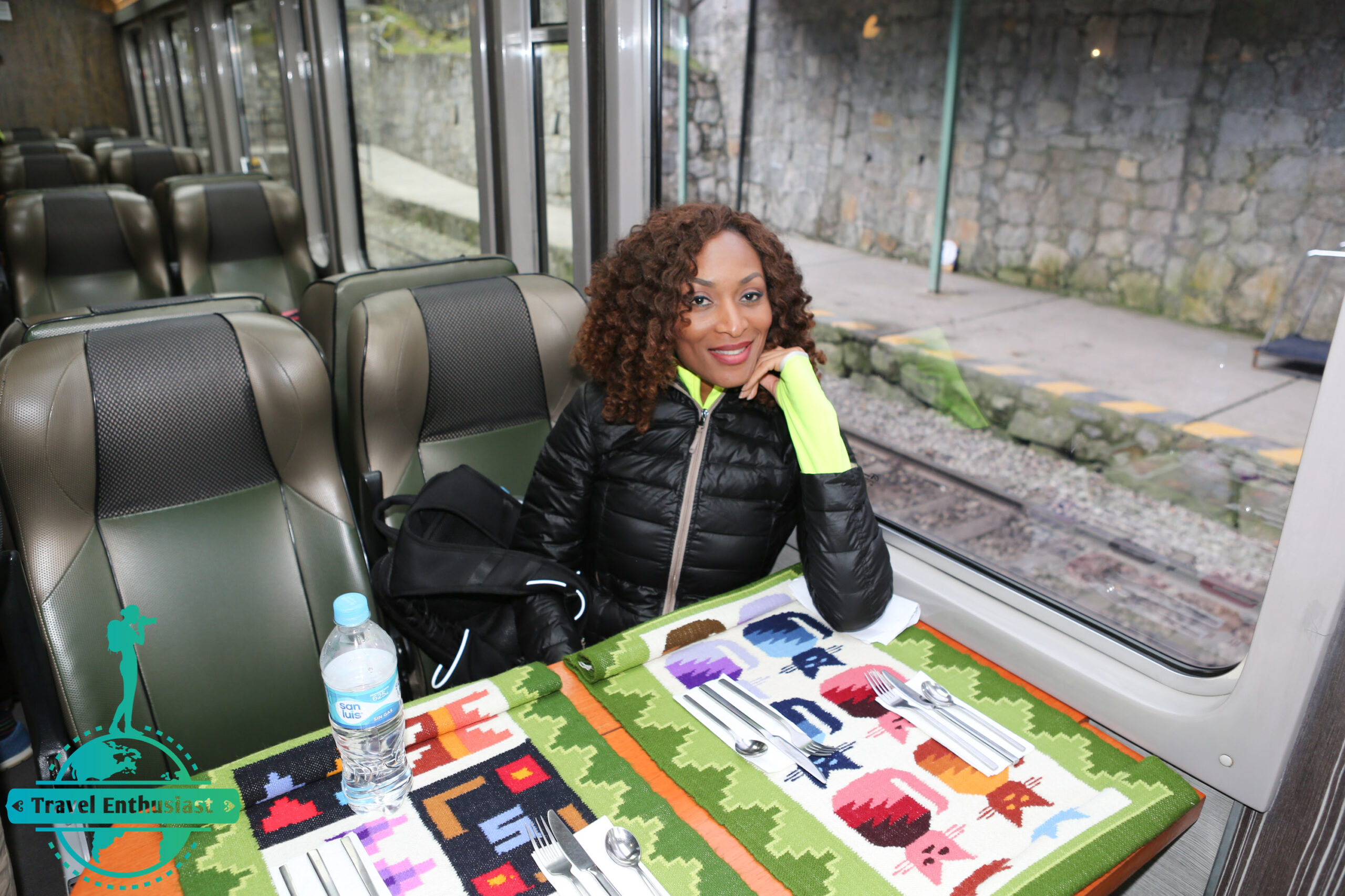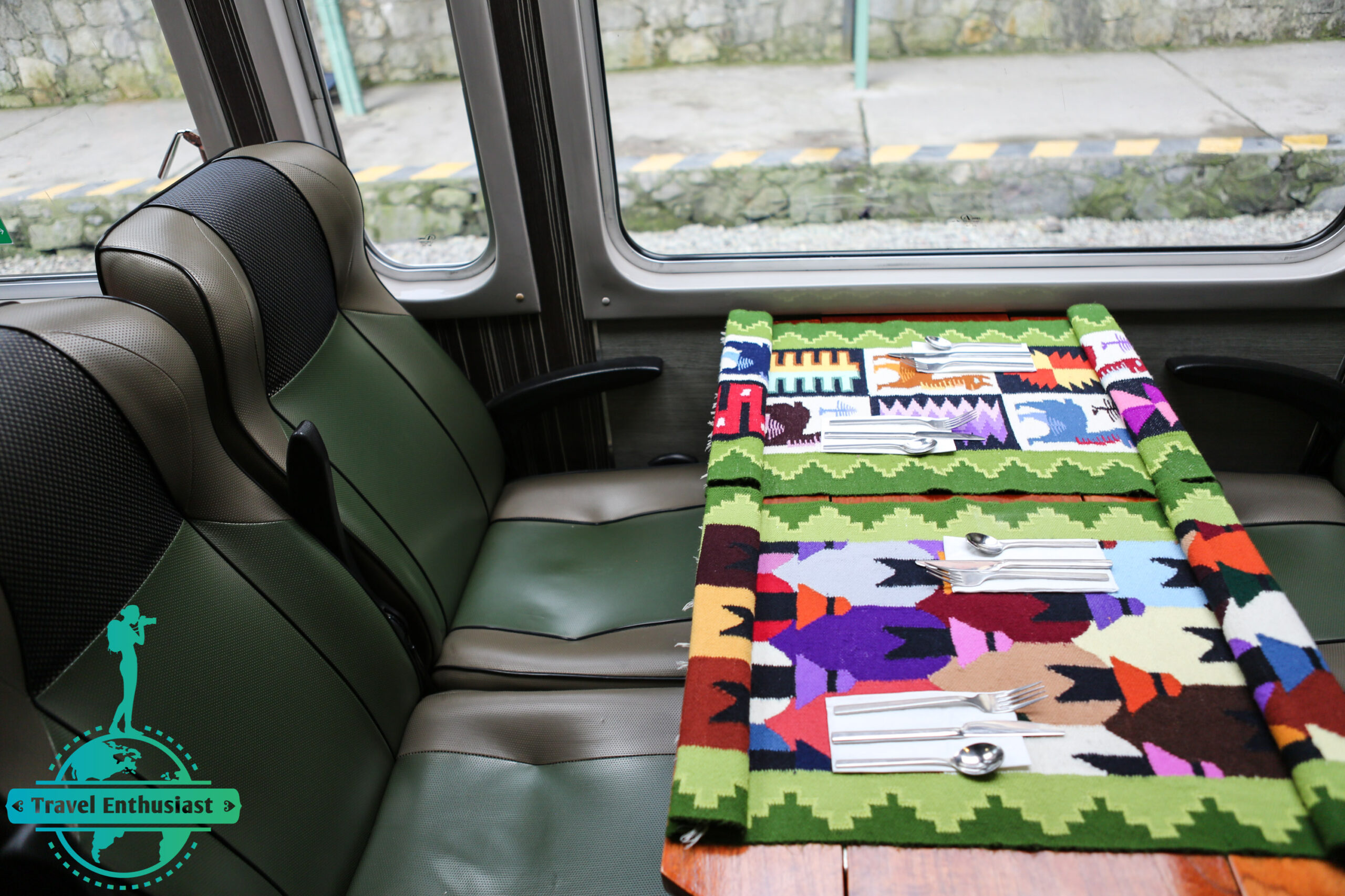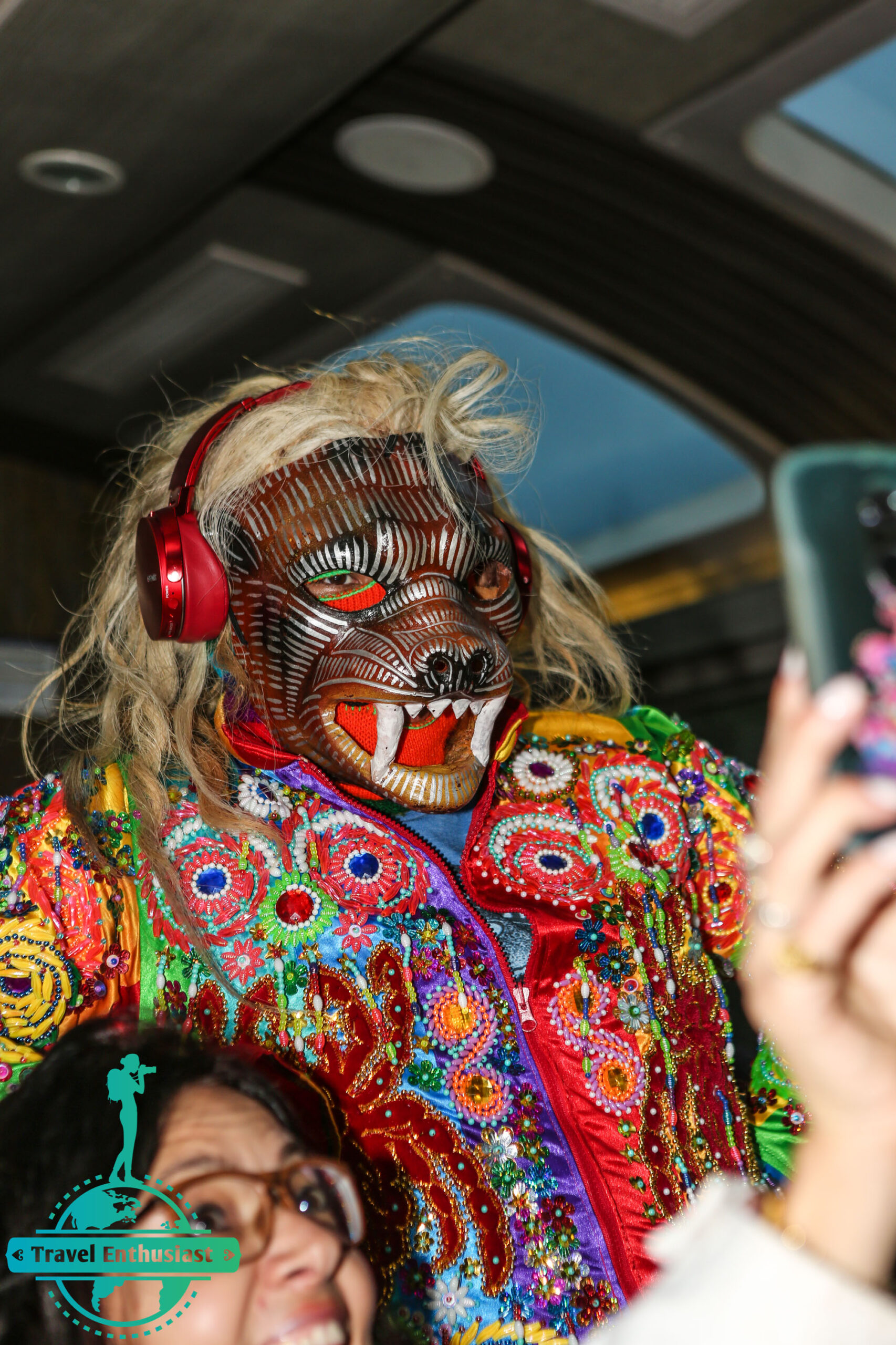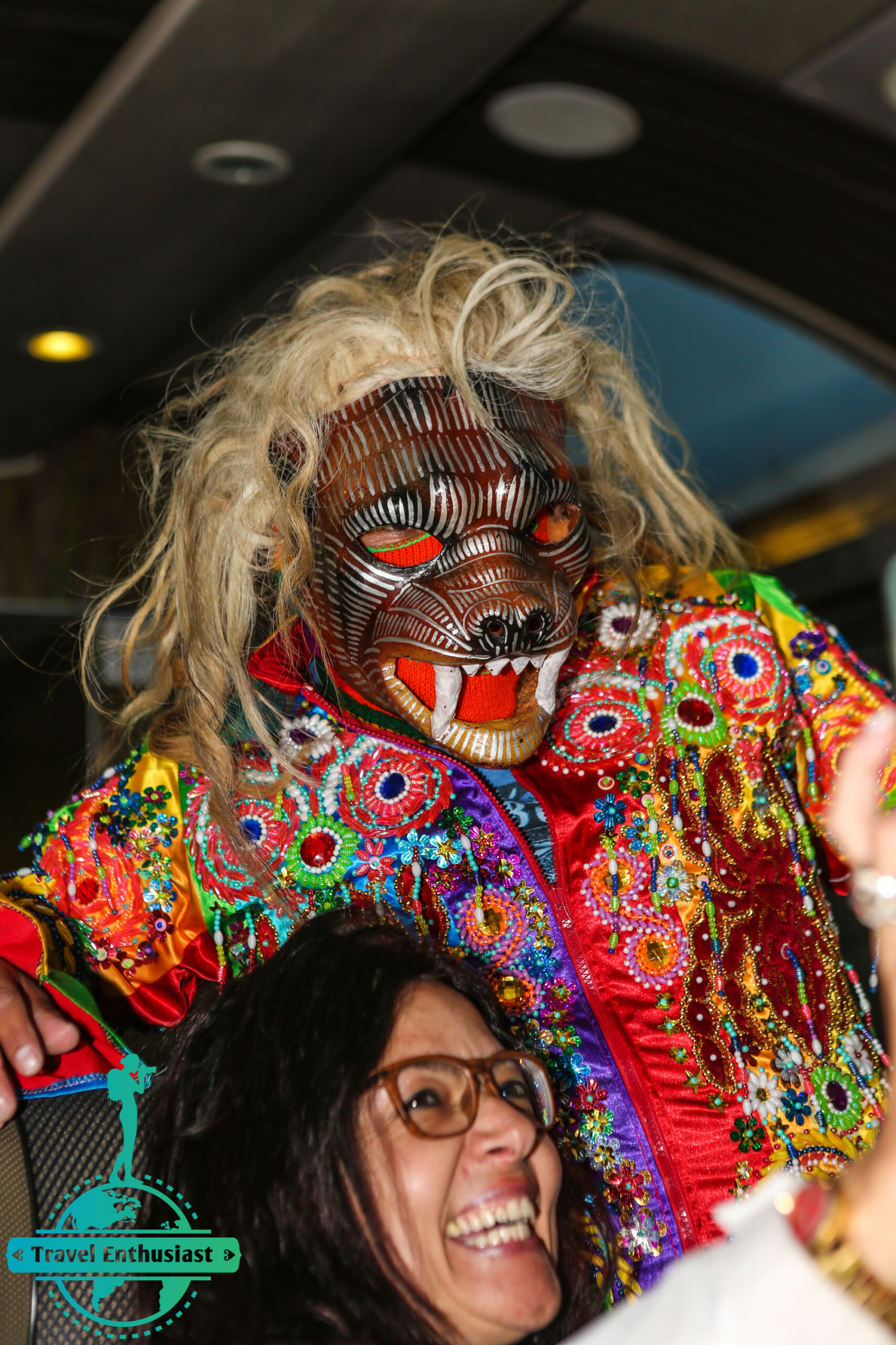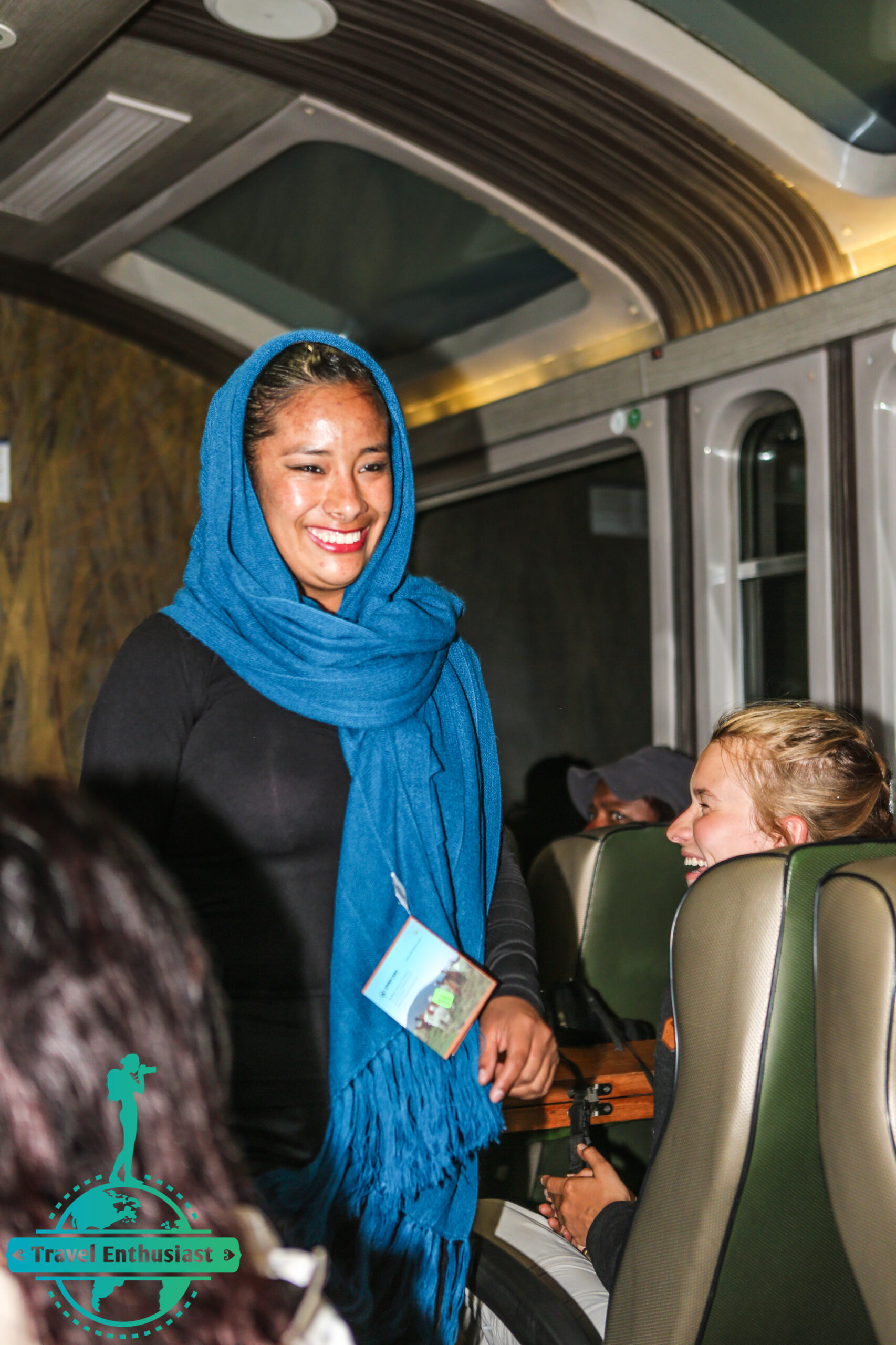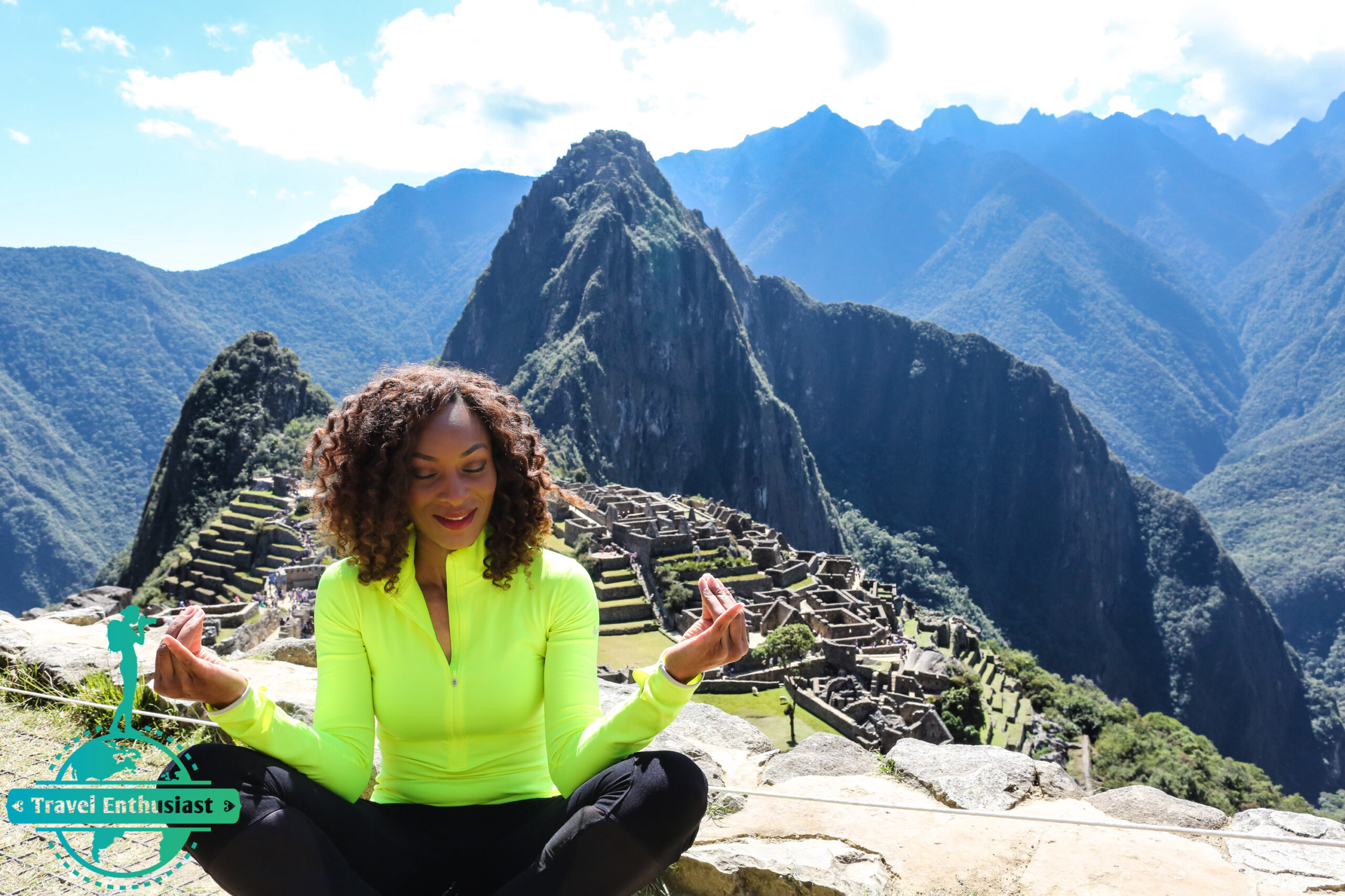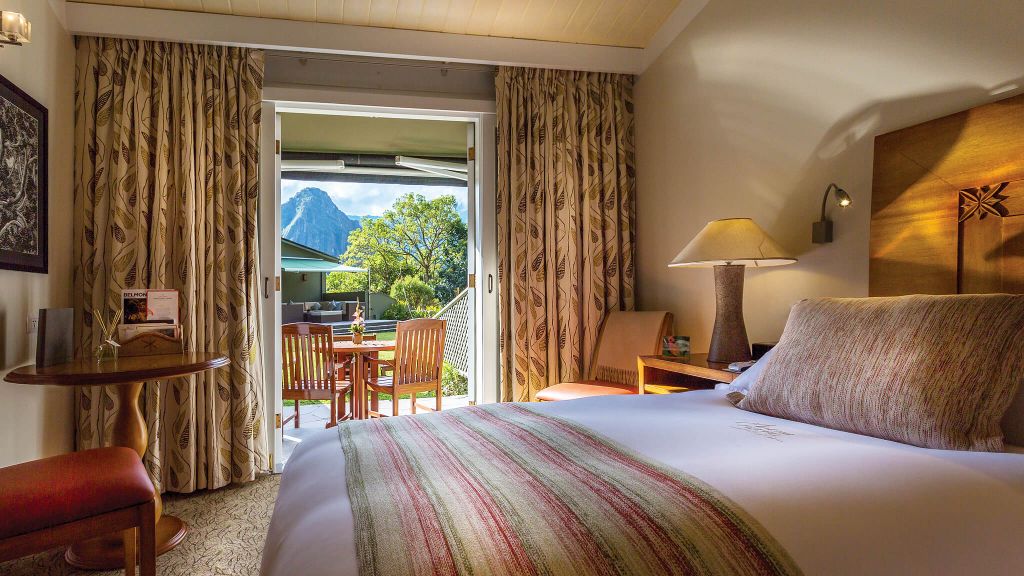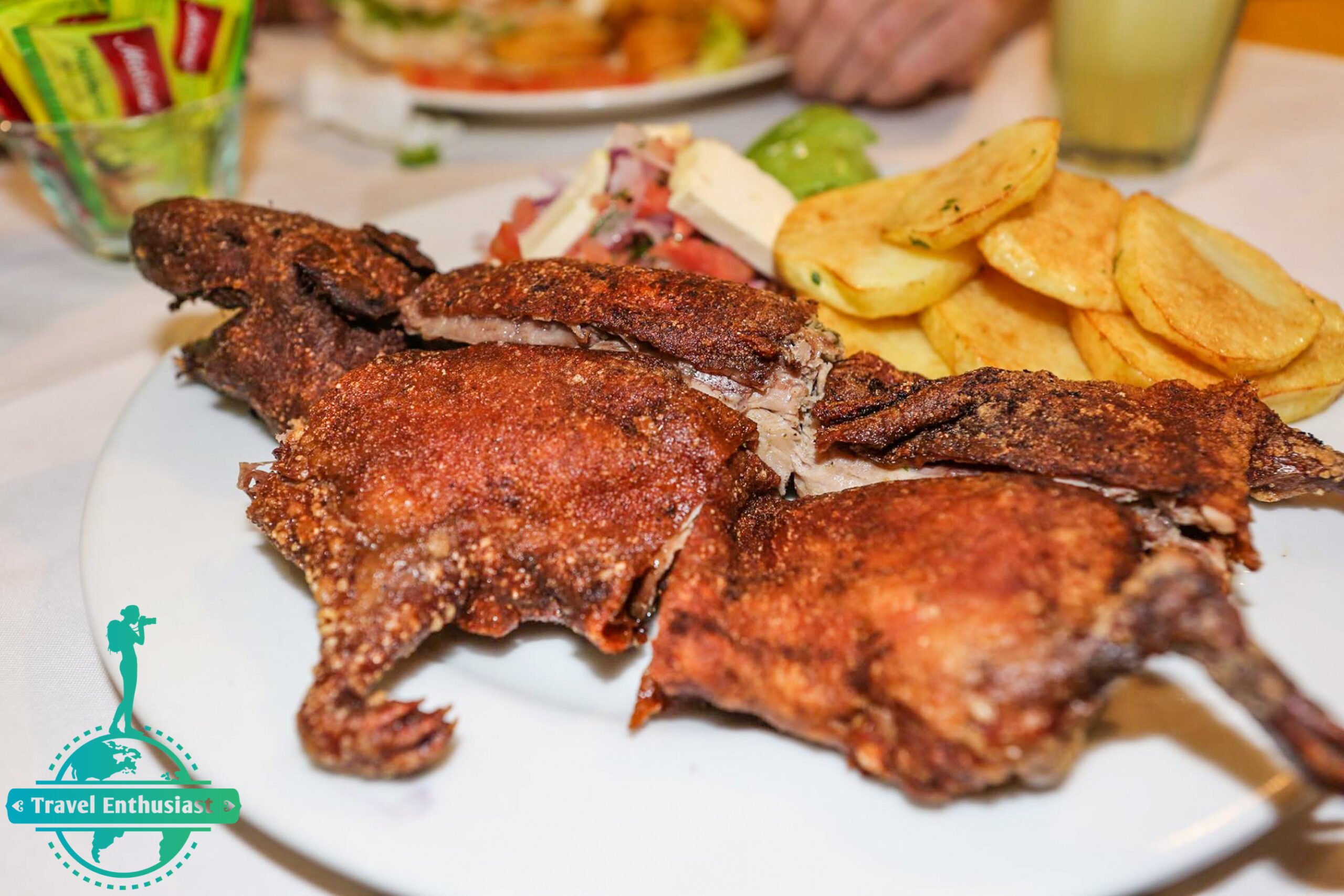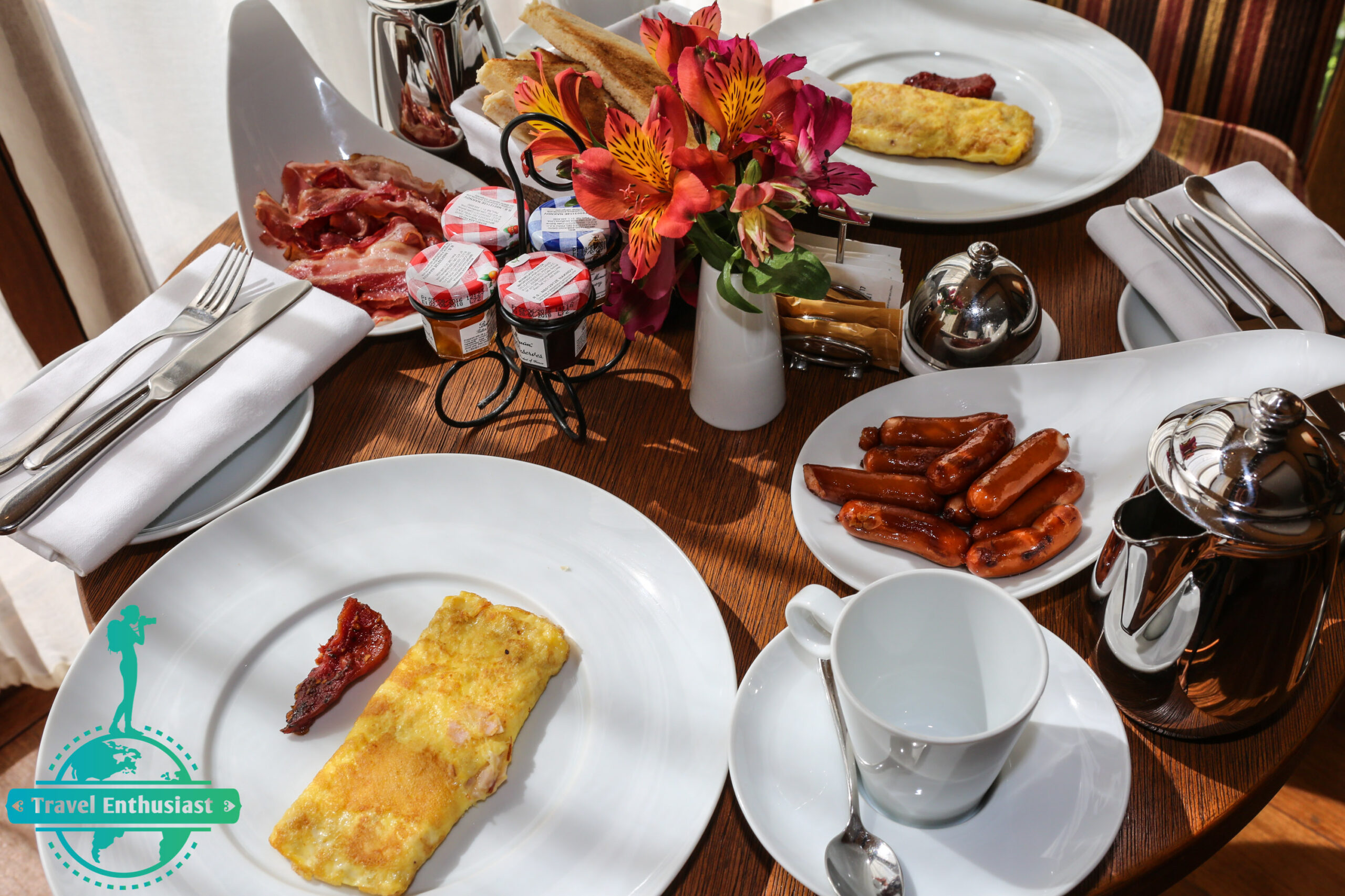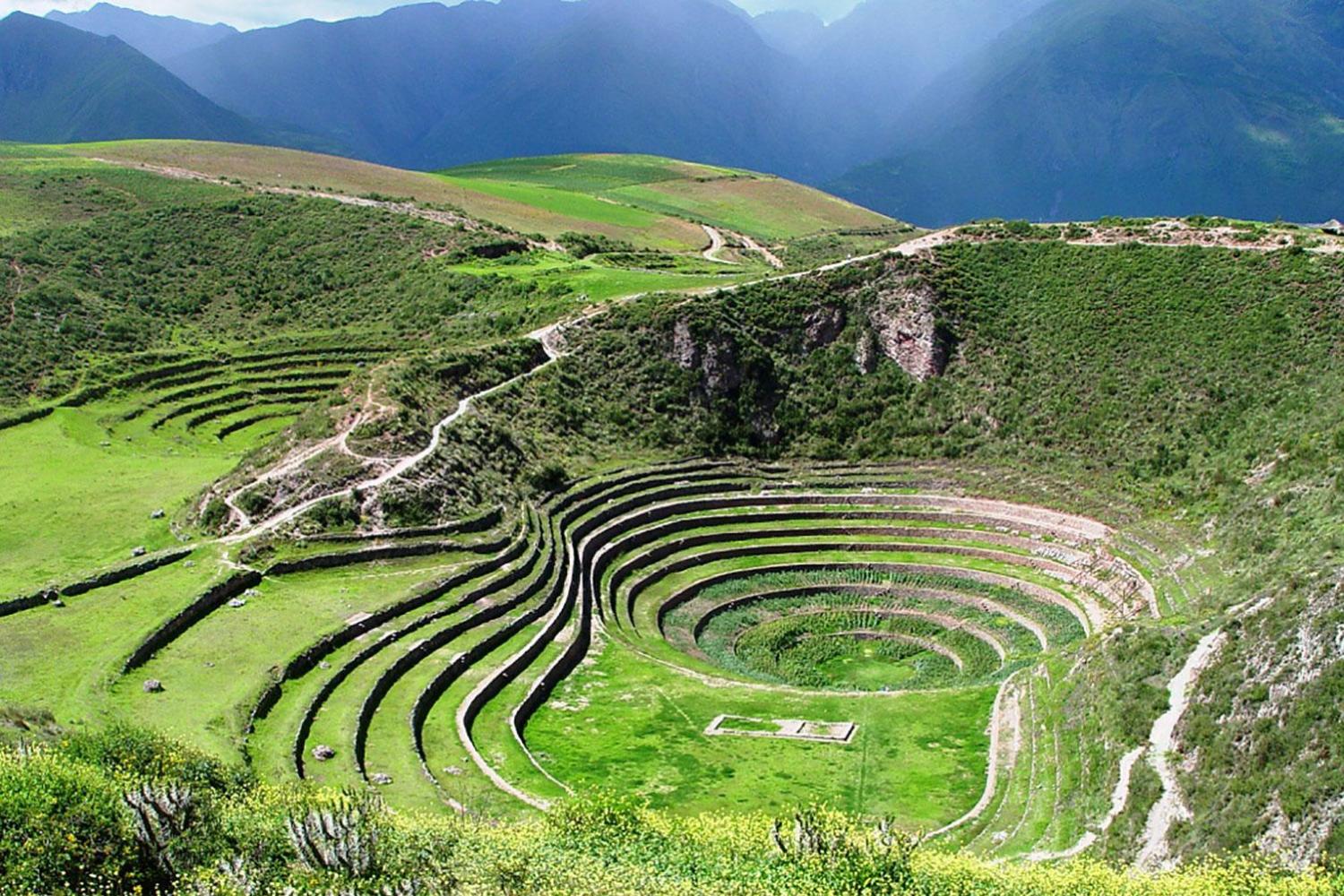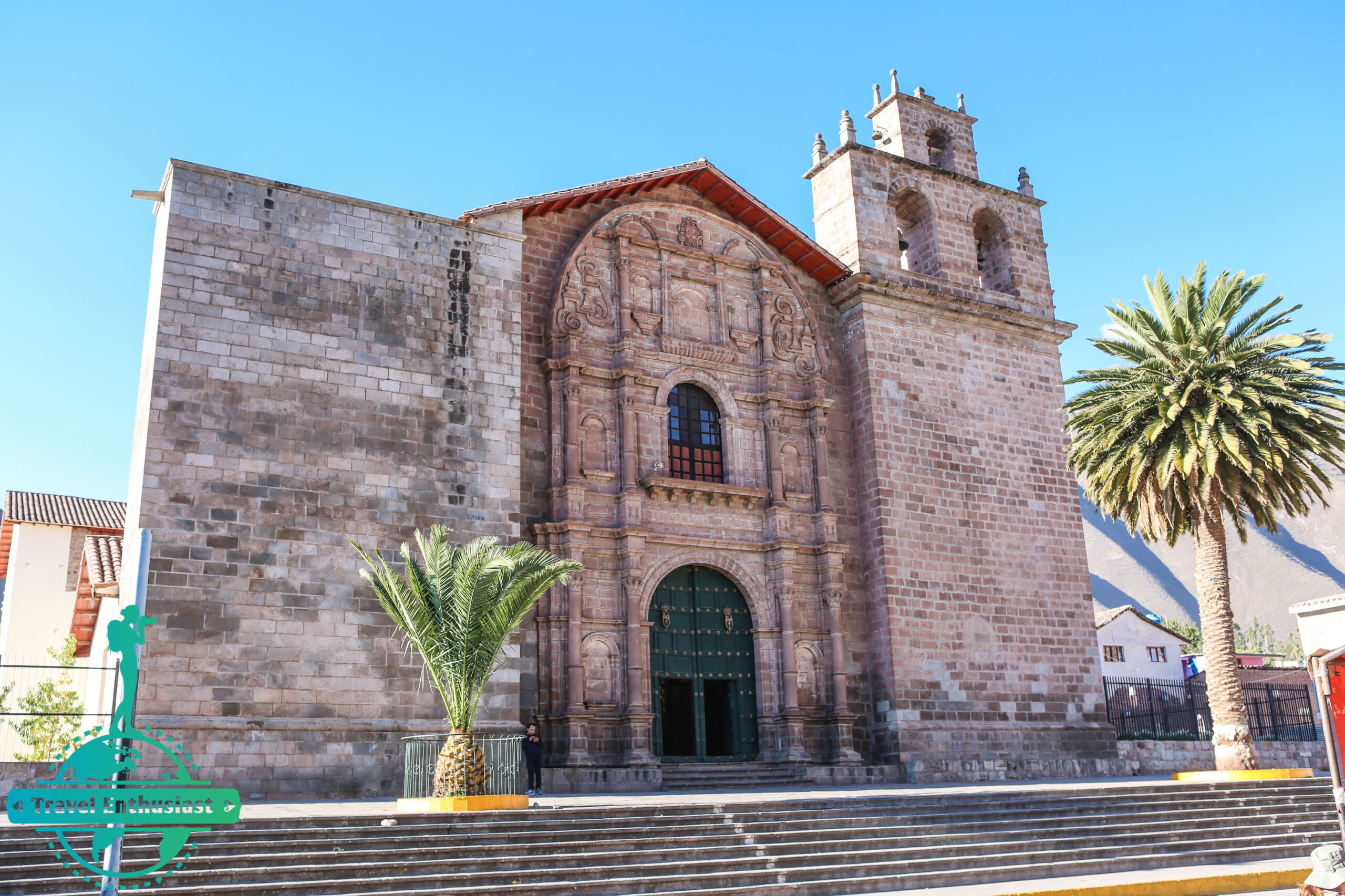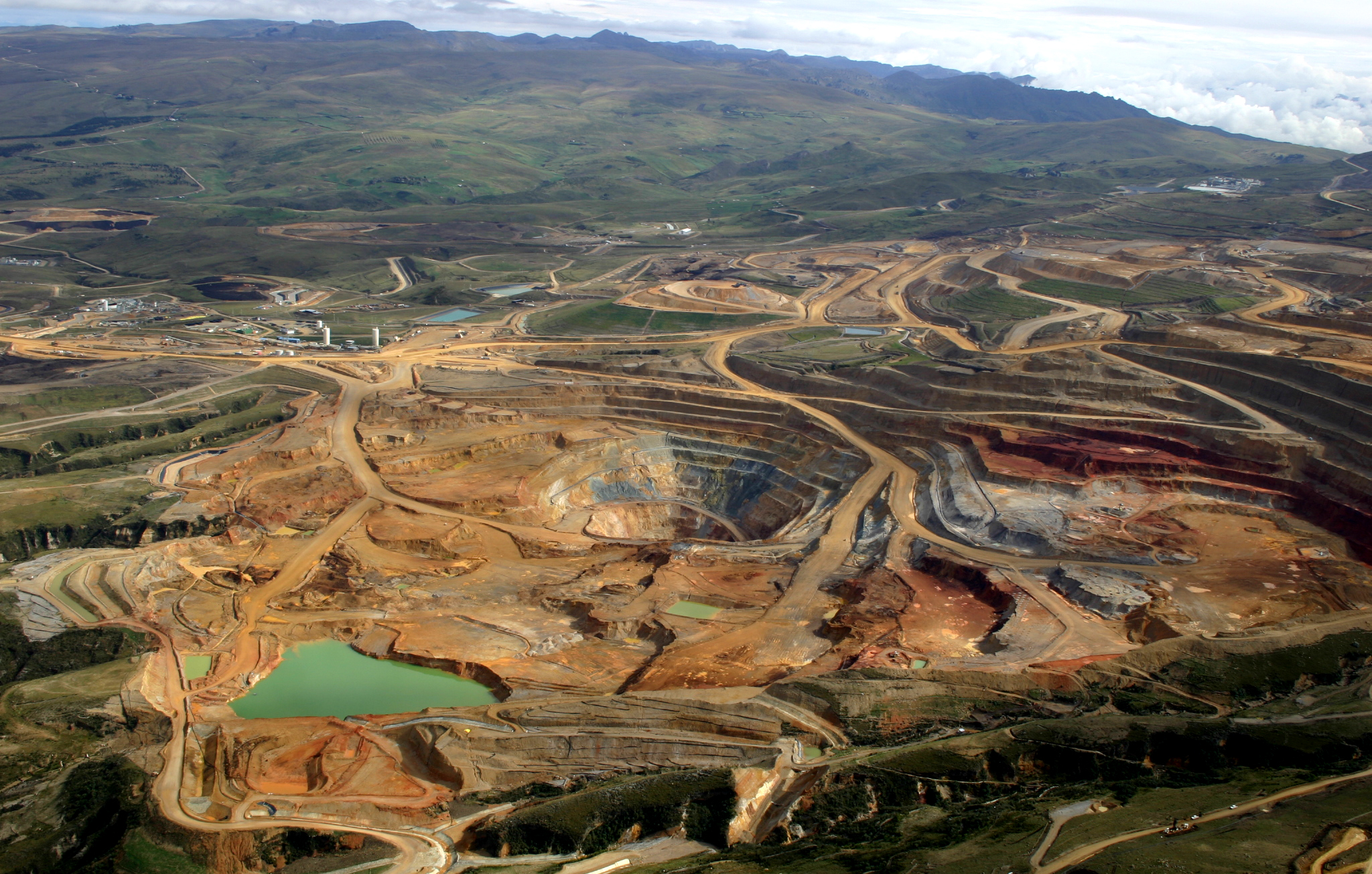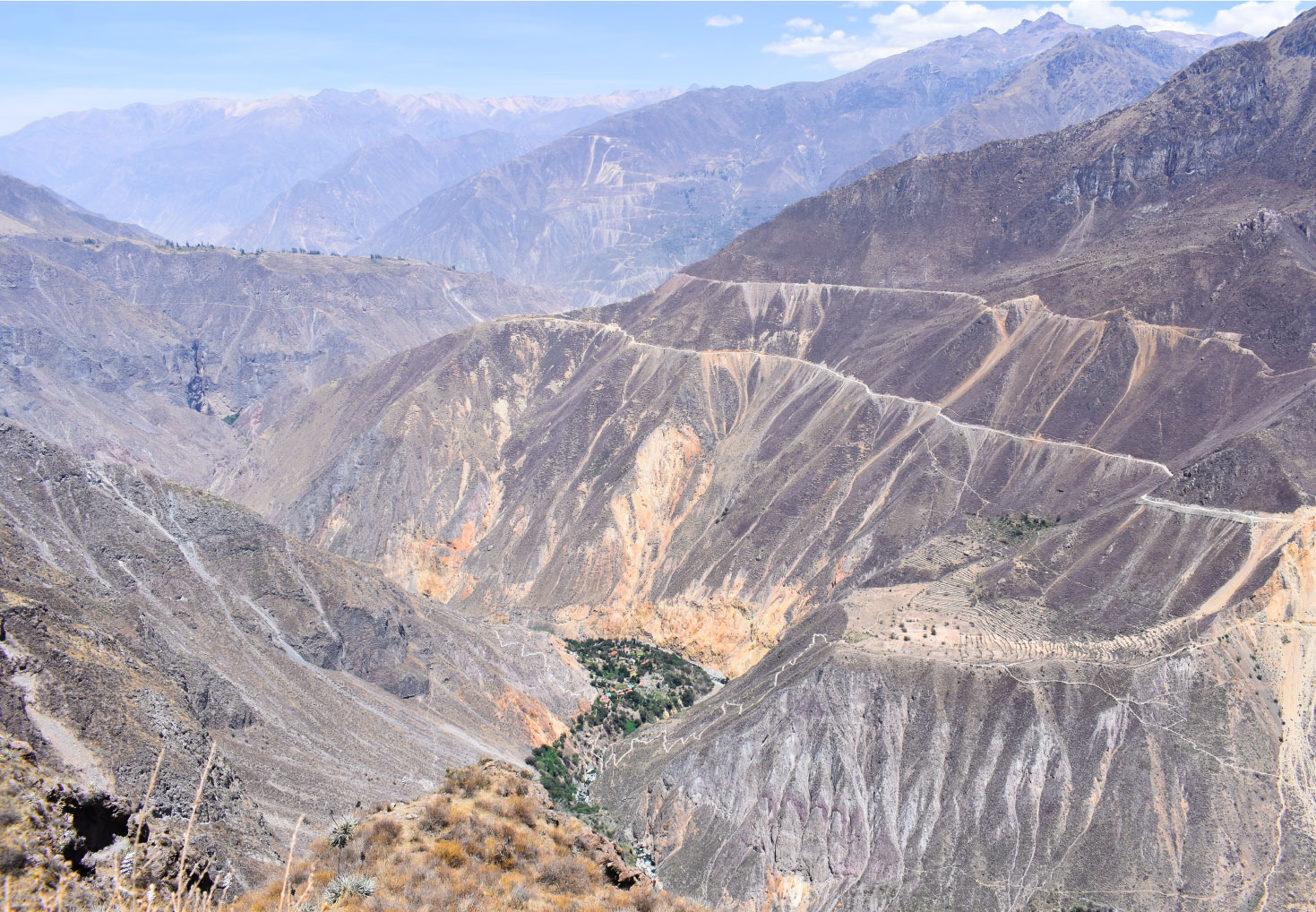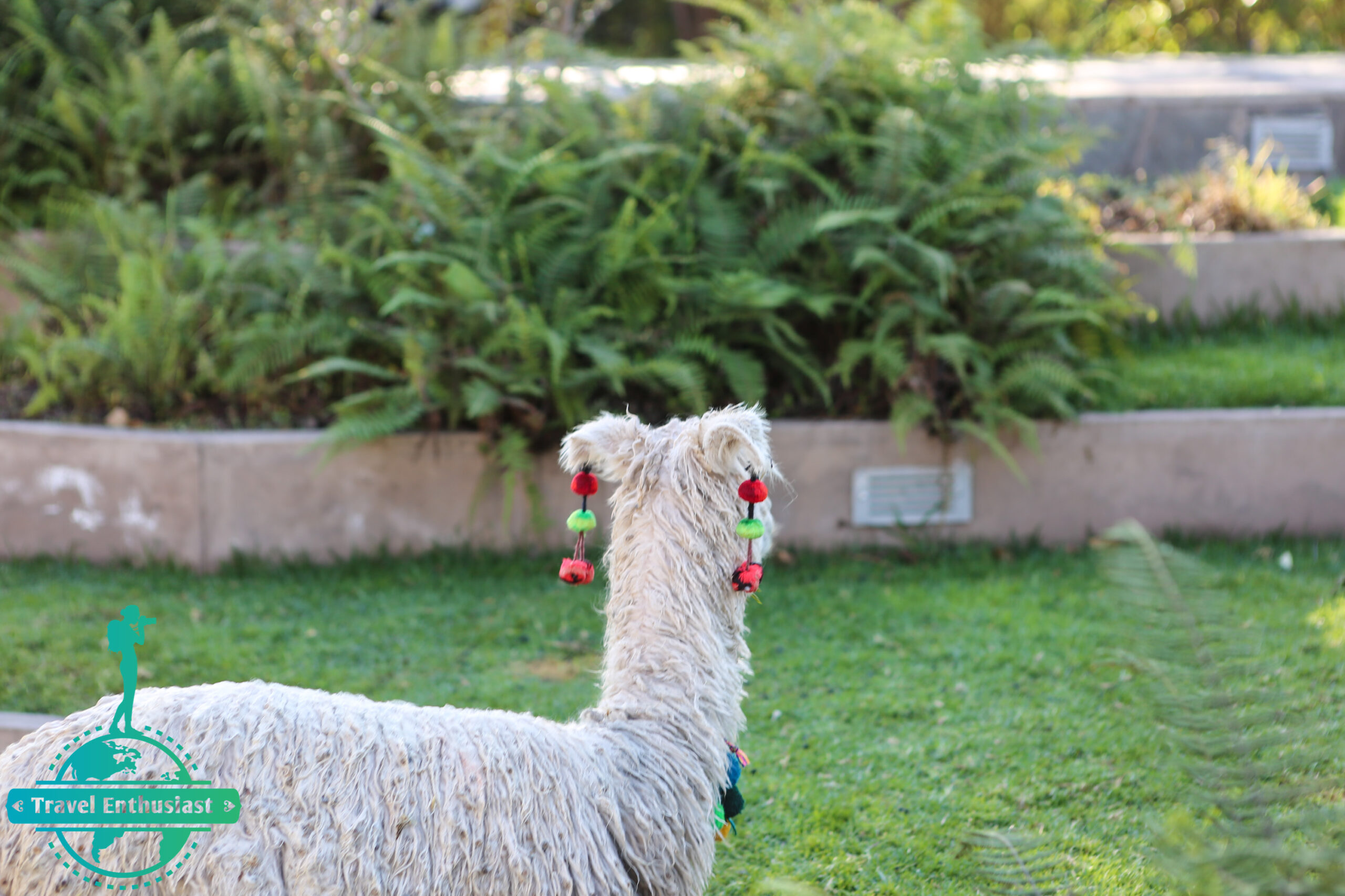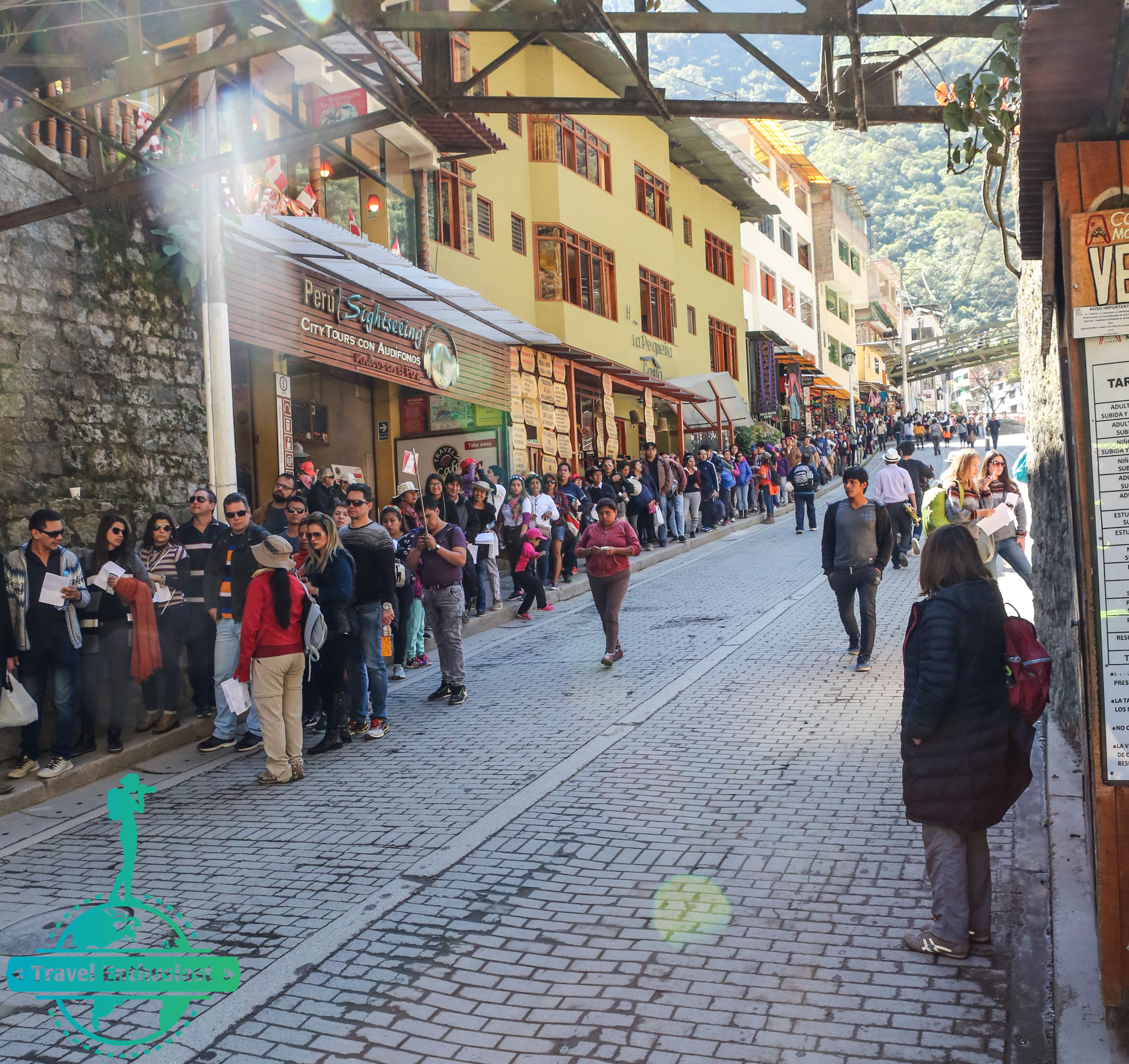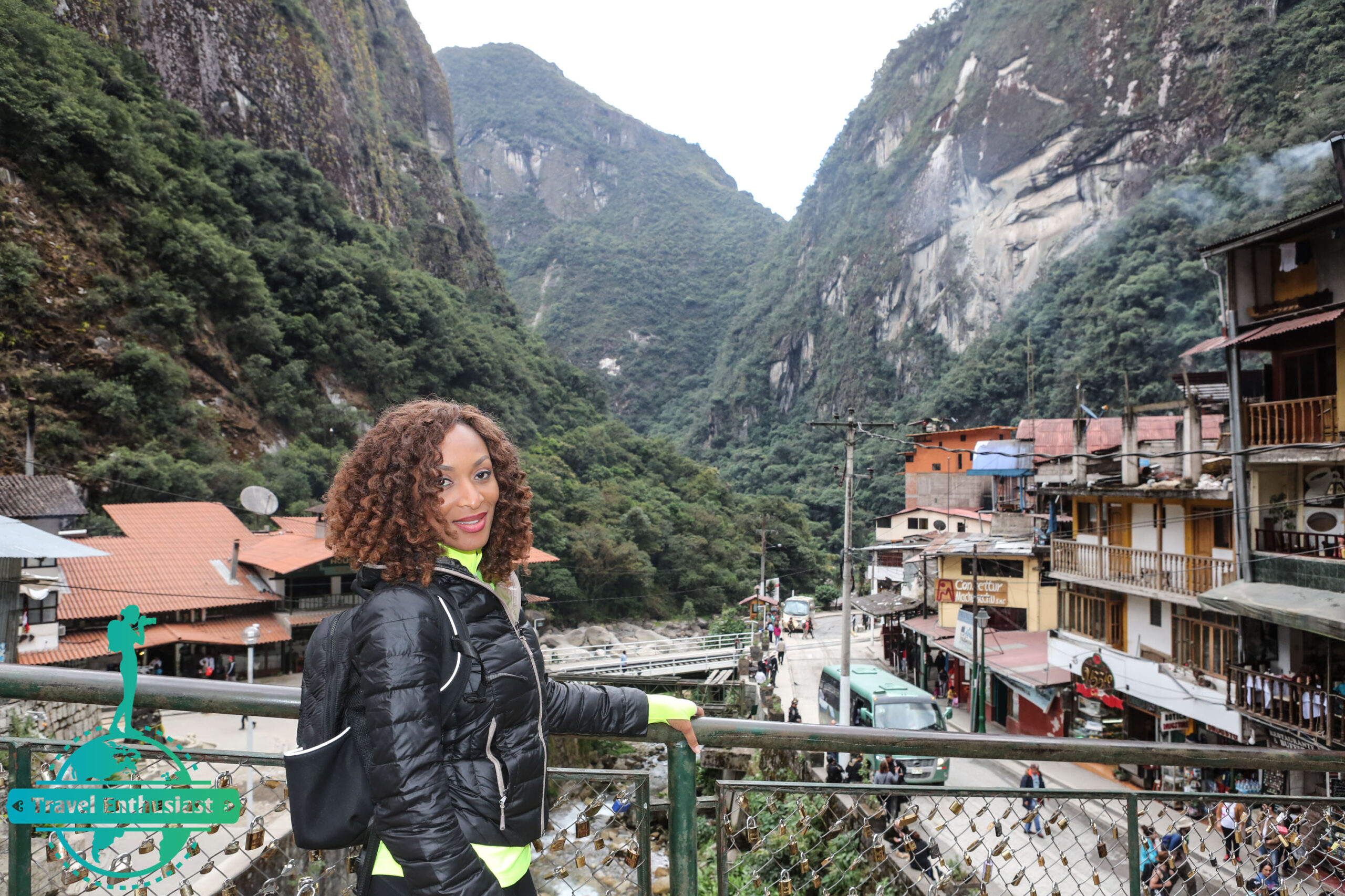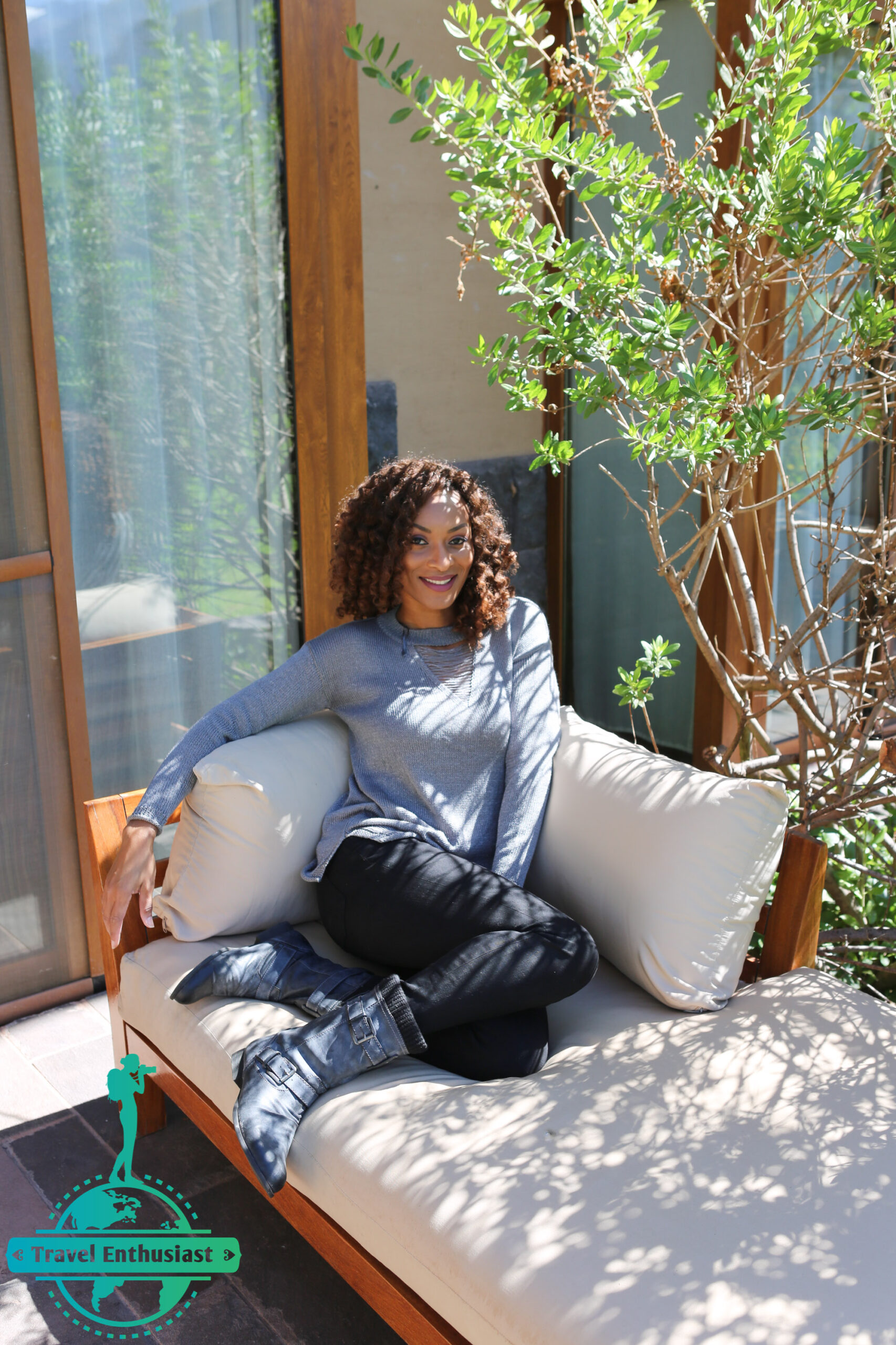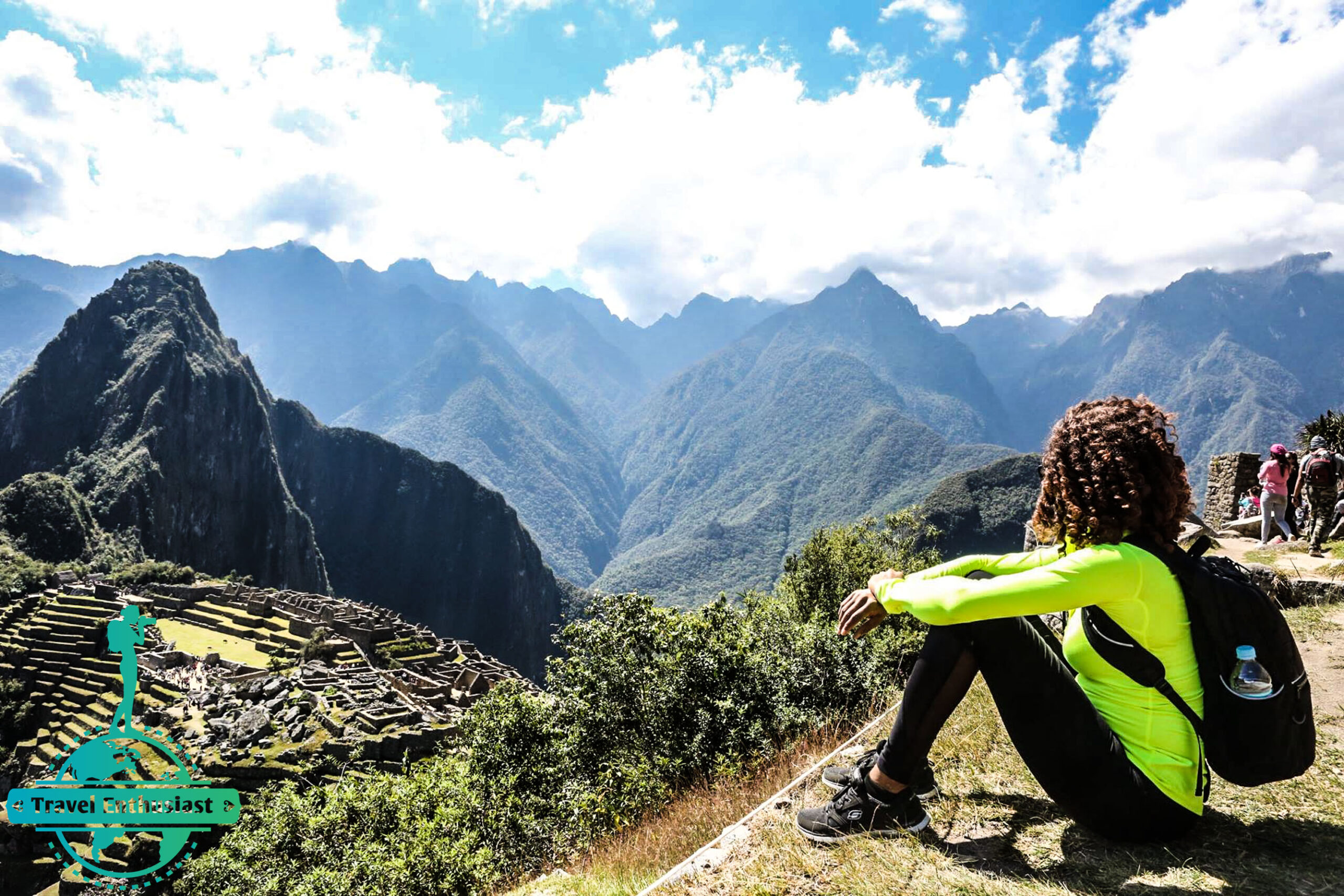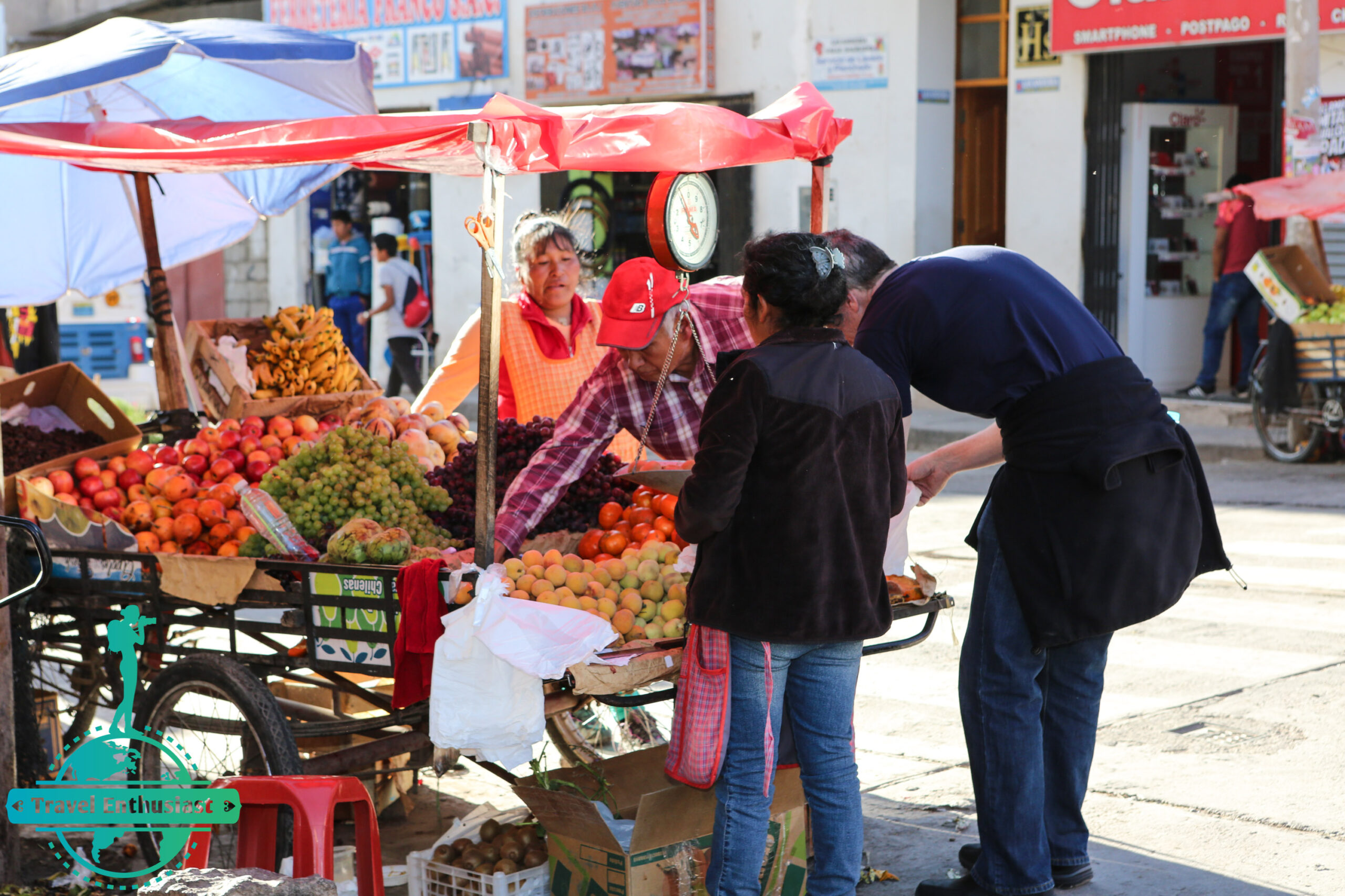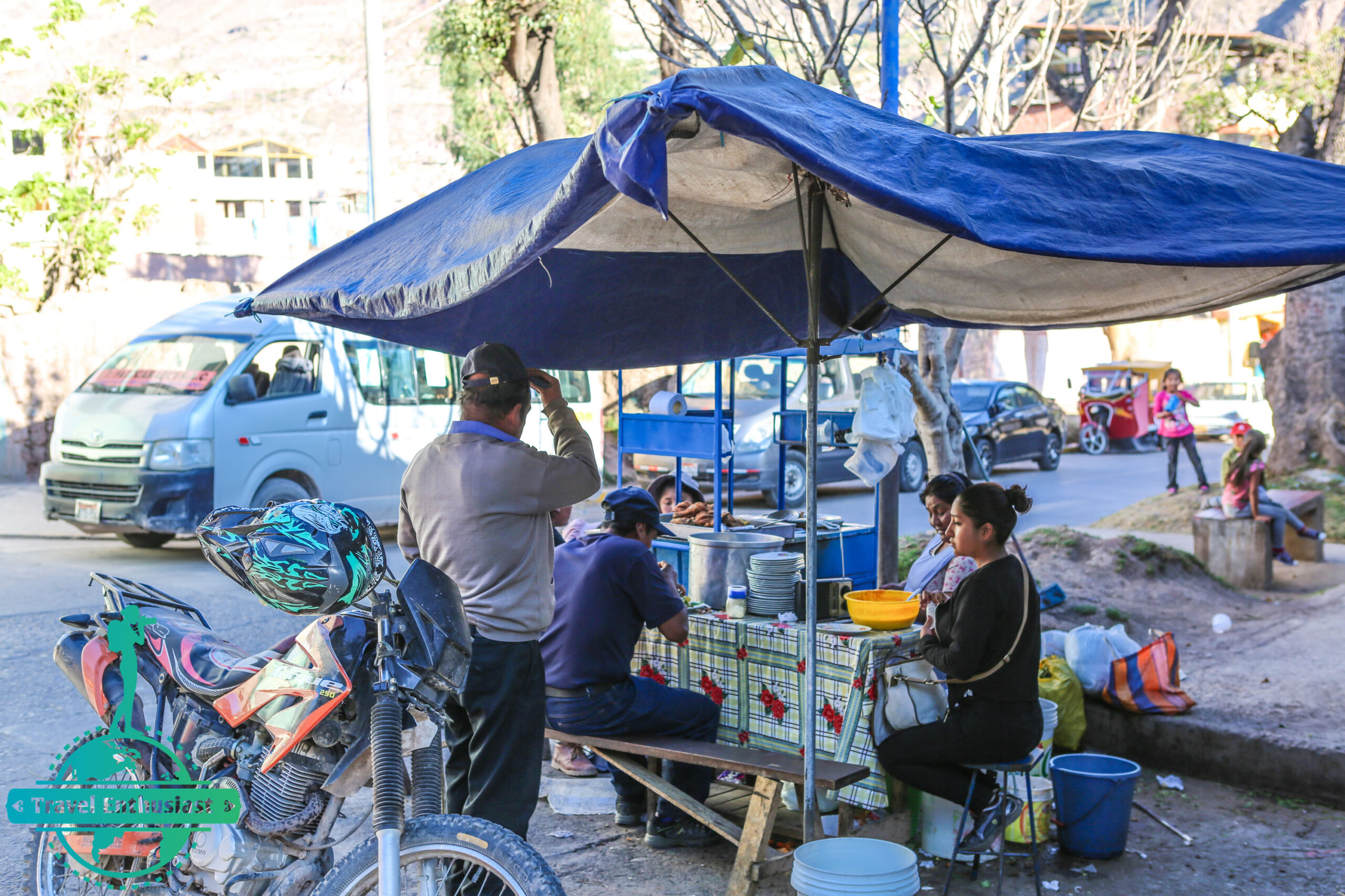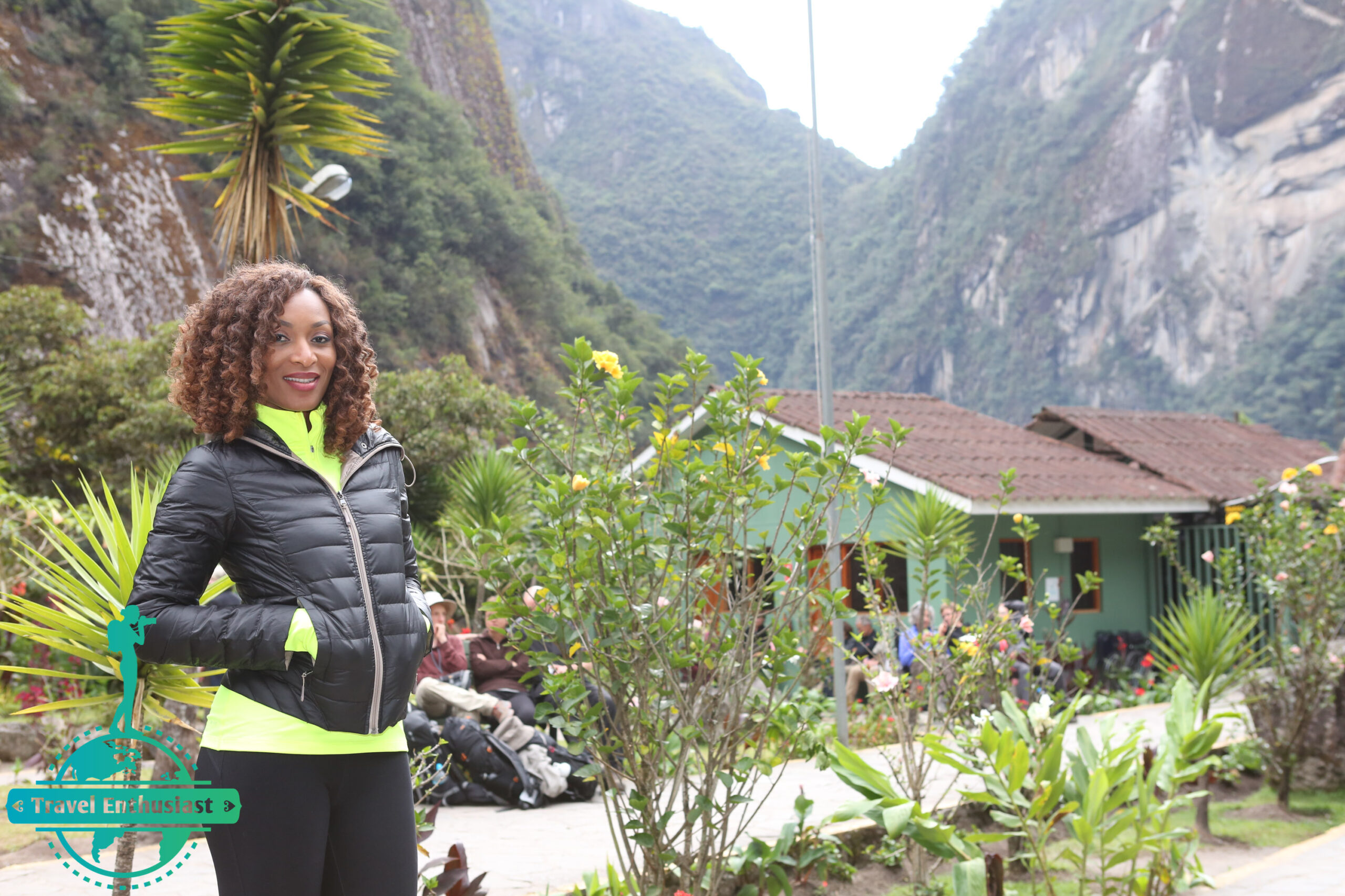1. Peru is an "Open Country", therefore no visas are needed to Peru for U.S. citizens visiting for 183 days or less. However, all U.S. citizens must have a valid passport with at least 2 blank pages and 6 months remaining before expiration to enter and exit Peru.
2. Start drinking ChlorOxygen 6 days before arrival to Peru to assist with the altitude level and to help you acclimatize or minimize extreme headaches caused as a result of being at 11,154.86 ft above sea level. Upon arrival, start drinking Coca Tea. They have Coca candies as well that you can take to prevent your trip from starting miserably. The altitude sickness is real and extreme. It takes about 2 days to finally adjust if you are lucky.
3. When pondering the idea of visiting Machu Picchu, keep in mind that it's relatively strenuous if you want to make it to the top of the mountain like I did. Make sure you are relatively fit, healthy, have no heart problems or issues and have the needed stamina to endure the hike. In July 2017, I was very fit and active and still lost wind and steam. Exploring from the top to capture breathtaking aerial views of the ruins is not for the faint hearted. Be forewarned.
4. When visiting Machu Picchu, be aware that you must have your original Passport on your person, not a photocopy. You cannot purchase a ticket and entry would be denied without it.
5. I strongly recommend that all clients purchase travel insurance after booking your tour to cover your investment. A trip to Peru is quite expensive, from flights, all the way to hotels and exploring Machu Picchu. Good places to seek travel insurance are www.travelguard.com and www.insuremytrip.com.
6. Get tickets to Machu Picchu prior to arriving Peru like we did. This will save you hours line-wise and will ensure you are able to make it in to Machu Picchu Inca ruins on the alloted time slots. Try using the tour company we used https://view-peru.com. They were extremely efficient and had everything sorted out and delivered promptly to my private inbox. Machu Picchu Ruins and Mountain Entrance Tickets for two cost $198 via www.getyourguide.com. You will need to print your tickets out and bring them with you to Machu Picchu, along with your original passports. If you choose not to get them online, remember passports are required to purchase tickets into Machu Picchu even when you are live. Be sure to have it on you.
7. The entrance to Machu Picchu is from 6 am, and to the Machu Picchu Mountain can be explored between 9 to 10 am. Please note that there was a new rule imposed July 1st 2017 by the Ministry of Culture in which, in order to access Machu Picchu, you will have to be accompanied by an official tour guide. But you can hire a guide at the entrance gate of Machu Picchu. TE Tour Guides are currently not available in Peru. The average price for guiding services at Machu Picchu entrance gate may vary between PEN (soles) 30.00 - 50.00 per person. Perhaps more now.
8. To enter the Llaqta of Machu Picchu (Archaeological site), visitors must have their entry ticket, their official identity document (Original Passport) and they must be accompanied by a tour guide for safety and to help protect their physical integrity, especially at risk sites. They must also contribute to the conservation of the cultural heritage and to the organization of the tourist visit. The personnel of the National Archaeological Park of Machu Picchu (PANM) may require the ticket and/or identity document inside the Llaqta.
9. Chinchero is the new location for the proposed Chinchero International Airport, which will serve travelers to the Cusco region. If this is now the case, try flying into Chinchero International instead of Alejandro Velasco Astete International Airport (CUZ). It'd be the biggest relief as it's such a long feat to get to Machu Picchu (see Getting to Machu Picchu from Ollantaytambo Train Station above to get a full briefing on the number of hours, costs, and details of what to expect).
10. From our hotel, we took a cab for 50 Sols, 30 mins later, we got to Ollantaytambo station, a $98 ticket, will get you on the train to Machu Picchu, one way; and another $98 to get you back from the station in Machu Picchu. It is a 2 hr train ride. From Machu Picchu train station, another $25 bus ride will drive you closer to Machu Picchu entrance, which is 30 mins away; after standing in a near infinity line for 2 hrs, you'll arrive! Subsequently, you'll hike 1 hr up the mountain, 1 hr back down, and then explore the ruins for 2 hours. Then Repeat in terms of costs to get back to Urubamba or your hotel in Cusco.
11. Download maps.me and rome2rio.com to offer directions in and around the city with or without WIFI connection.
12. Get a SIM card for international calls to stay connected with family and friends abroad.
13. Always have a copy of your passport on you when exploring the city and the original in your hotel safe. It's imperative to have this on hand for any unforeseen circumstances.
14. If you choose to pet an Native Inca's Alpaca, remember you are required to tip them. It's pretty much a rule. So if you are not ready to part with $5, try to resist.
15. When visiting other countries, remember to have credit cards with no foreign transaction fees in your possession such as American Express or a credit card that garners points; particularly, if you are a points junkie like me. Saving on all those fees goes a very long way.
16. Always remember to withdraw a country's currency at the ATM machine located INSIDE the airport arrival or baggage claim area. This will help you eliminate any fraudlent attempts or prevent you from utilizing an ATM machine that has been compromised. Also, you'll get better exchange rates from your bank, a much lower bank fee in exchange, and you'll save some money by eliminating Bureau de change fees, commisions and questionable exchange rates. Inadvertently, if you forget to do so, or find that you need more funds, you can use you hotel's ATM machine.
17. Try to take advantage of any cities or countries near the country you are visiting. For instance, add Cusco and Lima in the mix on this itinerary to the Sacred Valley. These are cities in Peru and within close proximity. Orchestrating and visiting countries close-by allows you to spend less and also check off more boxes on your life or bucket list. Carpe diem (seize the moment).
18. As always while visiting other countries or cities, wear comfortable shoes, choose appropriate clothing for the climate, weather and/or region. Be mindful, be modest, be aware, be alert, and be kind. Always try to adapt to each countries ideals and requirements in-lieu of imposing your own.
